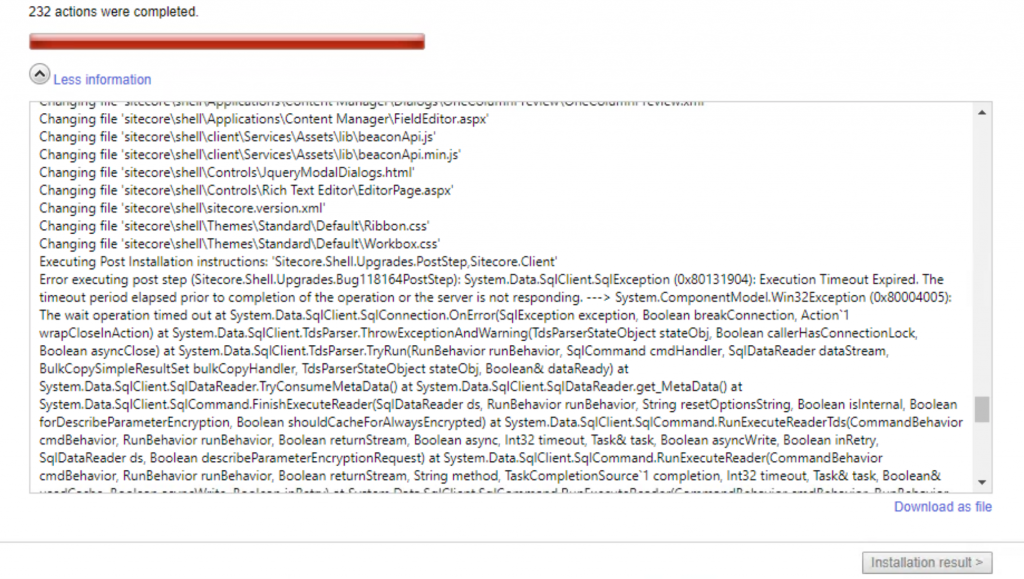
Unfortunately I wasn’t able to attend Sitecore SUGCON in Dublin a couple of weeks ago as I already had a family trip planned for Easter. However the clear message coming from SUGCON is that Sitecore have a renewed focus on their customers who are still on the XP and XM platforms and are investing in them significantly in 2024 and beyond with support for DXP until at least 2032.
TLDR: Sitecore XP 10.4 is out now and is definitely worth a look. You can download it here and read more about it below.A new Product focused CEO
You might have seen last week that Dave O’Flanagan was appointed CEO of Sitecore, this has really resonated with the Sitecore Community and partners as Dave O’Flanagan joined Sitecore as part of the acquisition of Boxever (where he was CEO) back in 2001 and therefore is more product focused. This in my view is great news for the platform and will hopefully see customers seeing an better ROI and Sitecore move back into the Leaders category in the Gartner Digital Experience Platforms Magic Quadrant.
For those who were thinking XP/XM were dead, thankfully this does not seem to be the case at all. This is proven by the release of Sitecore 10.4 out today which has a number of improvements and features that Sitecore XP customers will appreciate.
In this blog post I’ll provide an overview of some of the new features and improvements included and discuss what to expect in future releases of the DXP.
What can we expect in future XP/XM releases?
Sitecore talked at SUGCON about improving the User Experience for Marketers and creating a better Developer Experience for Sitecore developers too. Sitecore UX improvements in XP will be a welcome update as the interface has been due some modernisation for a while – especially experience editor.
There will also be more Composible integrations coming to make it easier for customers to gradually move towards an SaaS approach.

AI integrations have been promised across all of Sitecore’s platforms and products – including XP/XM. We don’t really know what this will involve or look like currently but this is likely to be across content creation, search, content testing, personalisation and more. I actually generated the header image for this post with AI, so It will be interesting to see how this all works and could be a great addition for Sitecore XP users.

One of the strategies talked about at SUGCON is releasing Modules for Sitecore XP/XM to avoid having to wait for large platform releases. You will see this in practice already in the 10.4 release (and actually before) with some of the XM Cloud / CDP migration modules Sitecore have been working on to help customers move to SaaS from XP. Read on for more details.
Whats new in Sitecore XP 10.4?
This isn’t an exhaustive list but the highlights I’ve picked out that I think may be important to a number of customers. If you want to see a list of everything included you can read the release notes here. There are over 200 enhancements to functionality, robustness, performance, and supportability in total.
Accessibility Improvements
10.4 is now compliant with the W3C ARIA Authoring Practices Guide (APG) – so content editors can now navigate the content tree, ribbon and fields via the keyboard as well as create, rename, move, and delete items and interact with fields. A visual indicator is also provided to allow visually impaired users to know where the cursor is (see aria tags and purple outline below).
Accessibility will be a focus for a lot of Sitecore customers in the coming months with the new European Accessibility Act 2025 coming into force soon.
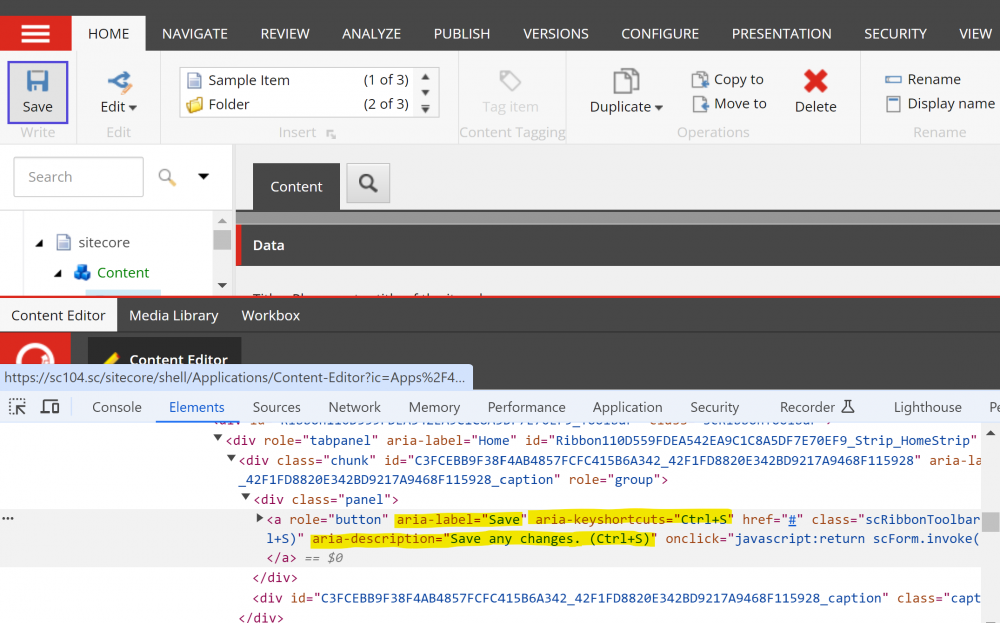
Modules / Tools to help with Migration to SaaS
So I mentioned earlier that Sitecore are creating modules outside of the core platform for various features and functionality which can be released independently of the platform. Well 10.4 ships with an updated module and an brand new Module, which are both designed to help customers to move from XP/XM to SaaS quicker and easier.
XM to XM Cloud Content Migration tool
Despite an version 1 of this tool actually existing since December 2023 I totally missed it had been released. However with 10.4 the new version of the tool available today provides more functionality than the old version. The tool is compatible with any version of Sitecore from 10.1 onwards and allows you to migrate content, media and user data to XM Cloud.
Key features are:
- GUI (Graphical User Interface) and CLI (Command-Line Interface).
- Select content items and media items with a TreeView.
- Migrate media items using CDN or media binaries stored in on-premise MSSQL database.
- Migrate users to an environment in Sitecore Cloud Portal.
Note: the tool will work with XP but it is designed to export XM only content. It will therefore not export site layouts/renderings, xDB data, commerce data as these are not supported in XM Cloud and don’t exist in XM.
This should really simplify the process of moving your XP/XM data to XM Cloud when migrating. More features and functionality are likely to be added over the coming months.
xDB to CDP Migration Tool
This is a brand new tool available today with the release of 10.4 which allows customers to export their xDB data to the CDP platform. It utilises Sitecore Connect and region specific recipes provided by Sitecore to to extract the data and import it into CDP. The tool can be used with any version of Sitecore from 9.0 upwards and supports Contact facets (out-of-box and custom) and Contact List names.
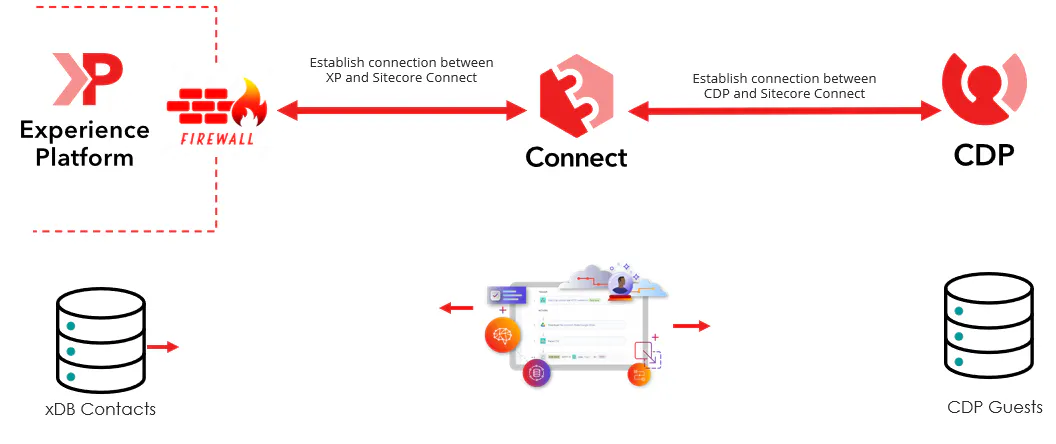
I’ve not had chance to experiment with it yet but it looks like it could be really helpful for customers looking to move to XM Cloud / CDP from XP.
XP Analytics Extractor
This is another new open source module which allows you to export interaction data from xConnect to a SQL database or CSV file. The tool is compatible with all versions of Sitecore XP from 10.0 onwards. It means you can then Combine xDB data with other data sets and also use Power BI to create reports. There isn’t much information about this currently from what I can see, but I believe one of the benefits of this is being able to reduce the data you store in xConnect by pruning it but maintain it elsewhere for reporting purposes.
Codeless Schema Extension module
I couldn’t find much on this module but a new Codeless Schema Extension module is available in Sitecore Connect which enables business users to extend the xConnect schema without needing to write any code. I will include more detail here once I’ve had chance to look at it in more detail.
SXA Updates – Tailwind support
You can now choose to use the Tailwind grid system for SXA instead of bootstrap or one of the other grid systems supported. This is a interesting addition and gives more options to those using SXA on XP.
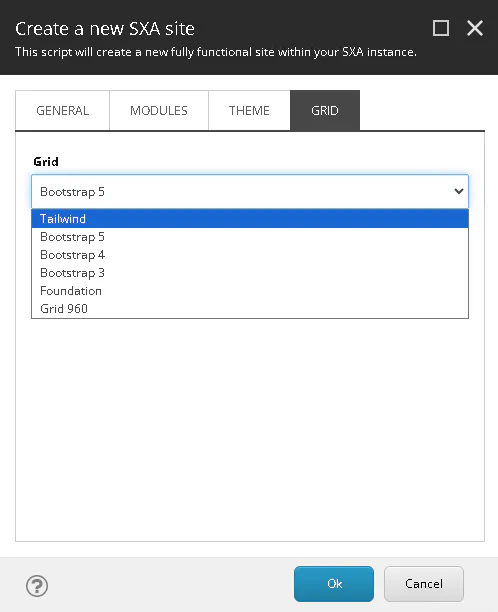
Javascript Library Updates
I believe this was a lot of work for the Sitecore development team and I can see why. Upgrading these across the XP platform was no doubt quite tricky. I’ve taken a look at some of the updates in 10.4 and the versions are now a lot newer which means that there are less security vulnerabilities (I believe there are some in older versions of jQuery for example).

Some updates of note that I’ve seen are as follows:
- jQuery v1.12.4 (released in 2016!) > jQuery v3.6.3 (released in December 2022)
- jQuery UI v1.10.3 (released in July 2013!) > jQuery UI v1.13.2 (released in July 2022)
- Backbone.js v1.0.0 (released in 2013!) > Backbone.js v1.4.1 (released in 2022)
- Bootstrap v3.2.0 (released in 2013!) > Bootstrap v3.4.1 (released in 2019)
- Prototype v1.7 > Prototype v1.7.3 (not such a big upgrade)
- RequireJS v2.1.10 (released 2014) > RequireJS v2.3.6 (released in 2018)
- Sitecore Speak JS v1.0.1 (released 2013) > Sitecore Speak JS v1.0.3 (released 2023)
Security Improvements
The release notes say “Enhanced security and supportability across the product and in 3rd party libraries, to reduce potential vulnerabilities, and to reduce the likelihood of requiring security updates in the future”.
Looking at the list there are approximately 30+ security fixes/improvements included in 10.4. It’s imposible to know exactly what these security issues are but it’s prudent to upgrade if you can just to eliminate your exposure to these security issues.

Compatibility Updates
Sitecore XP 10.4 adds supports for: SQL Server 2022, Solr 8.11, latest Azure Kubernetes Service and also containers for ltsc2022 images. Support for ltsc2019 images will be coming in the next few weeks.
So in conclusion, whether your currently considering a move to the new SaaS XM Cloud platform (but not took the plunge yet) or plan to stay on XP/XM for the short or long-term is probably makes sense to upgrade to Sitecore 10.4 in the near future if you are able to do so in order to take advantage of these improvements.
Hopefully this is a useful guide for others wondering about Sitecore XP 10.4. If you’d like to install it then the quickest way to do so is usually SIA but you can use SIF if you like.
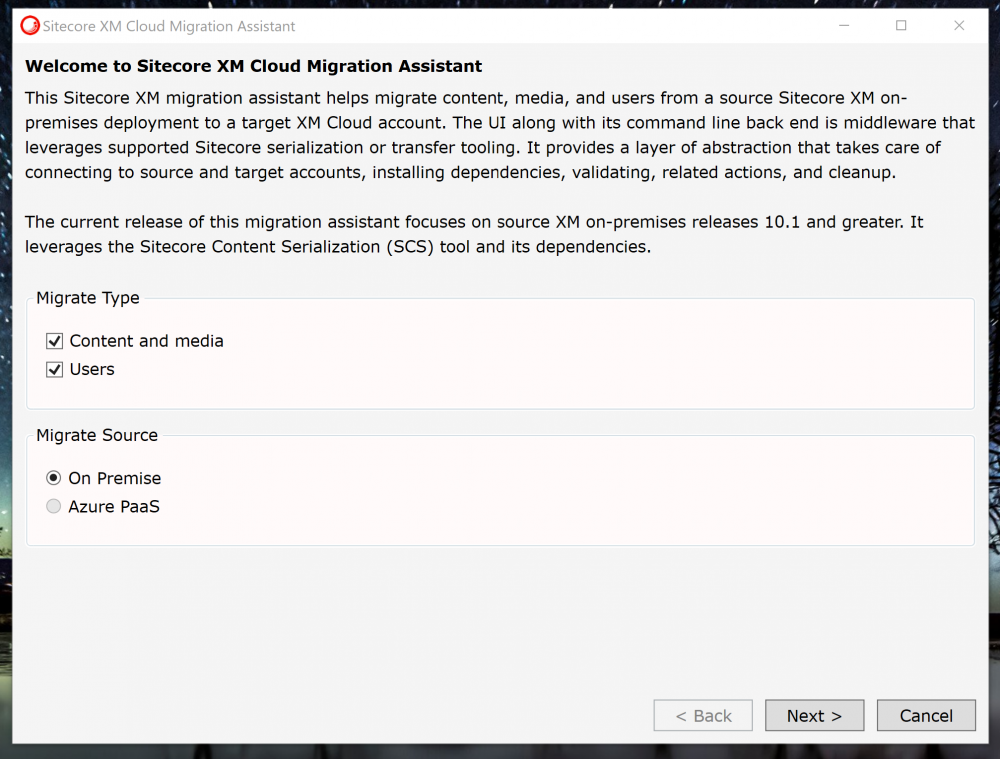
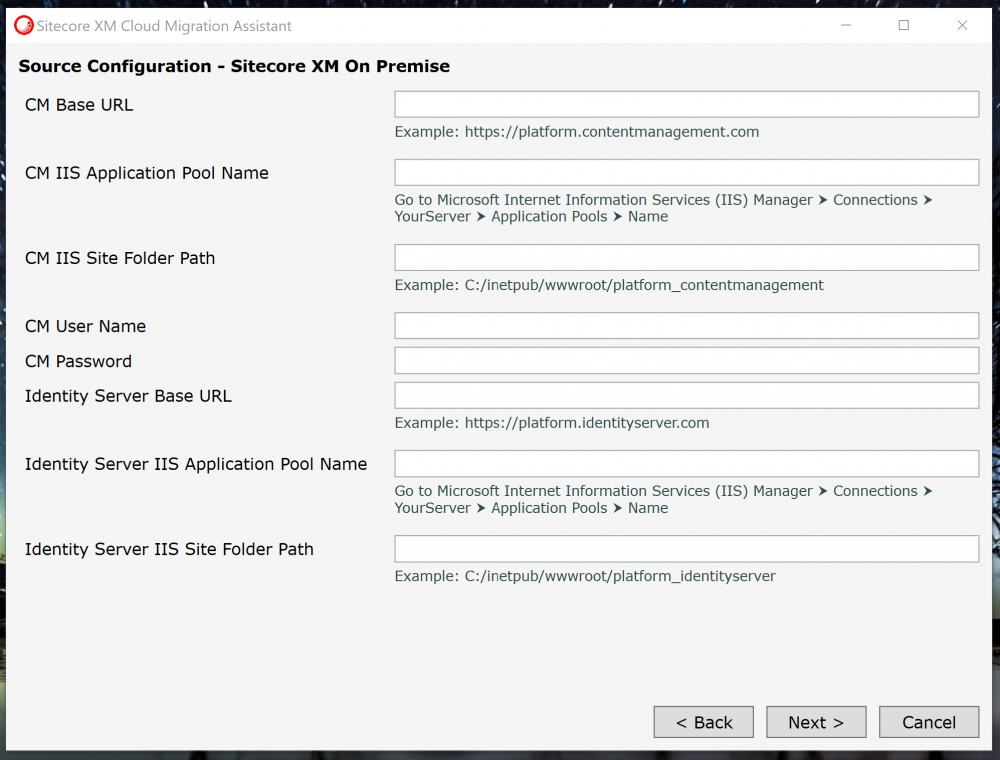
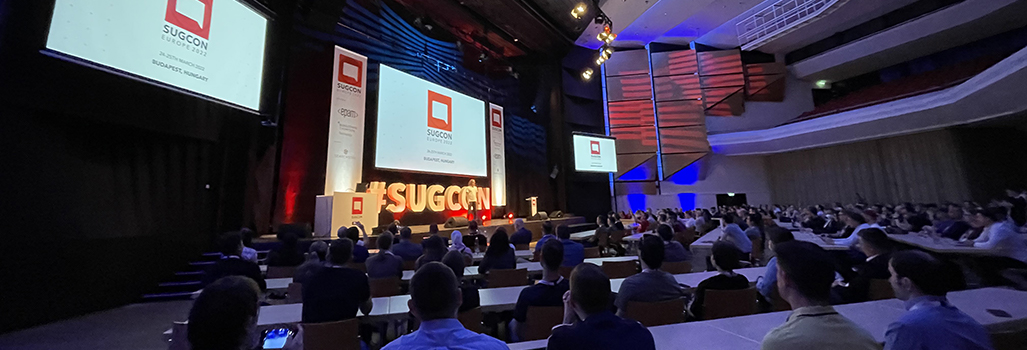
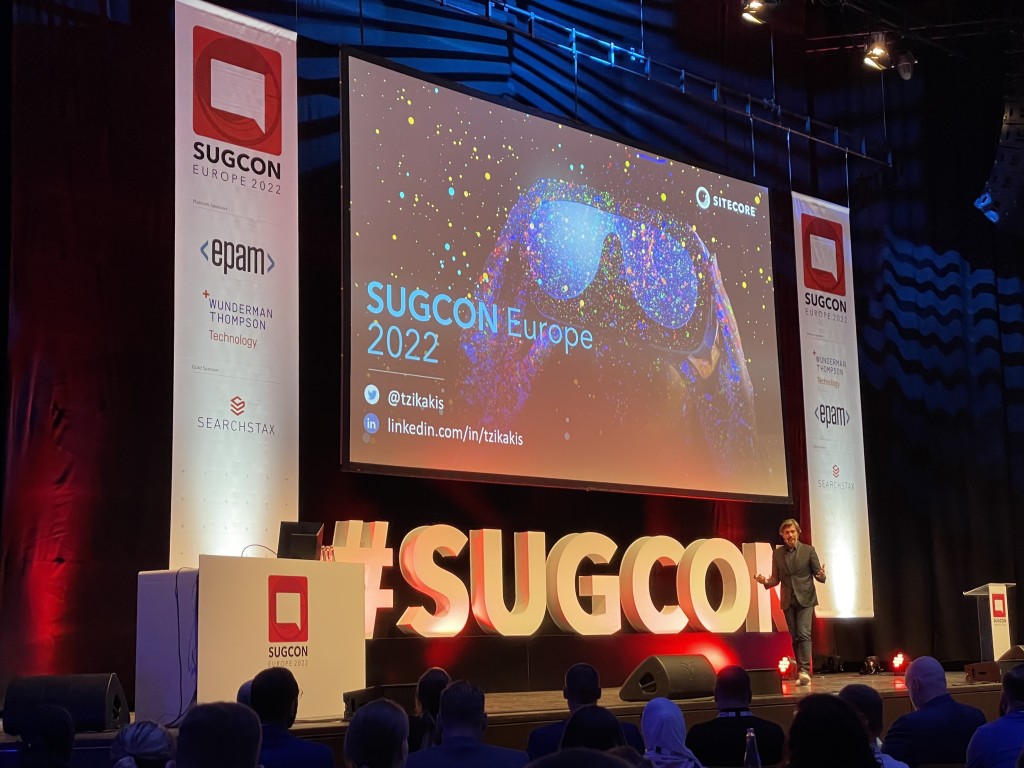
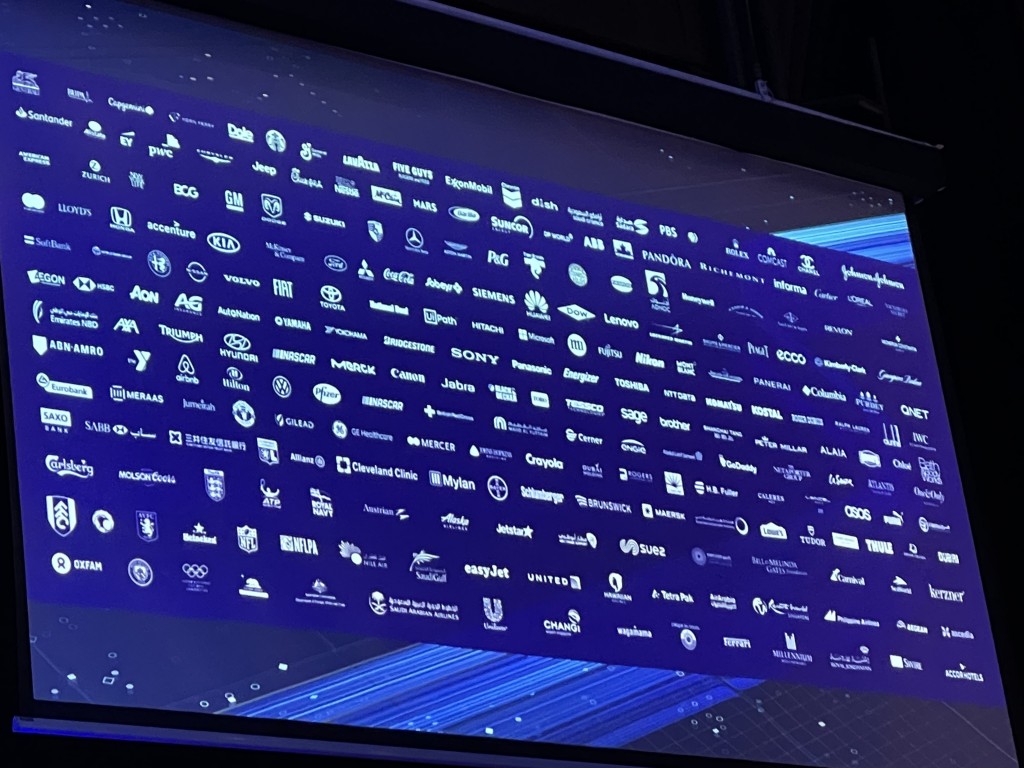
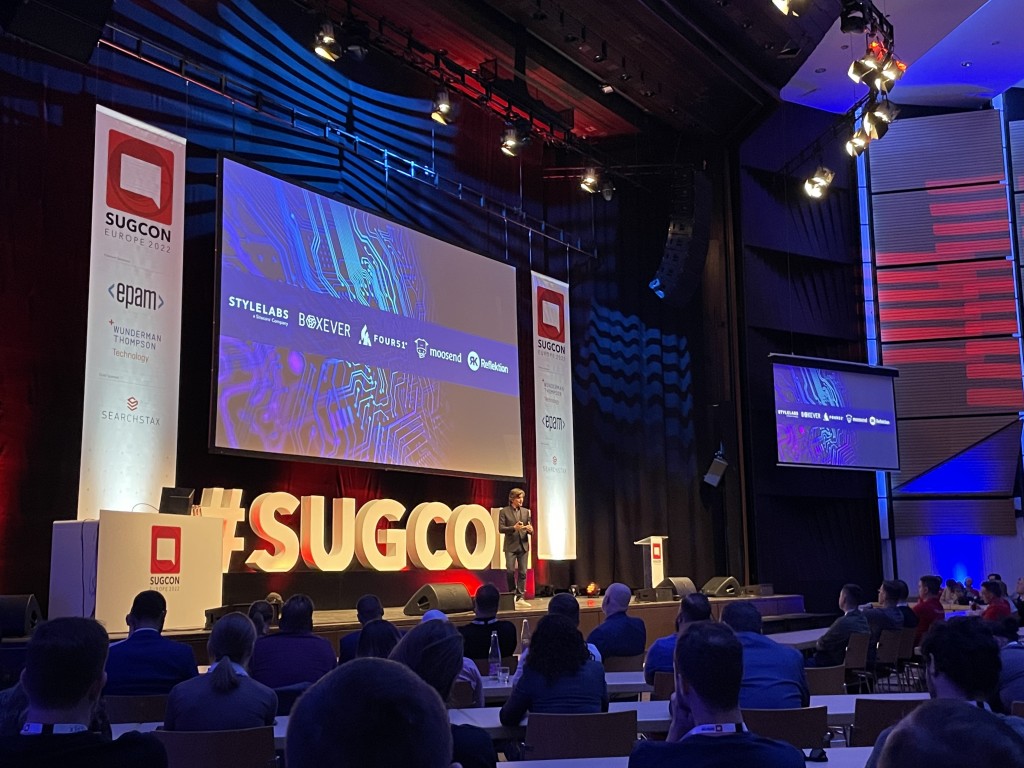
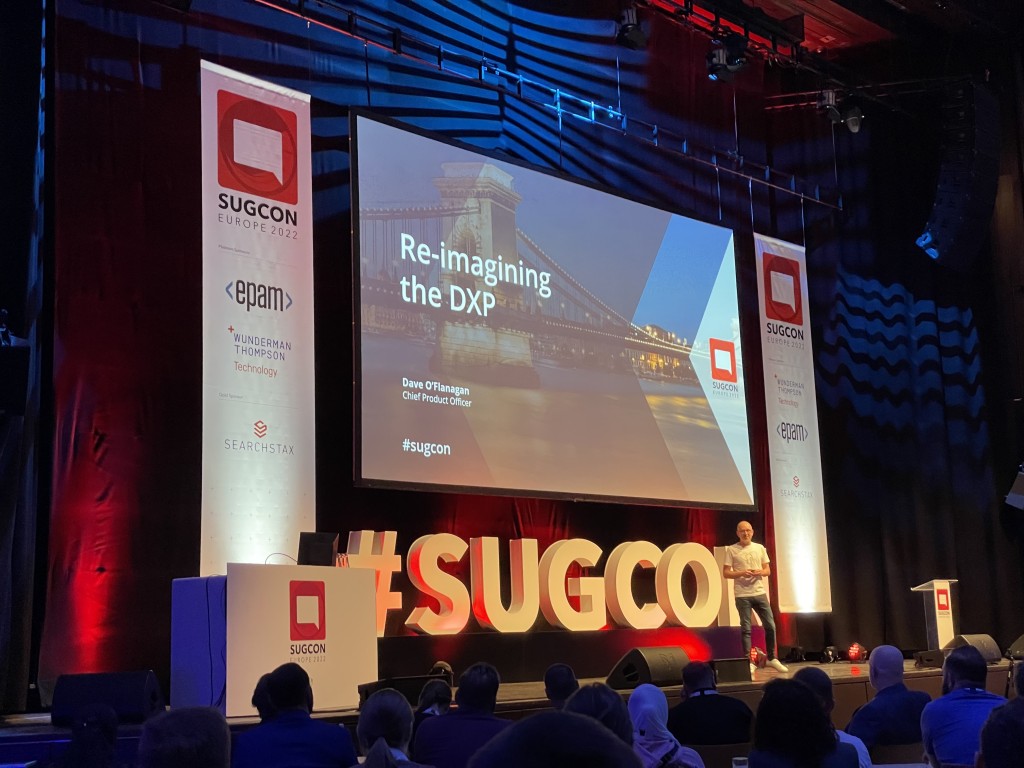
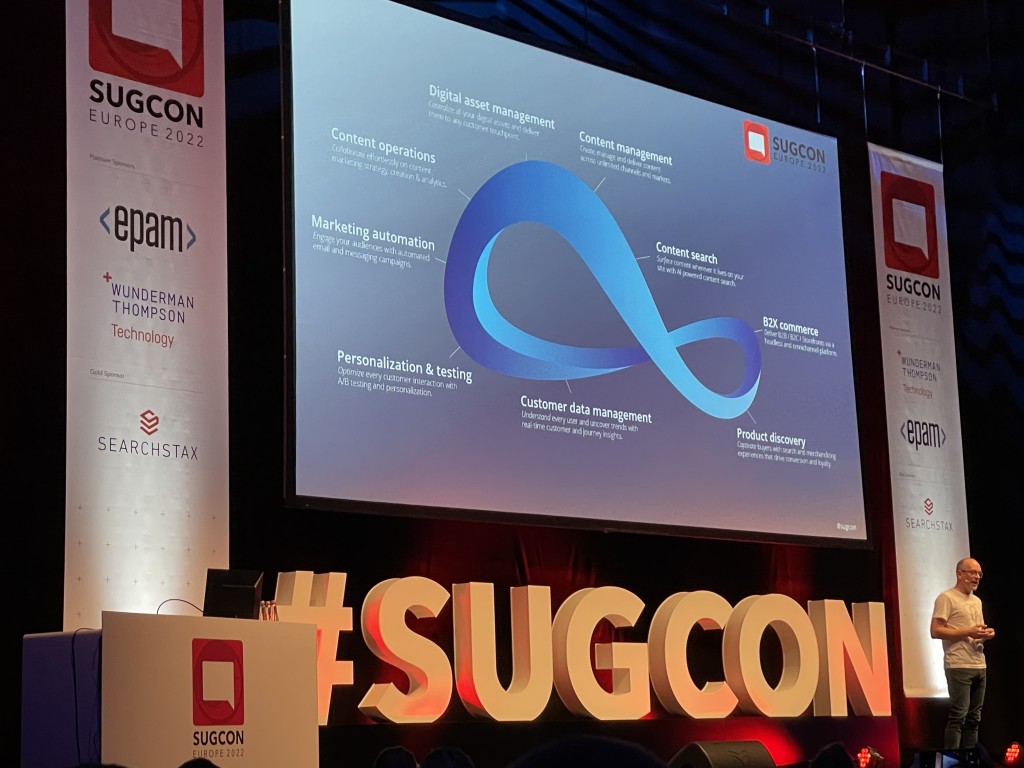
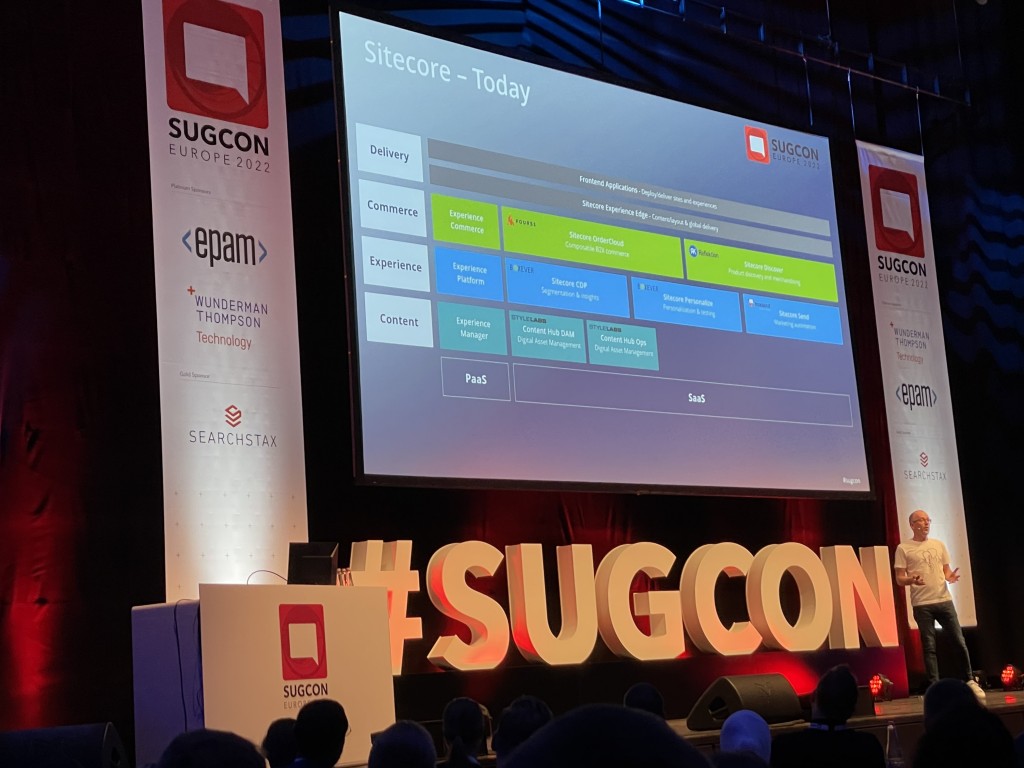
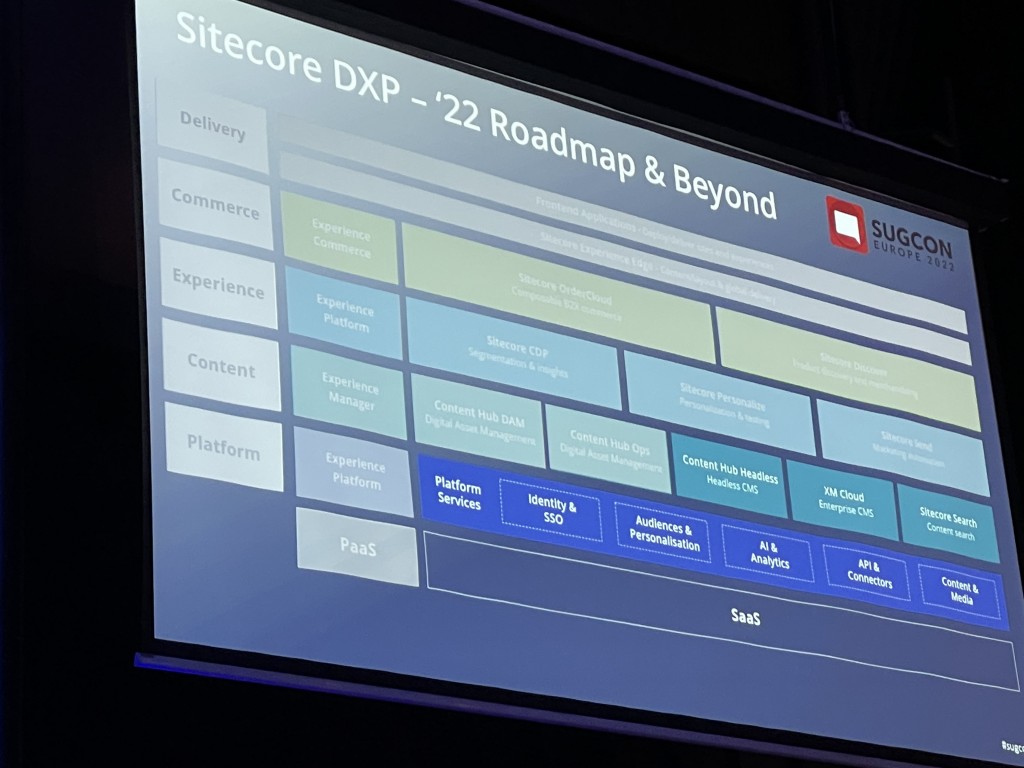
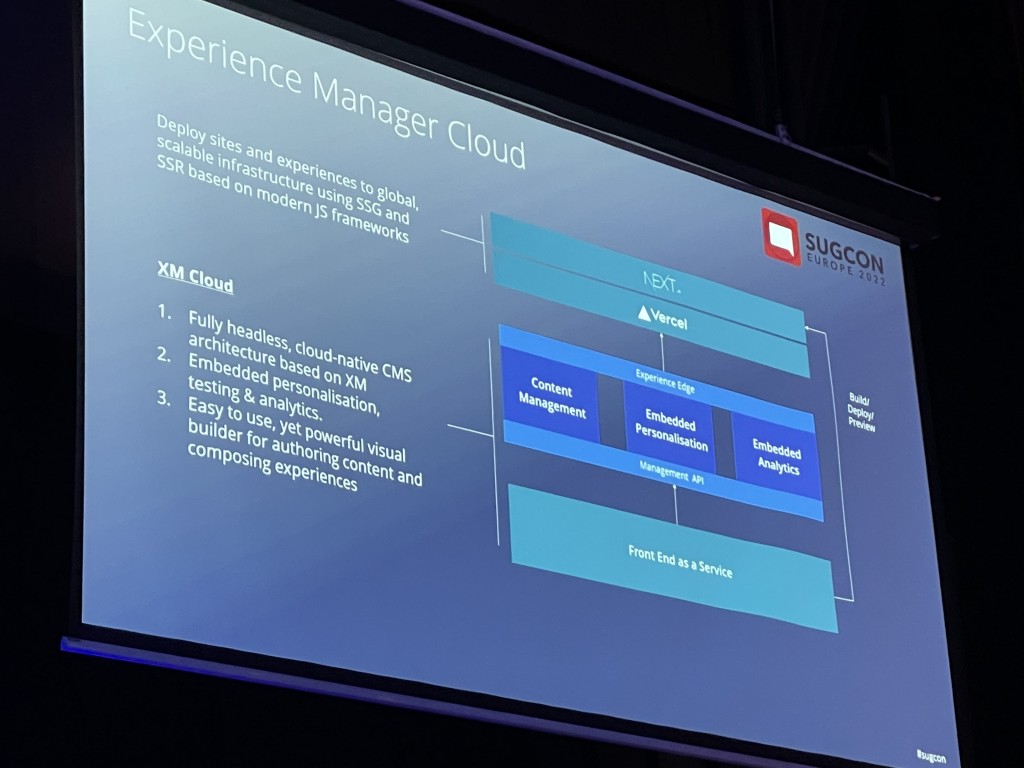
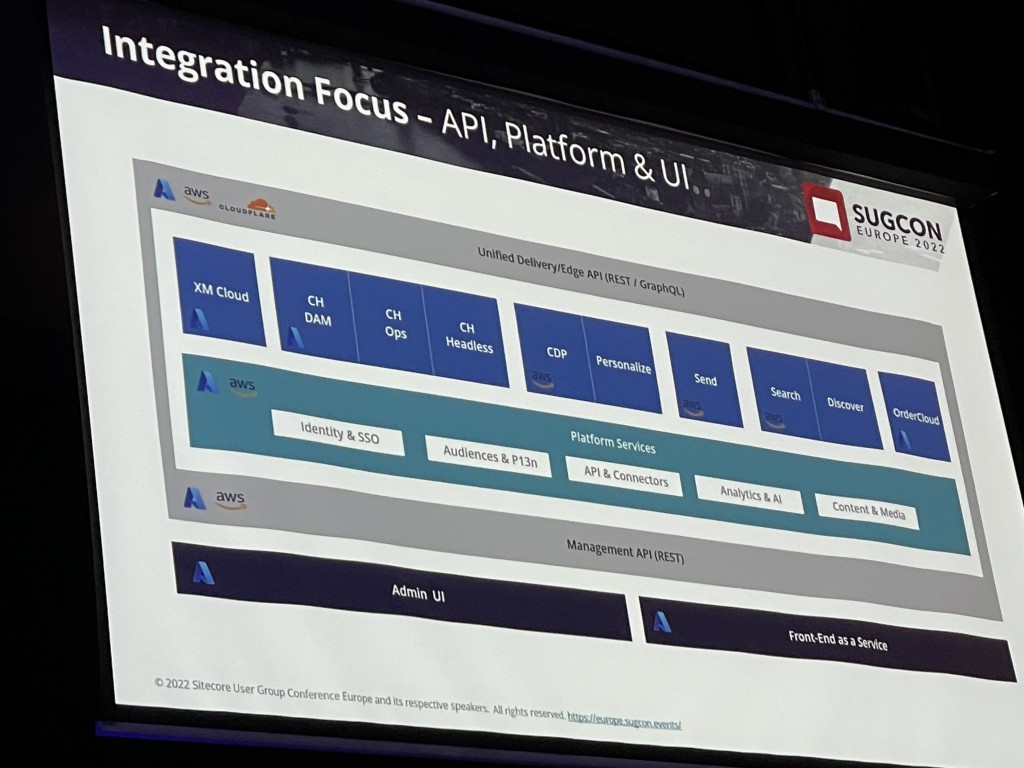
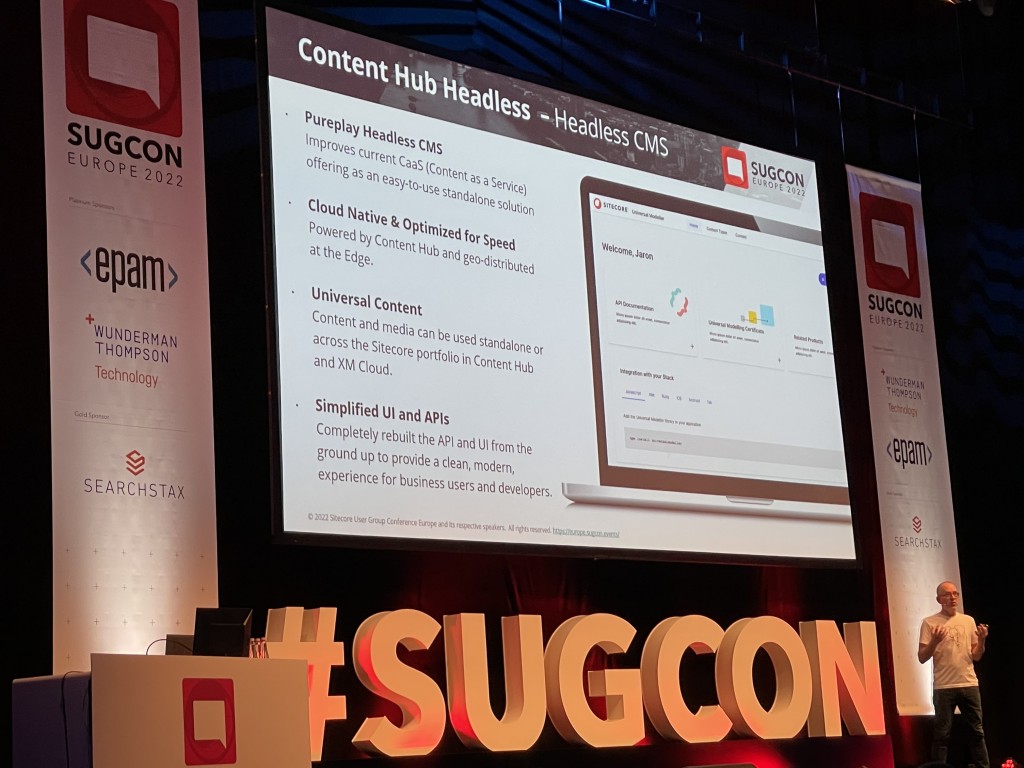
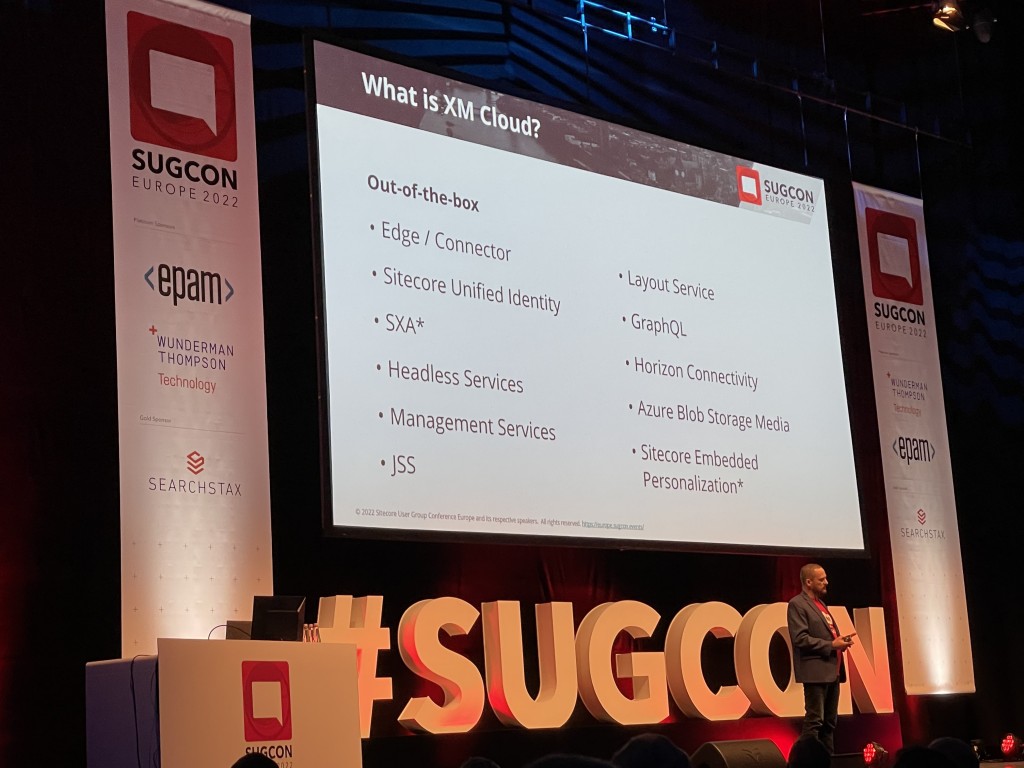
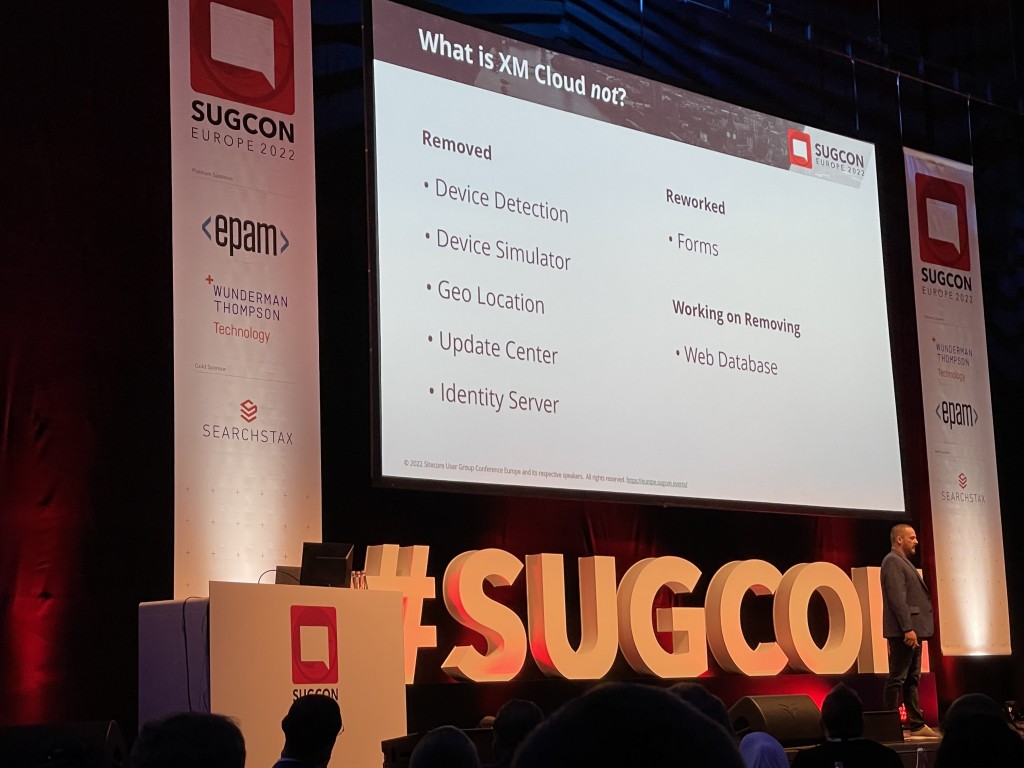
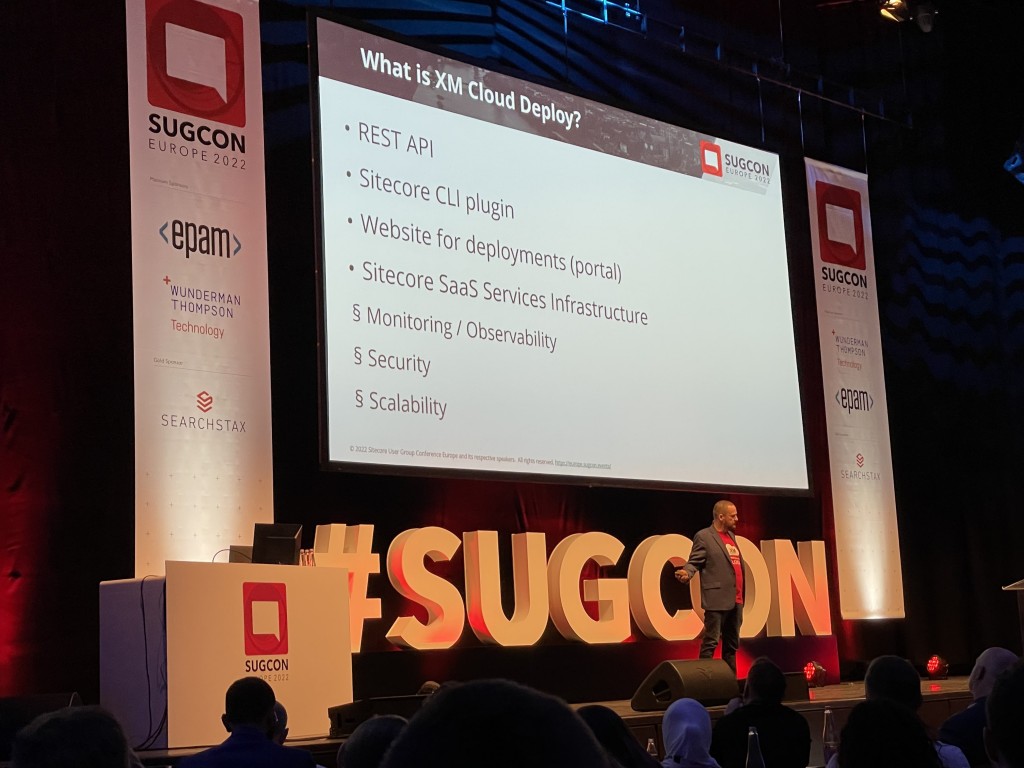
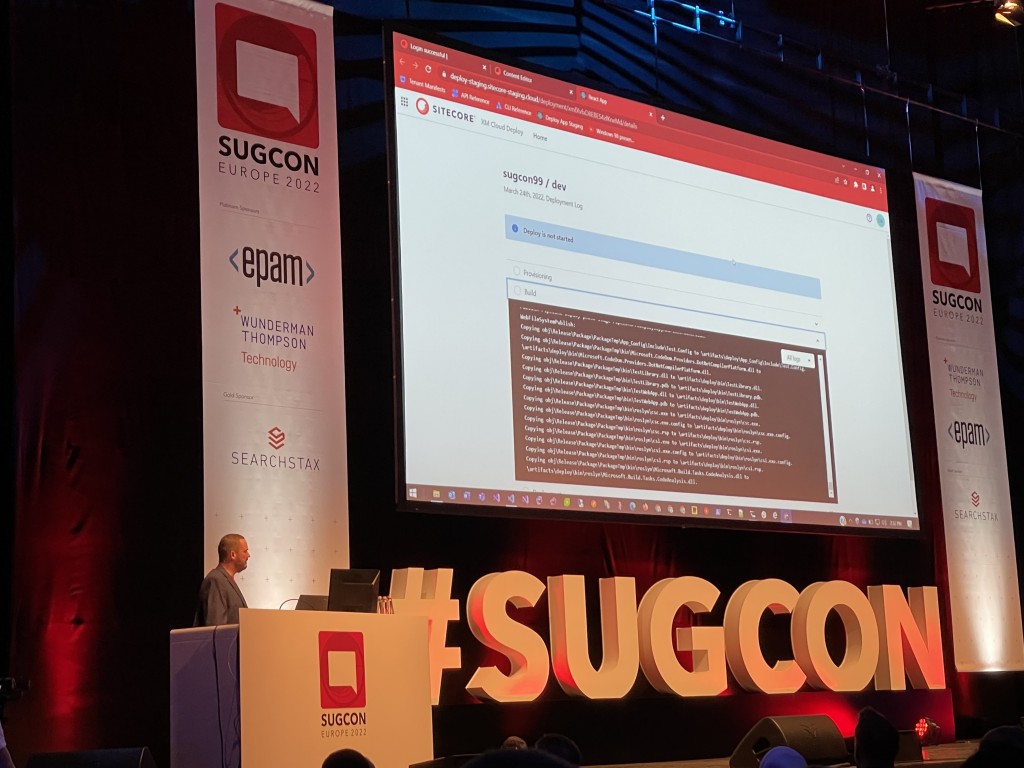
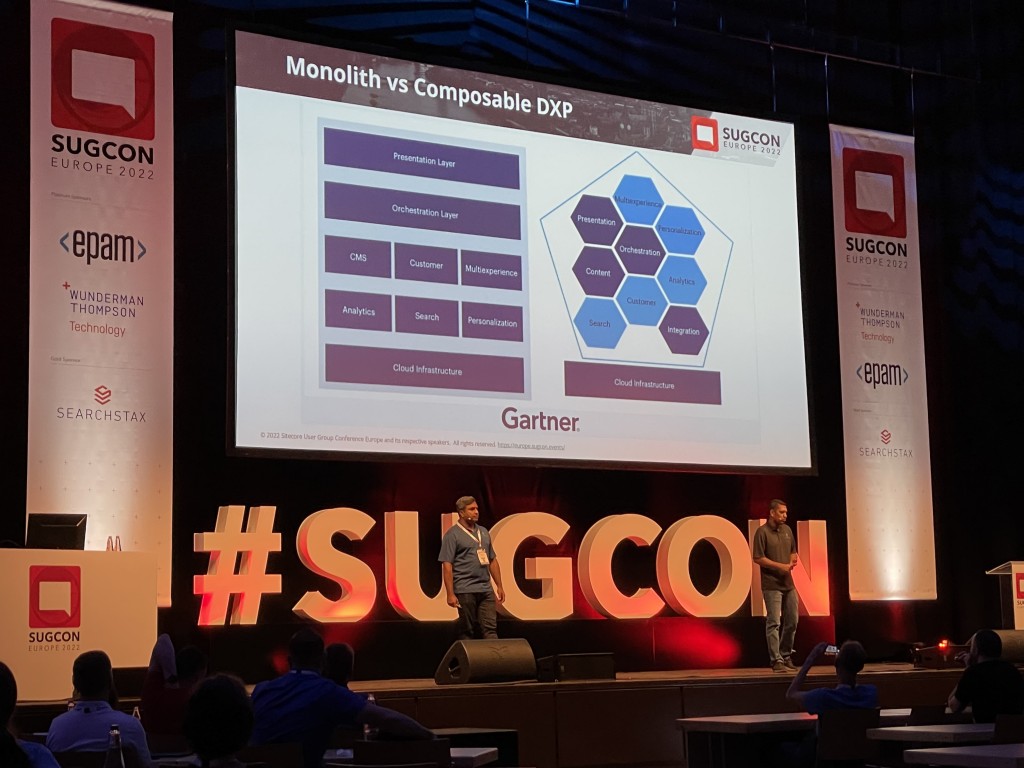
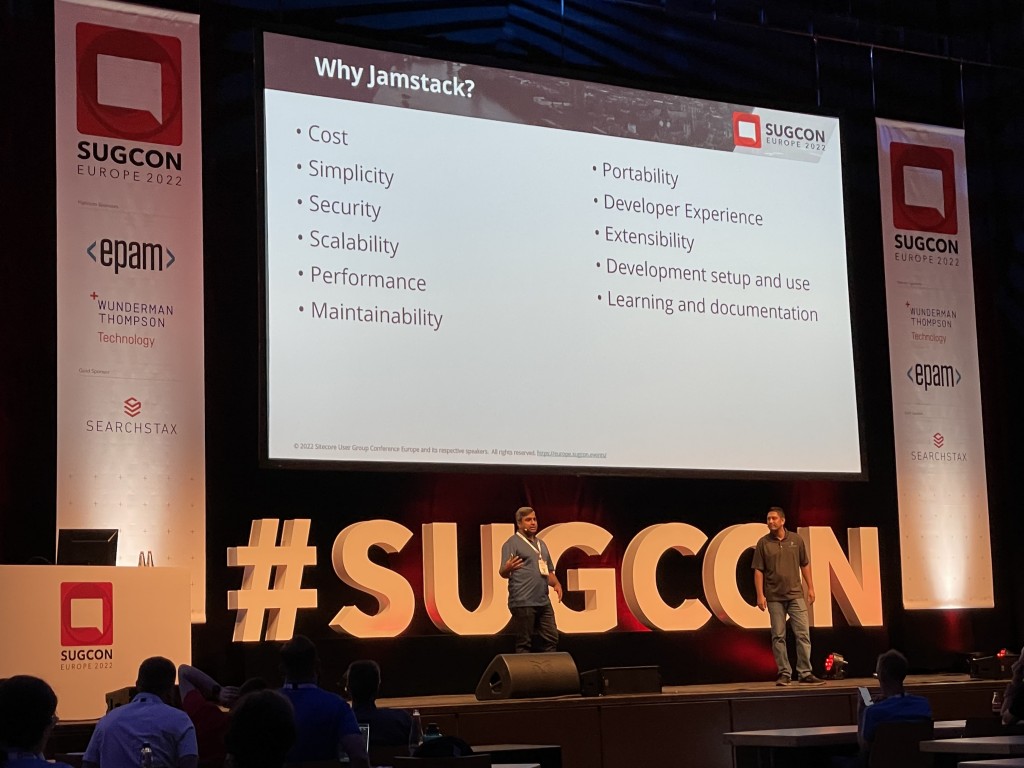
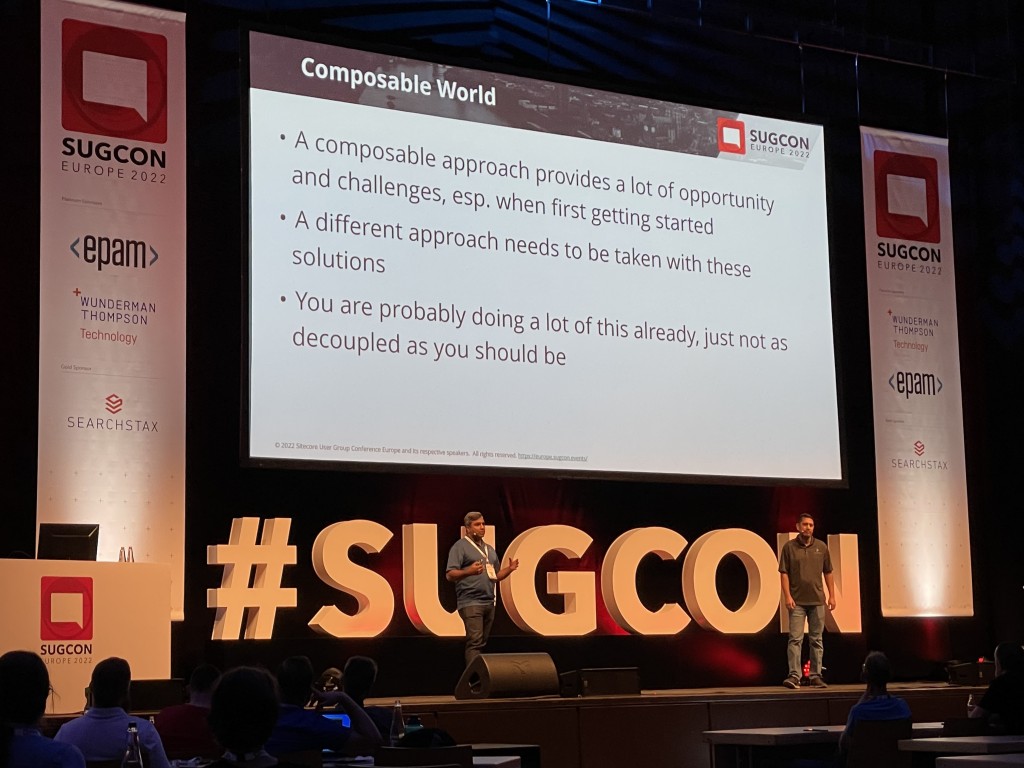
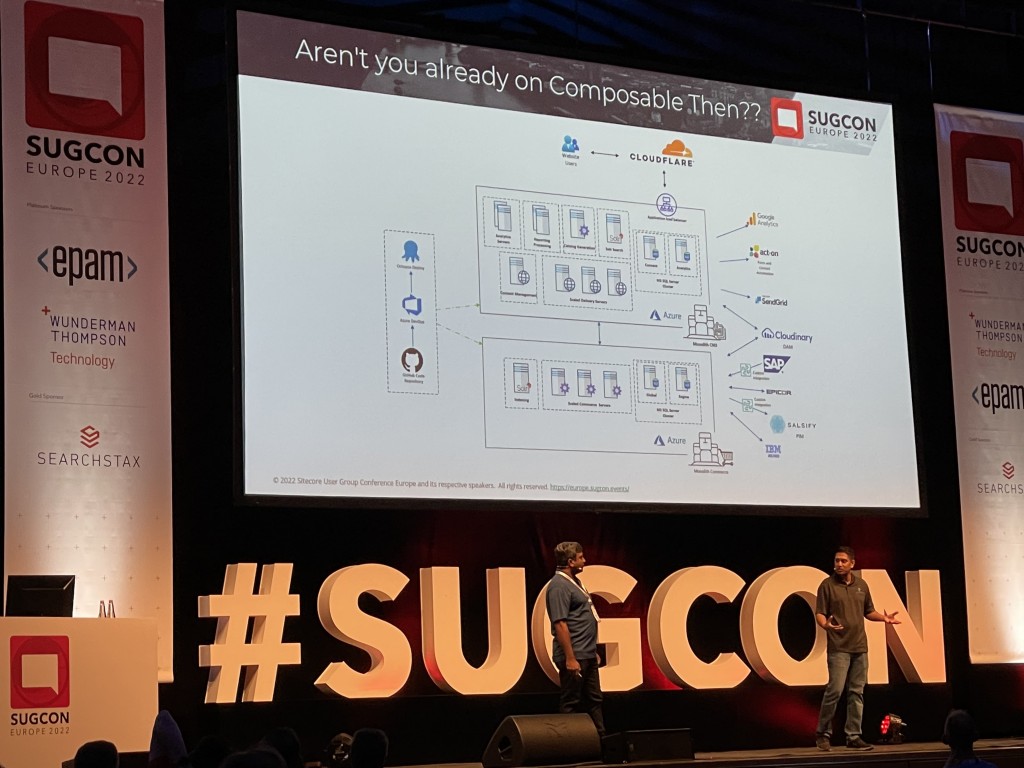
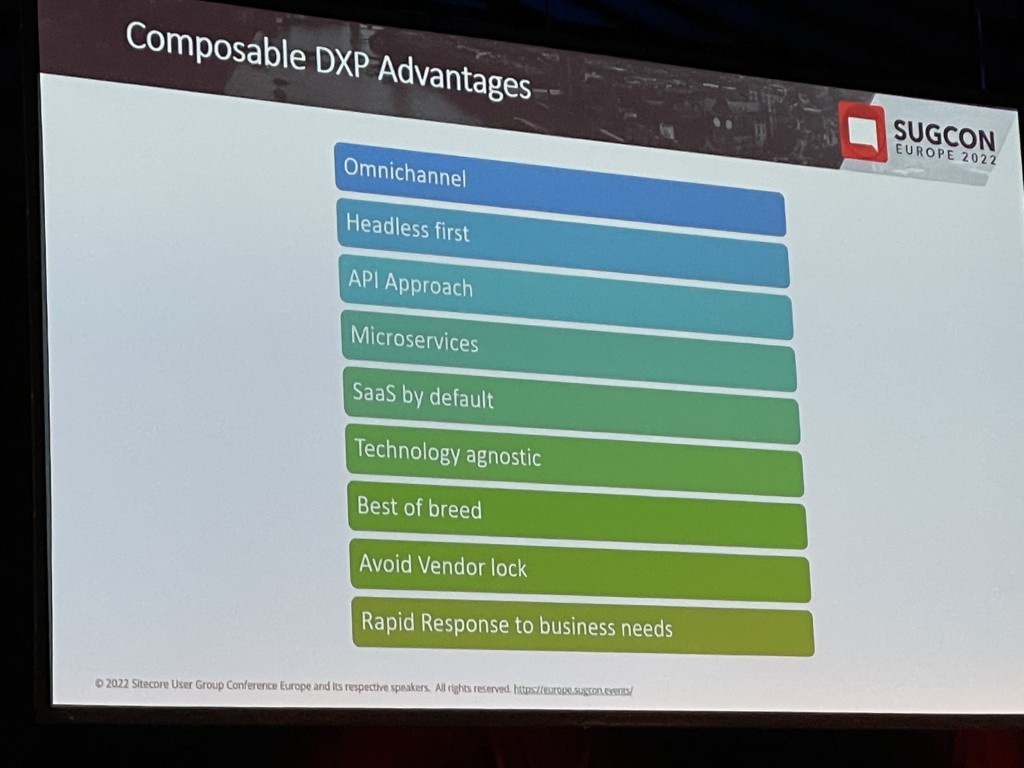
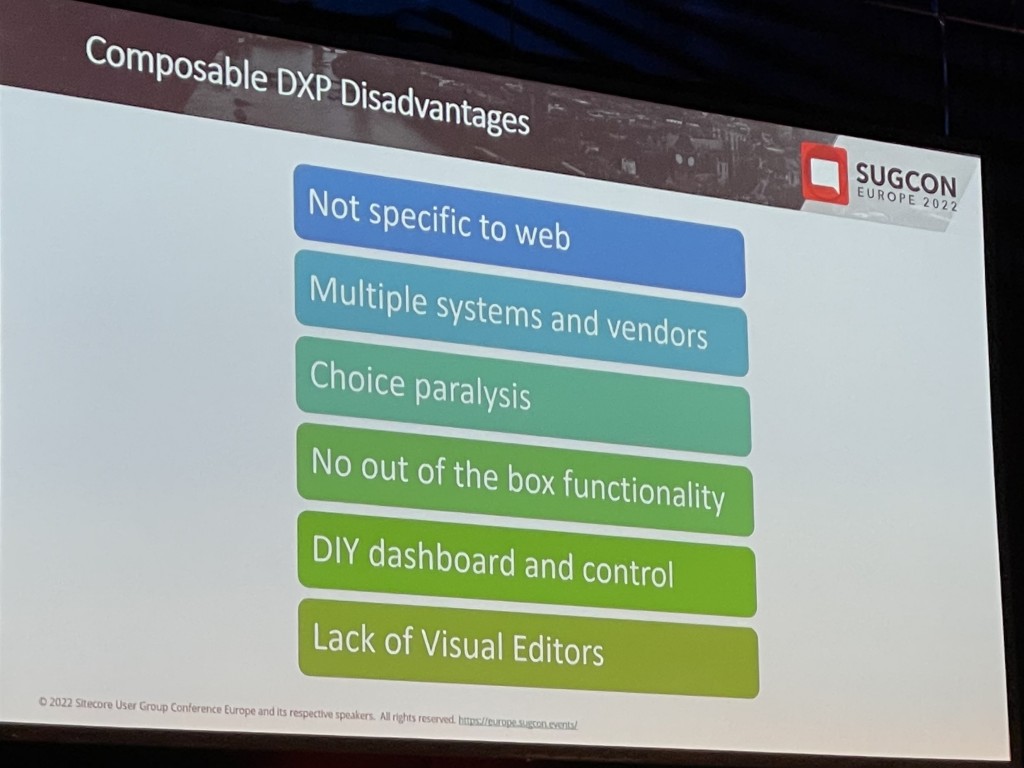
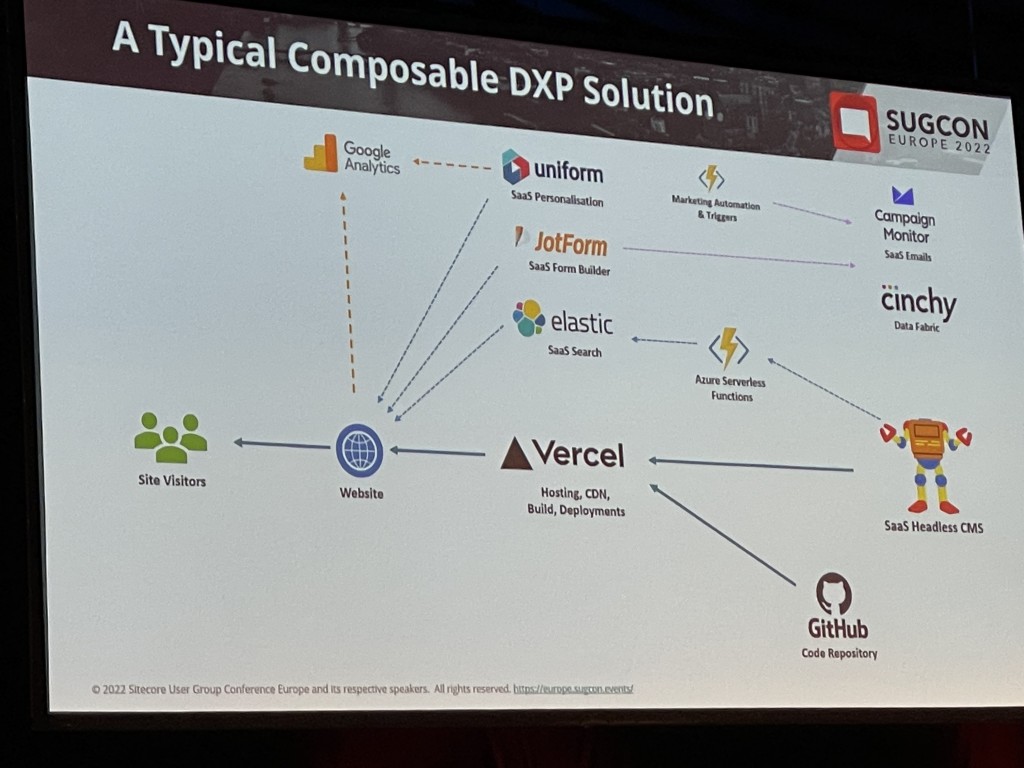
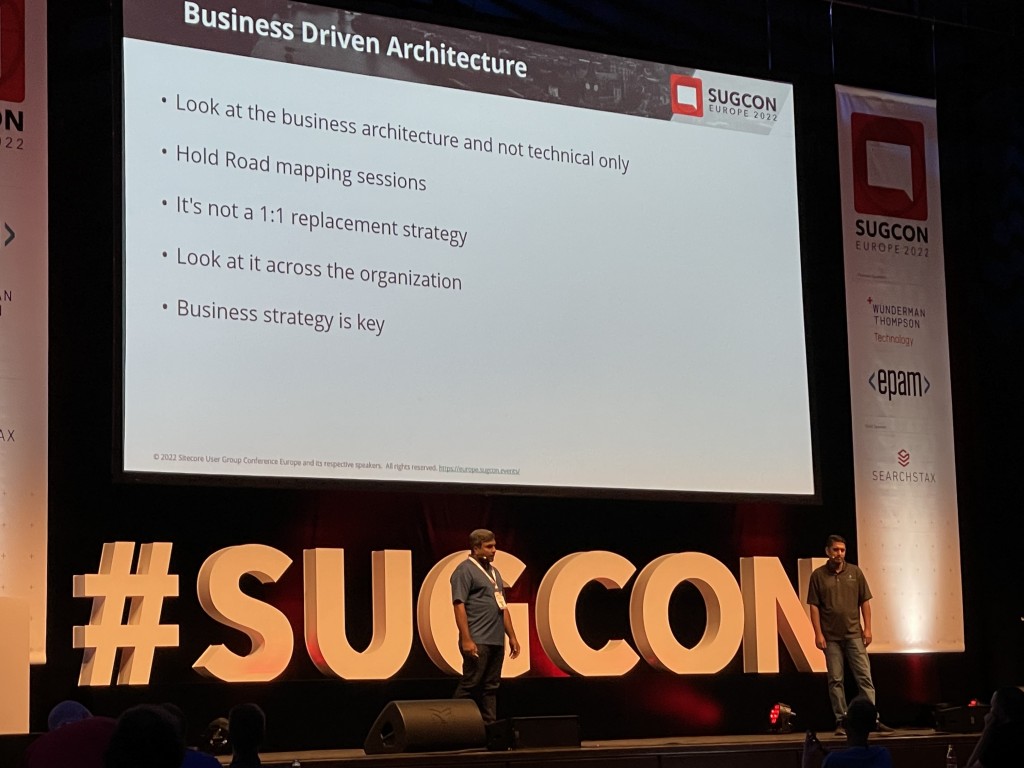
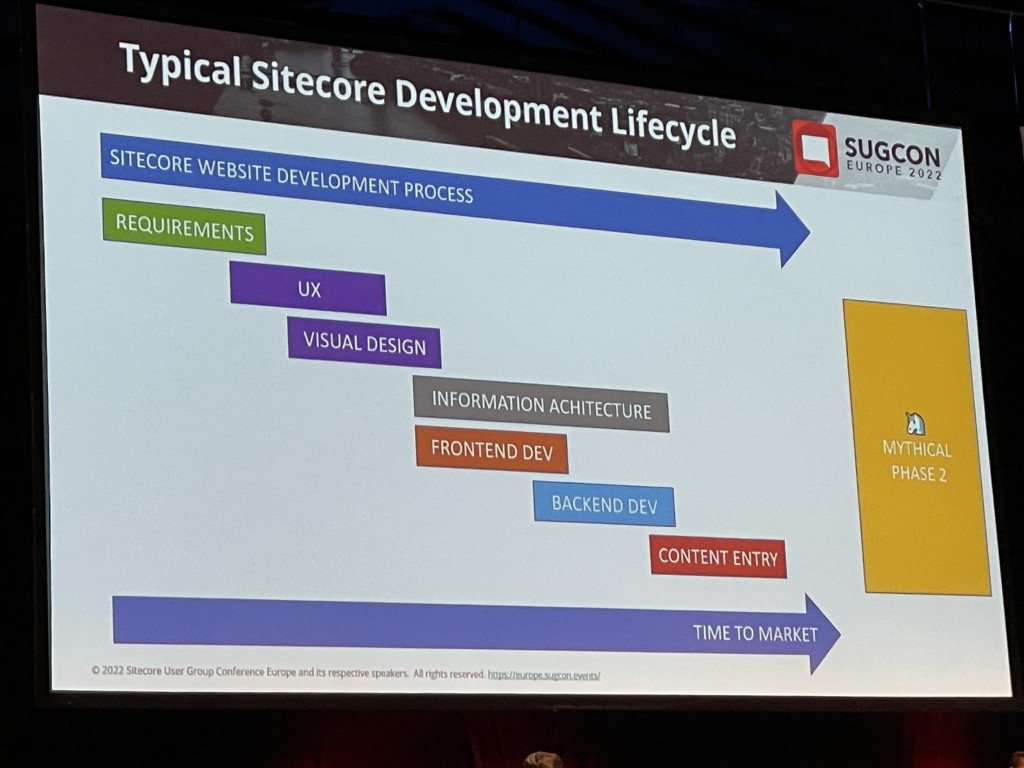
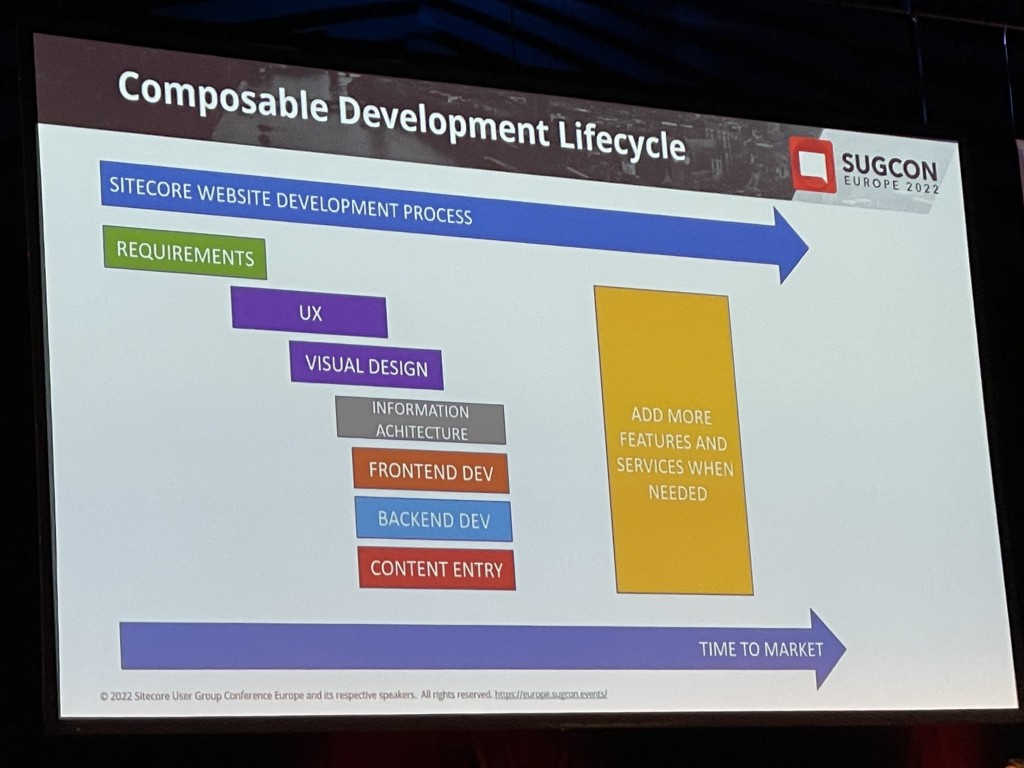
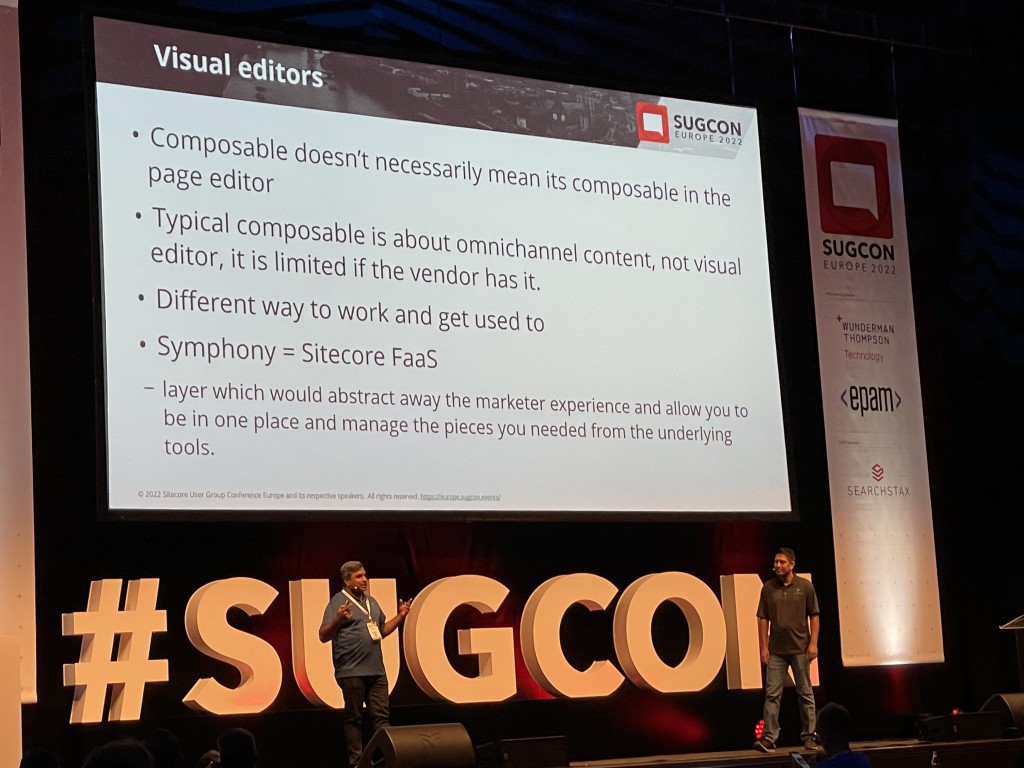
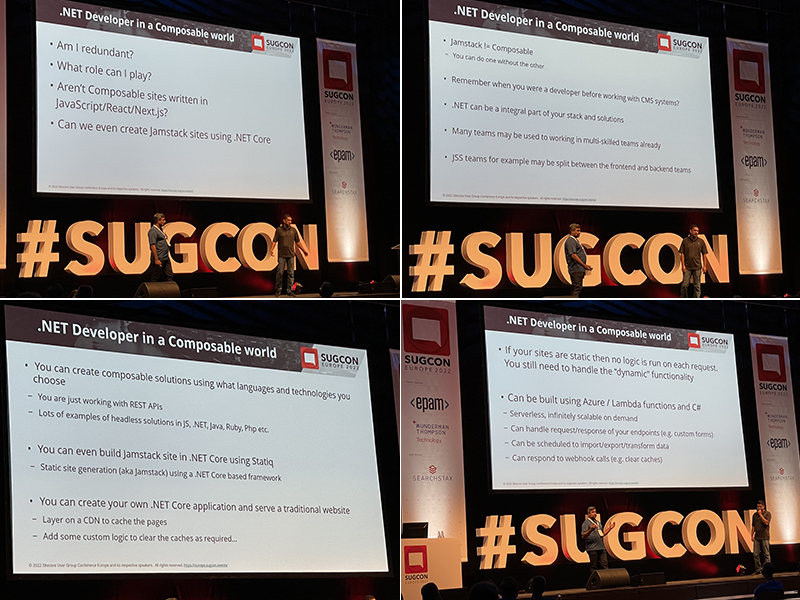
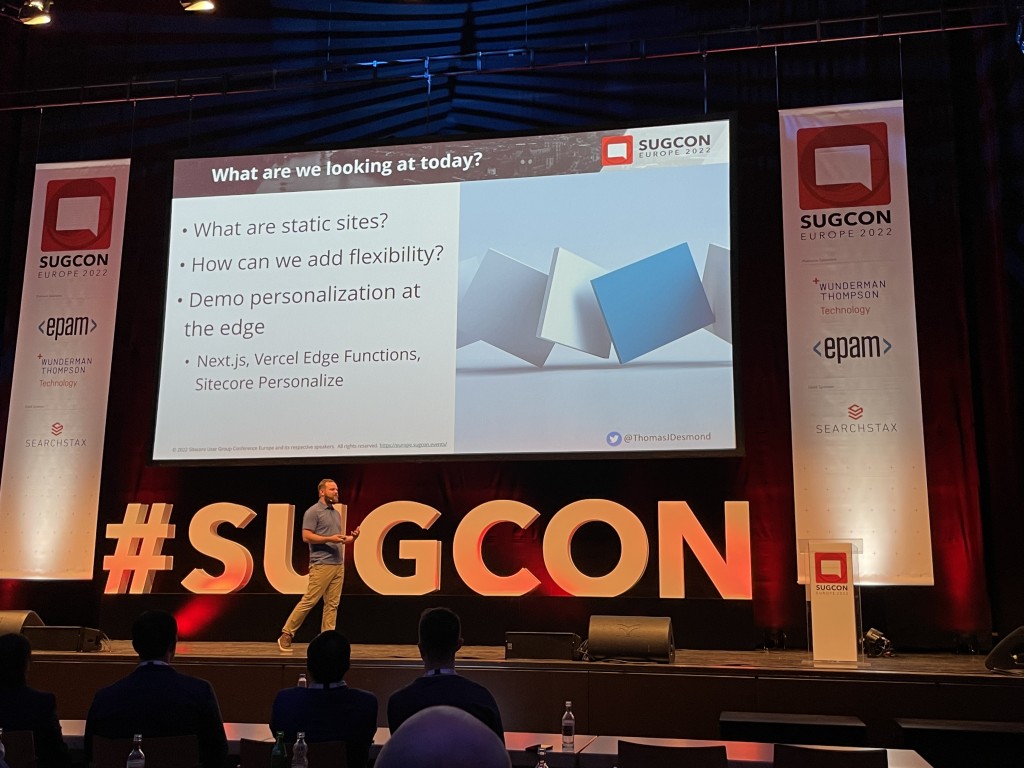
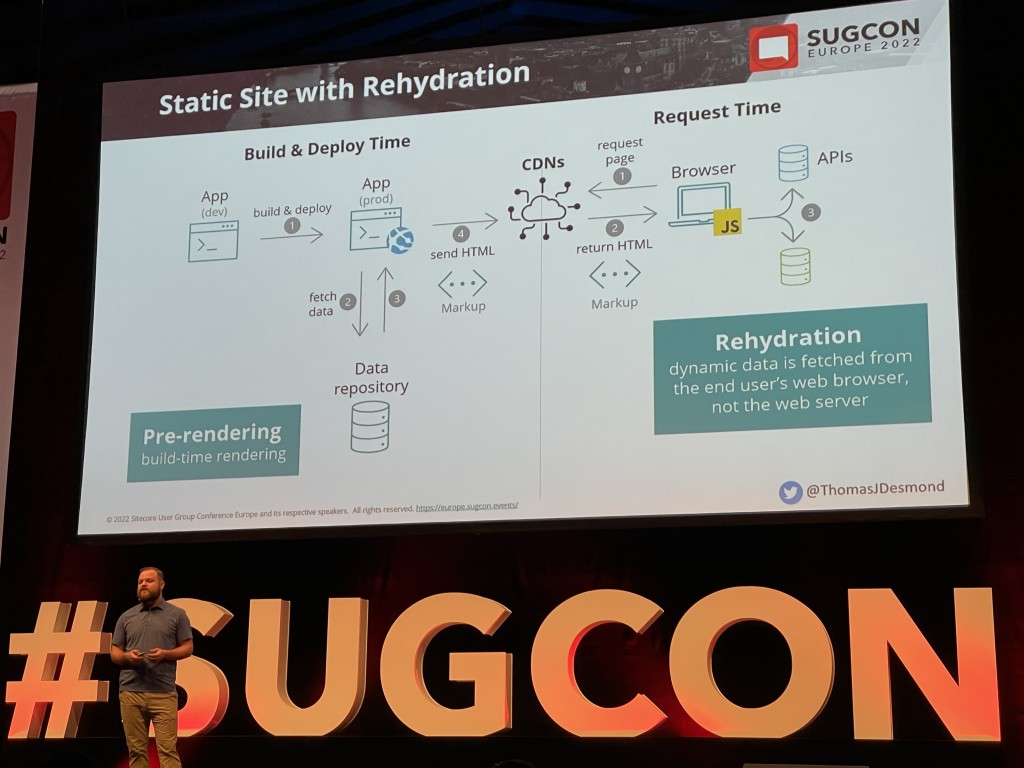
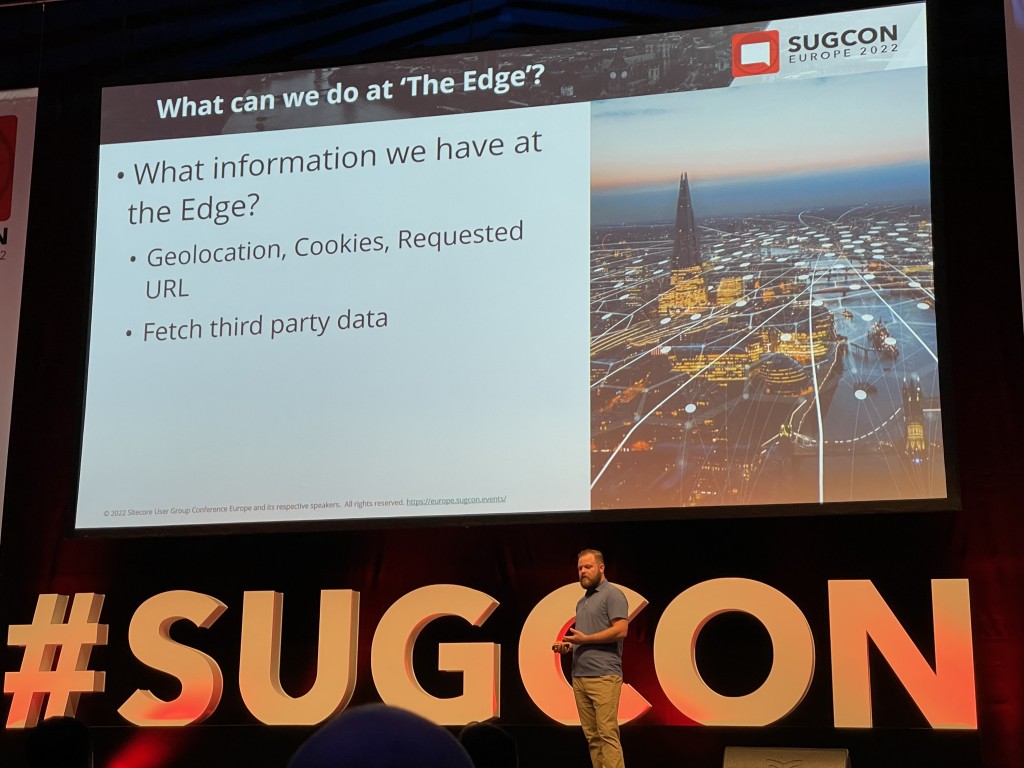
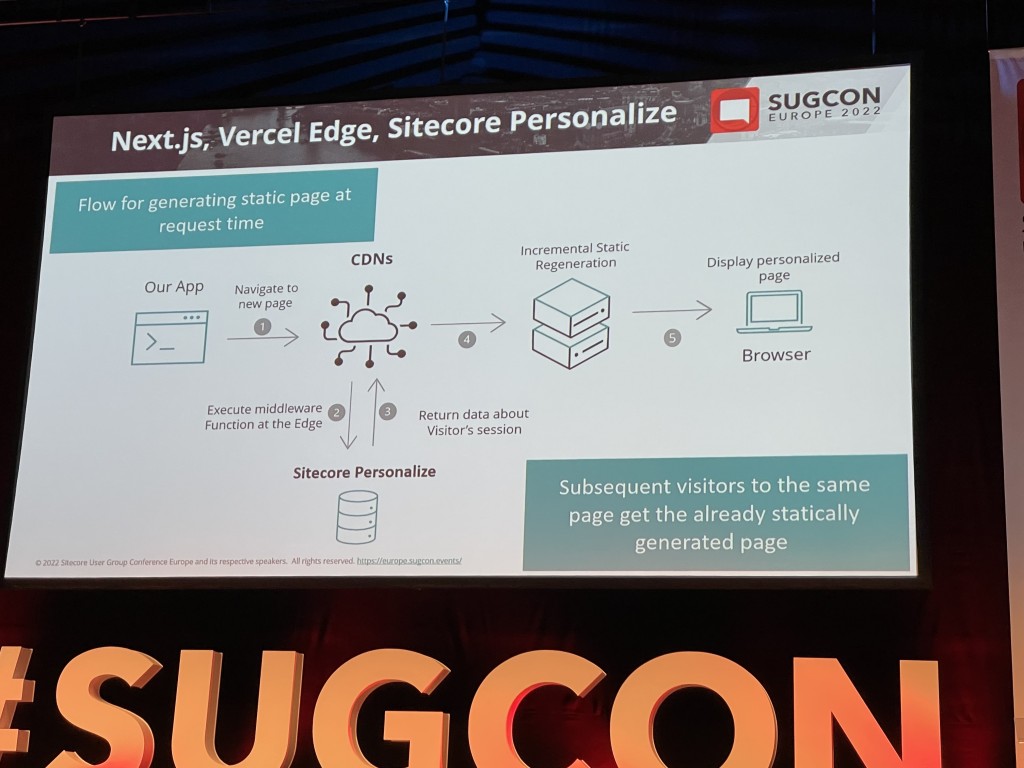
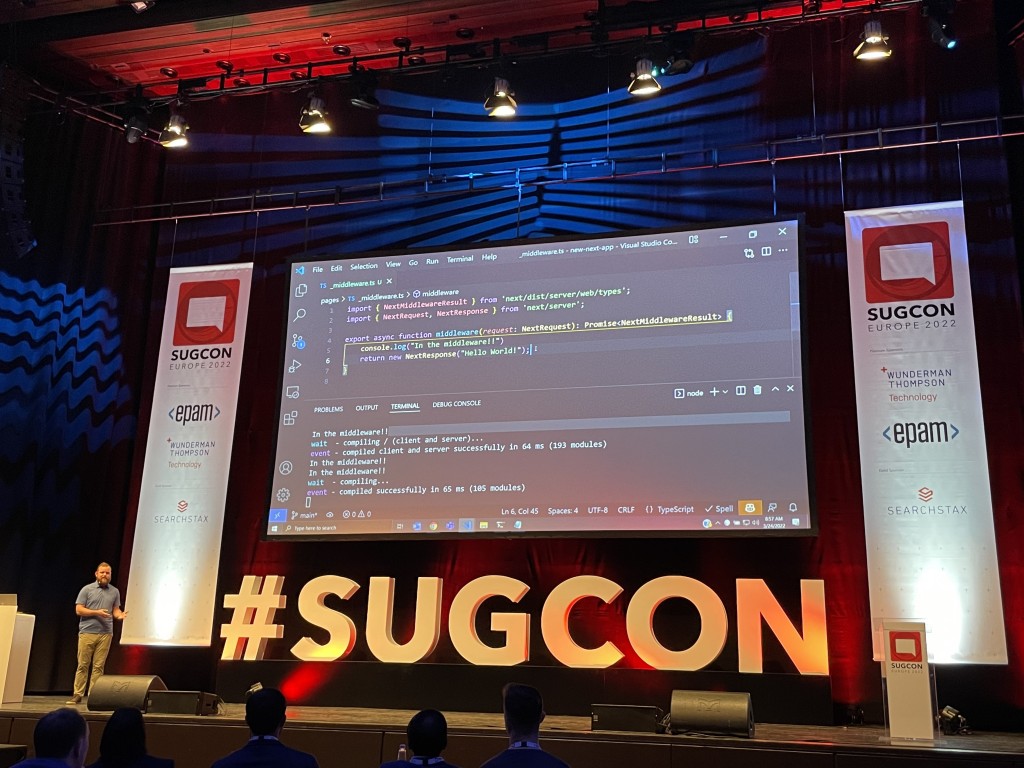
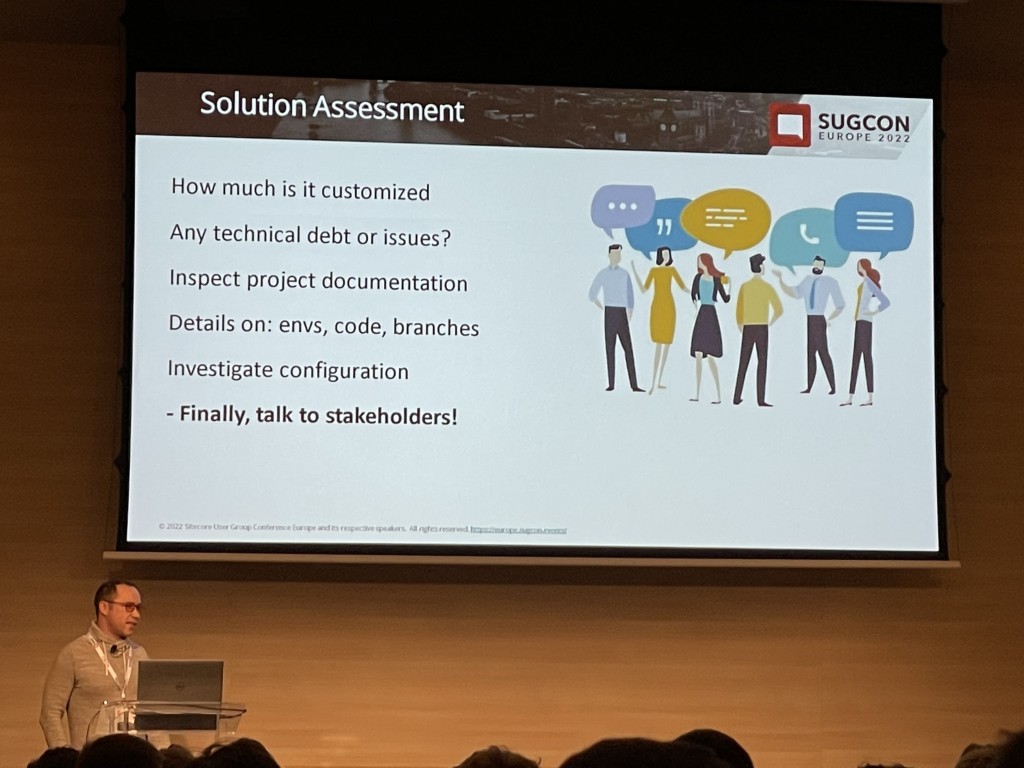
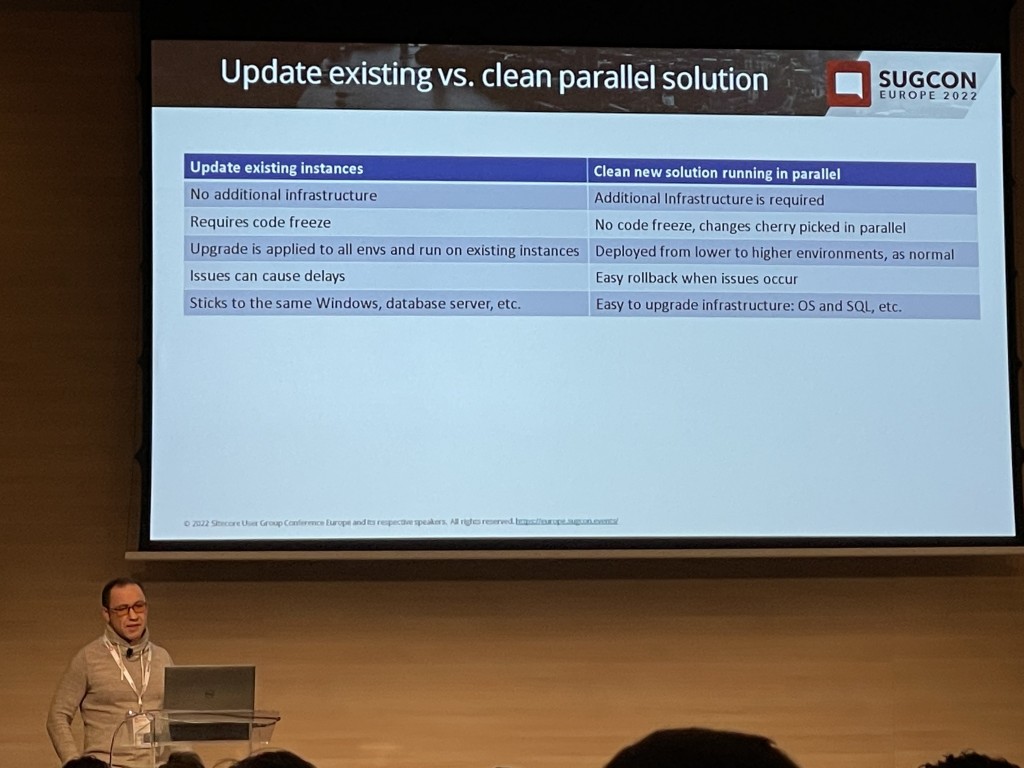
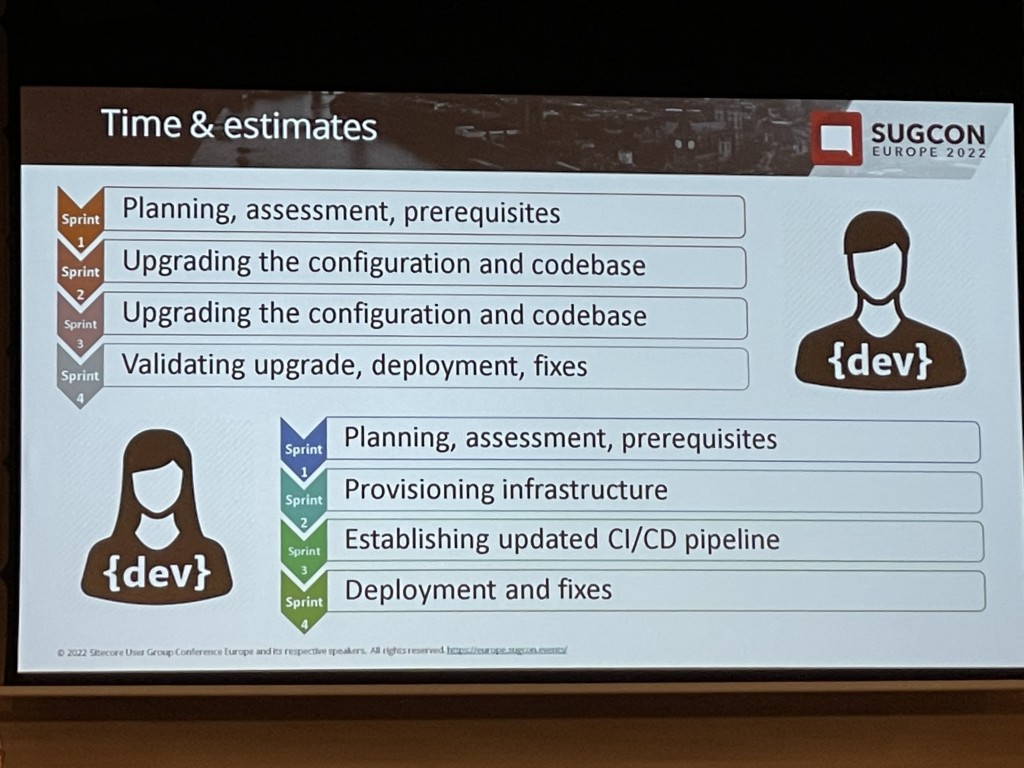
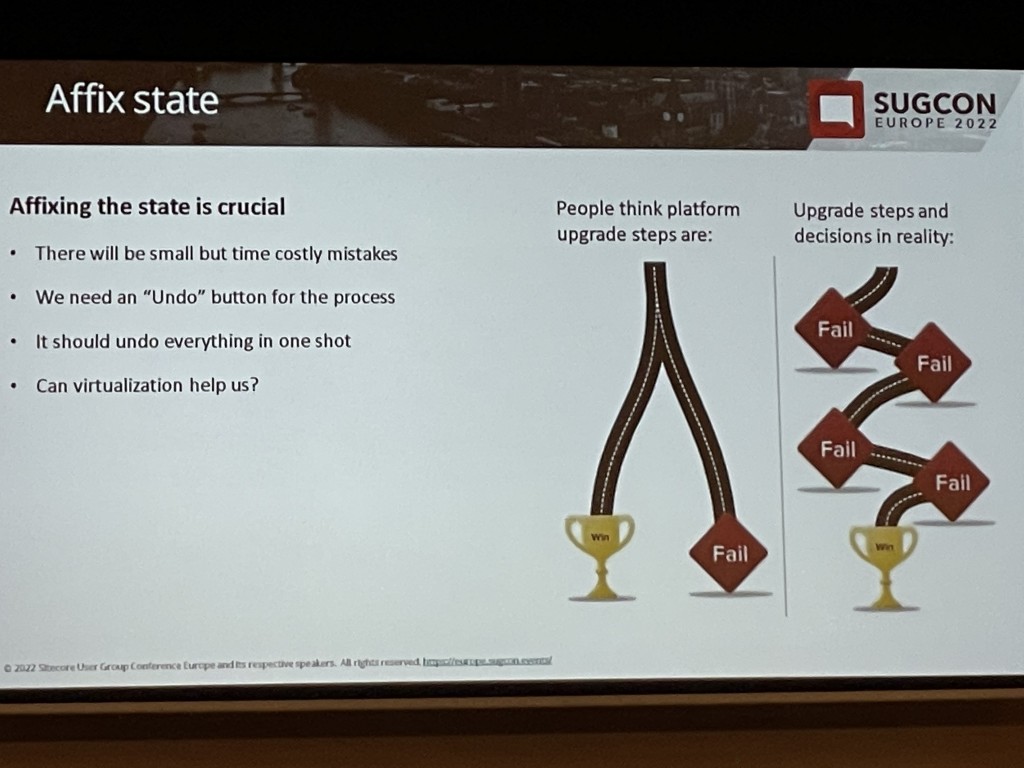
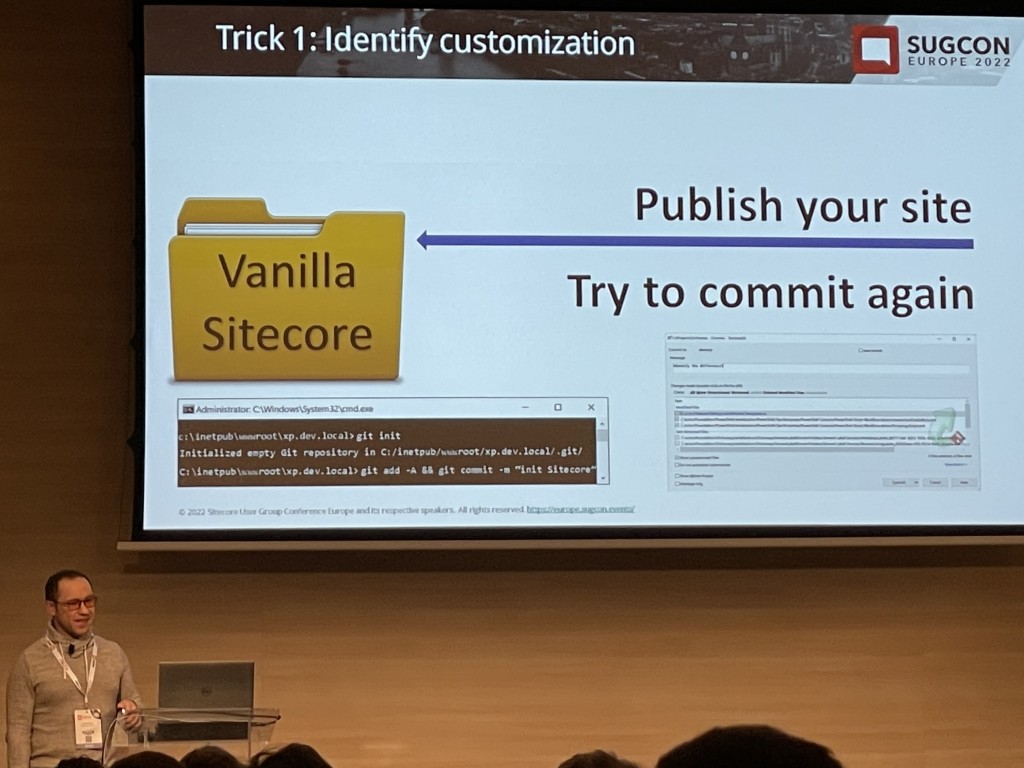
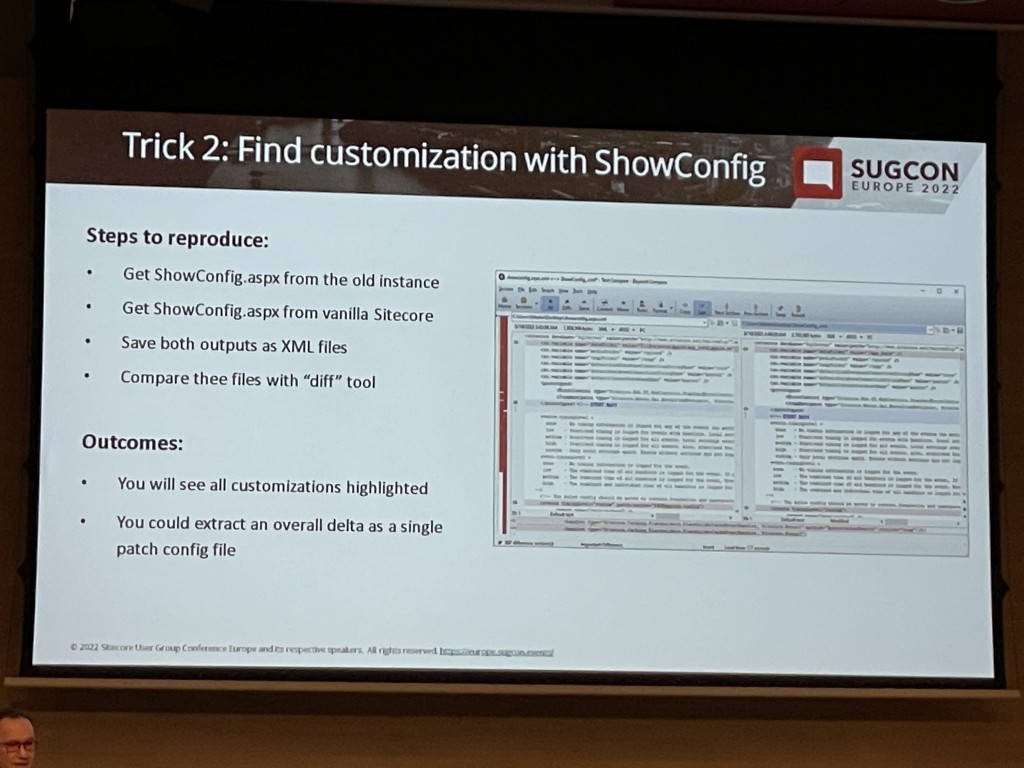
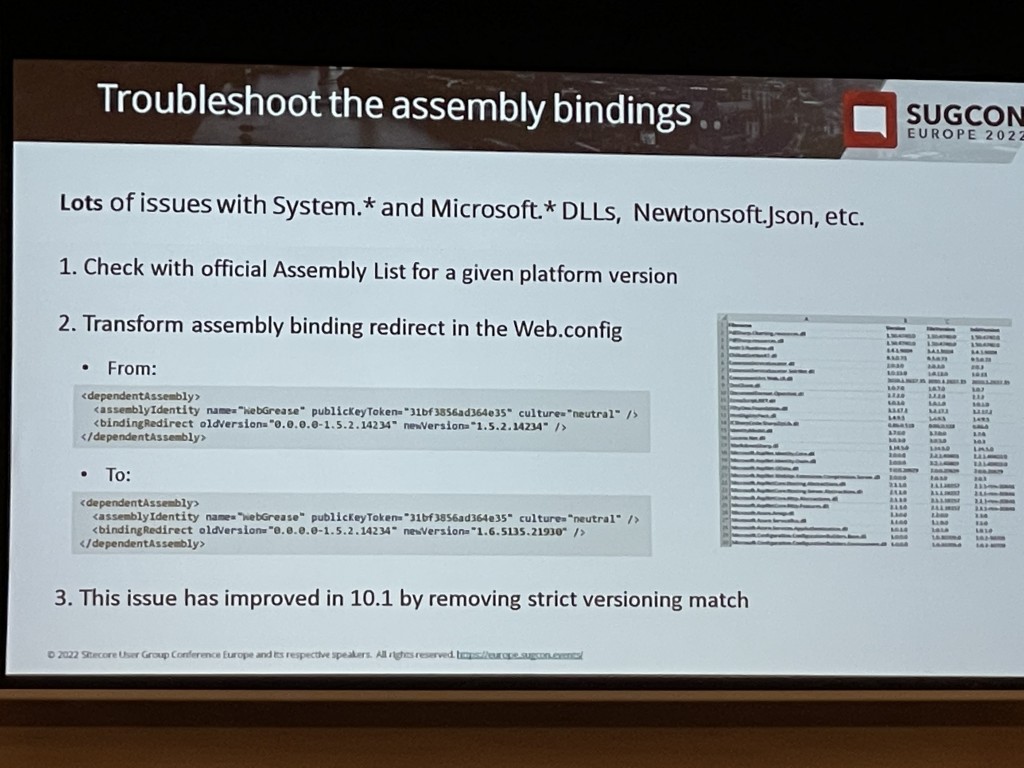
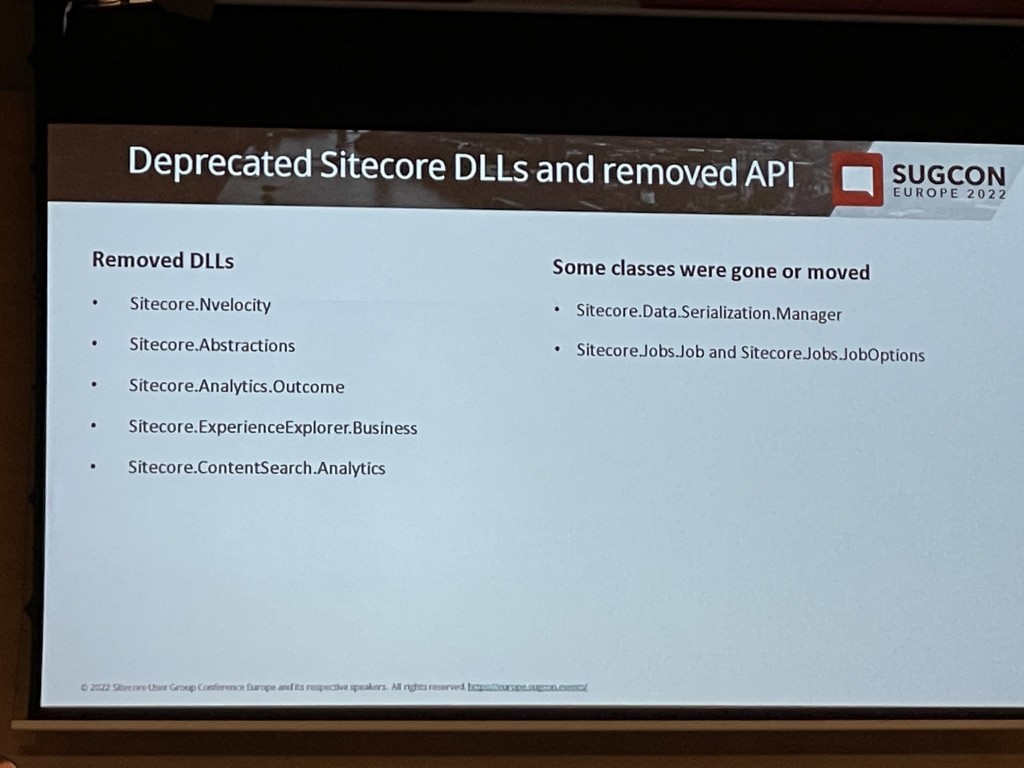
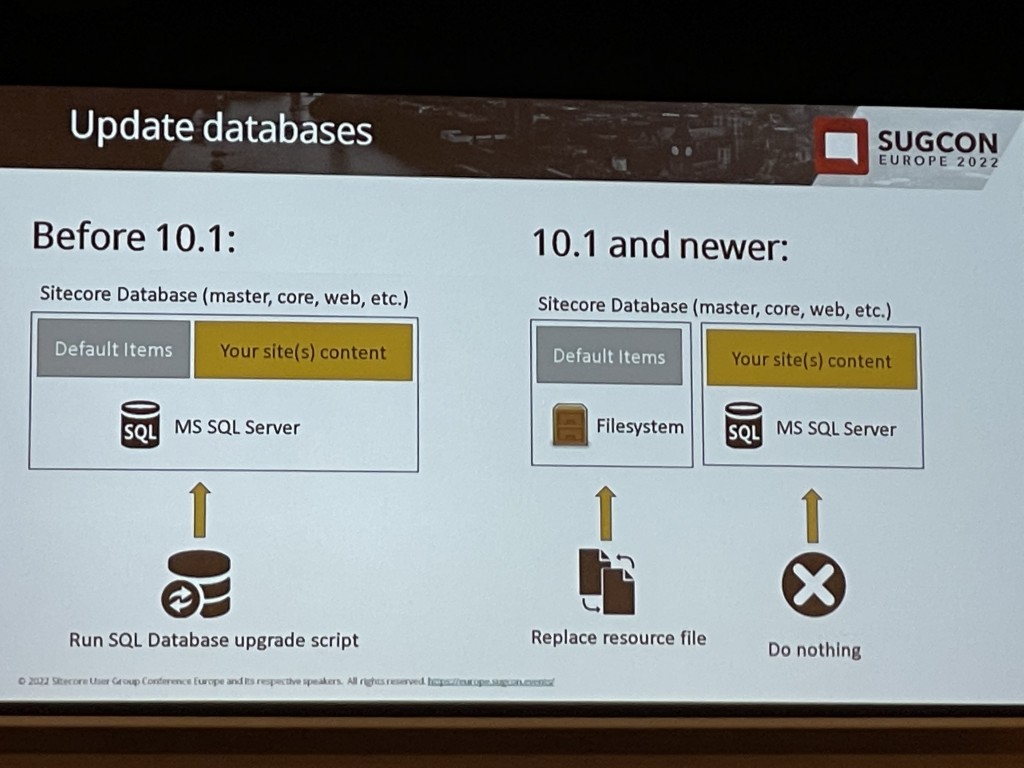


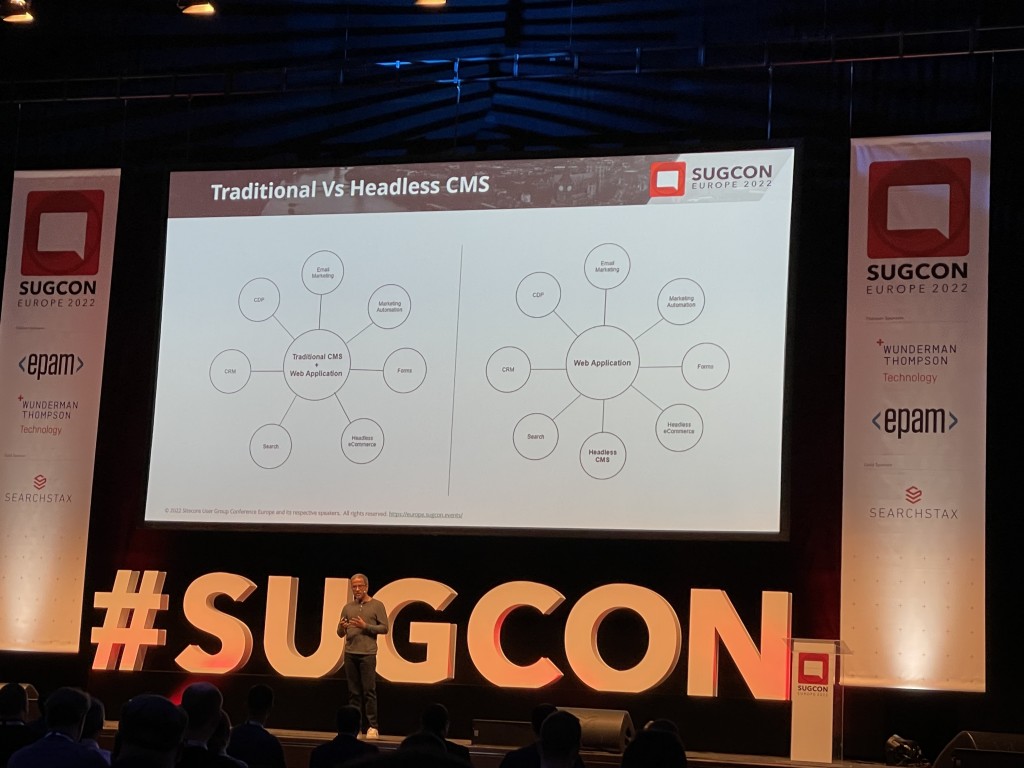
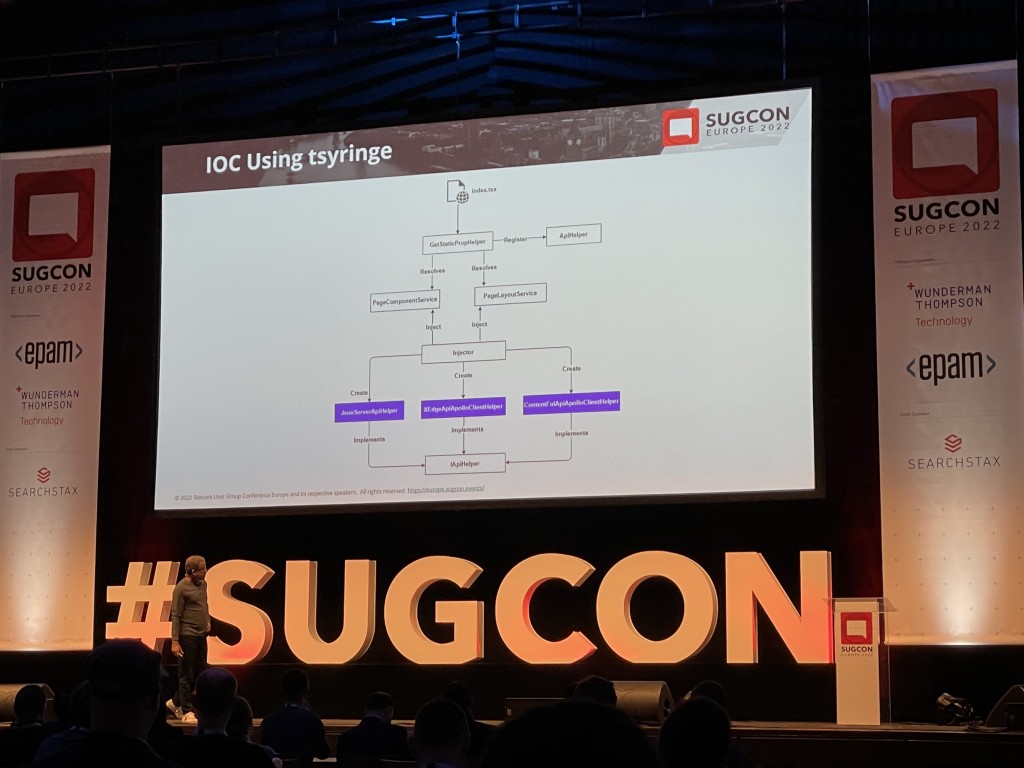
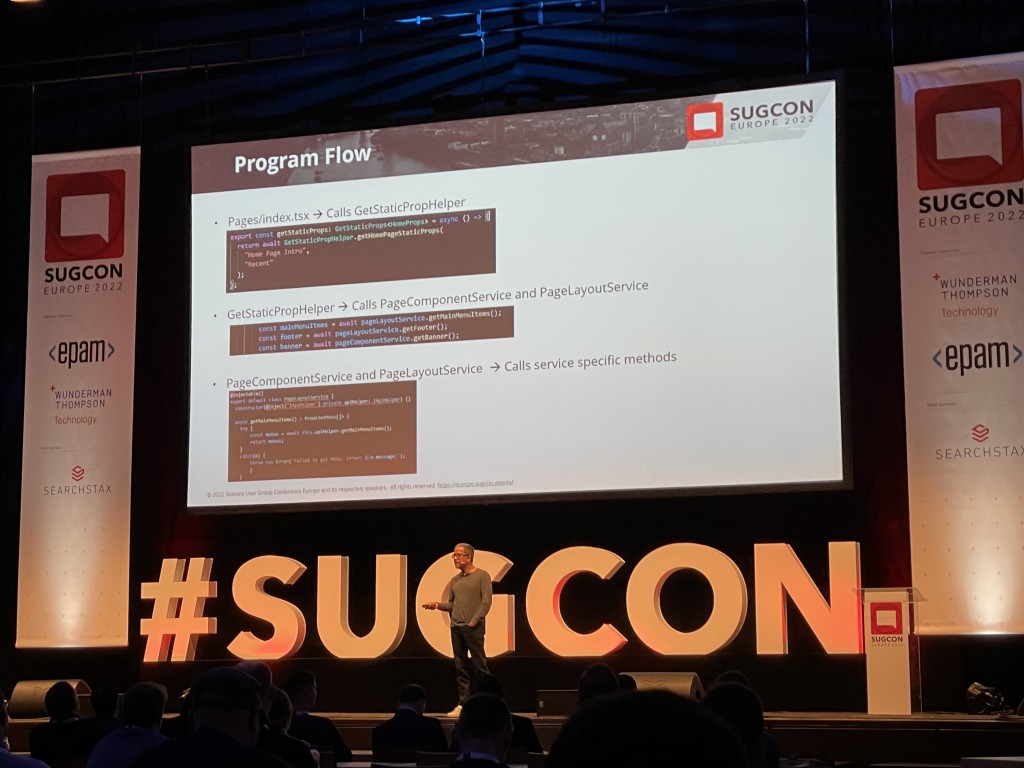
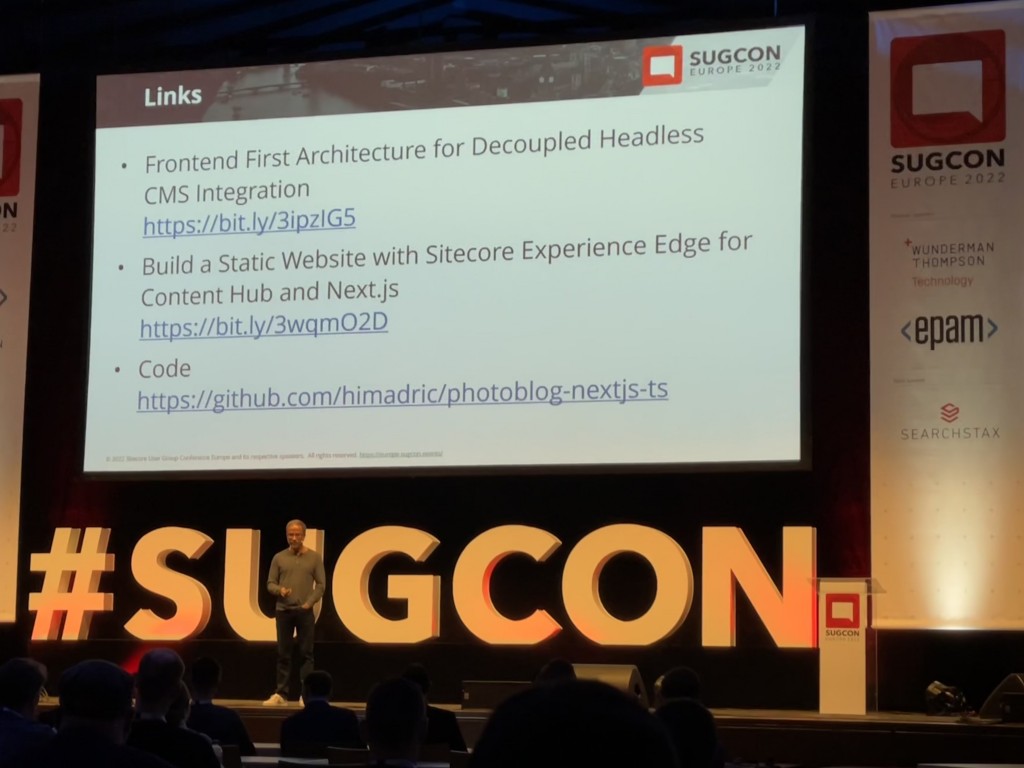
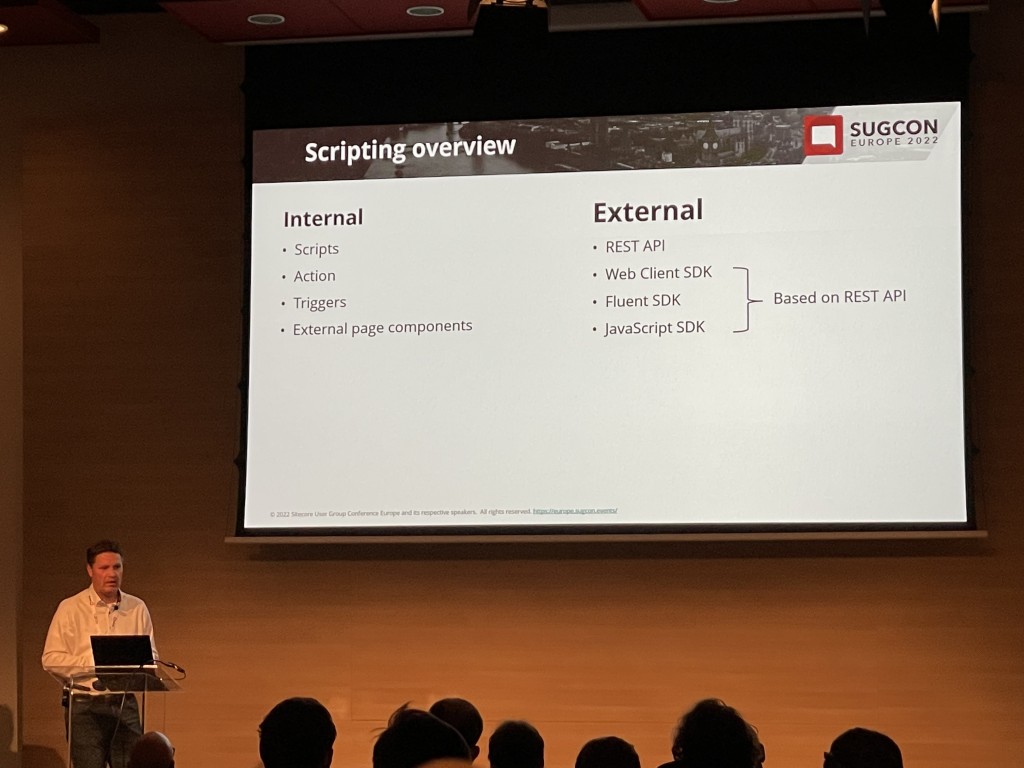
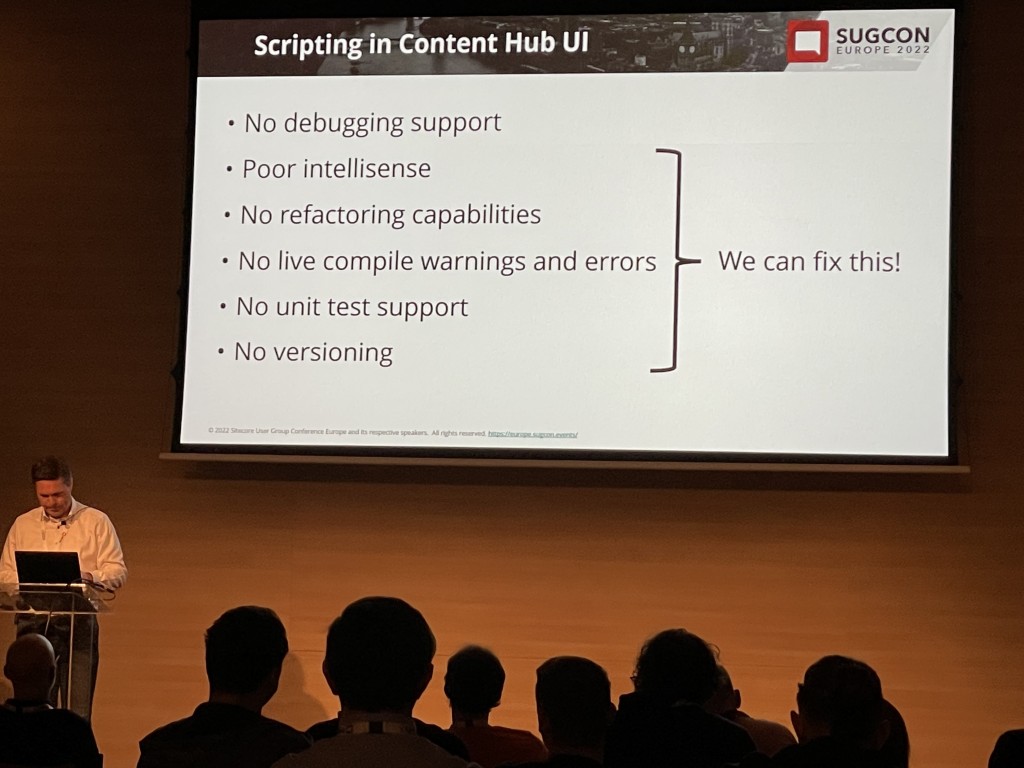
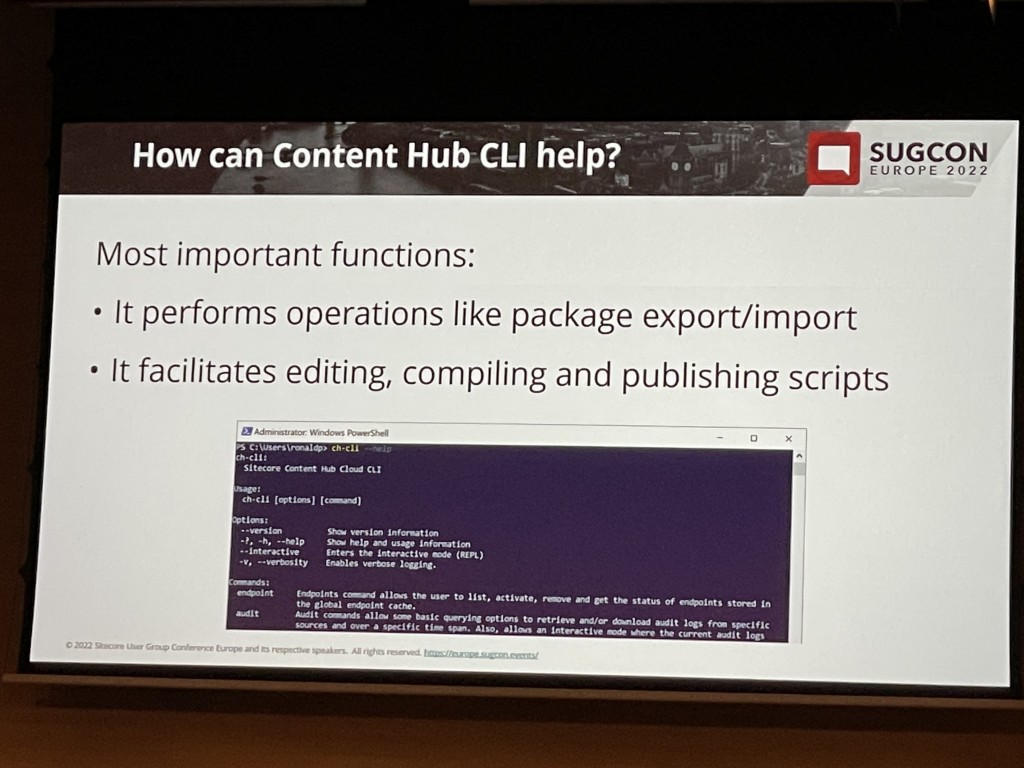
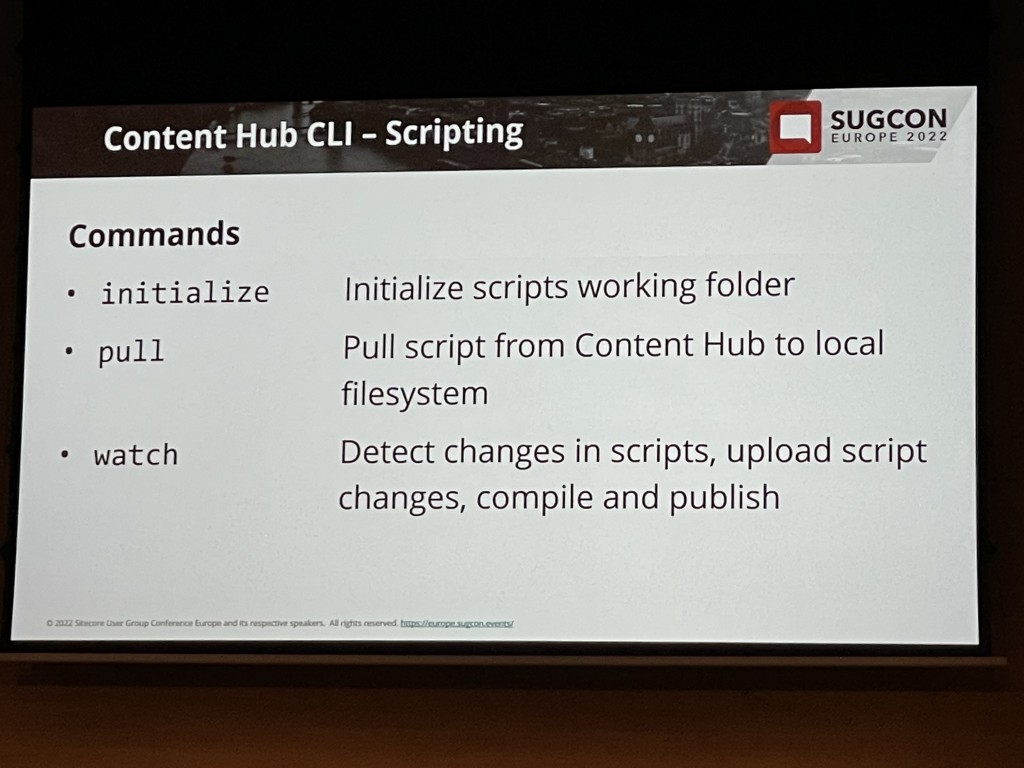
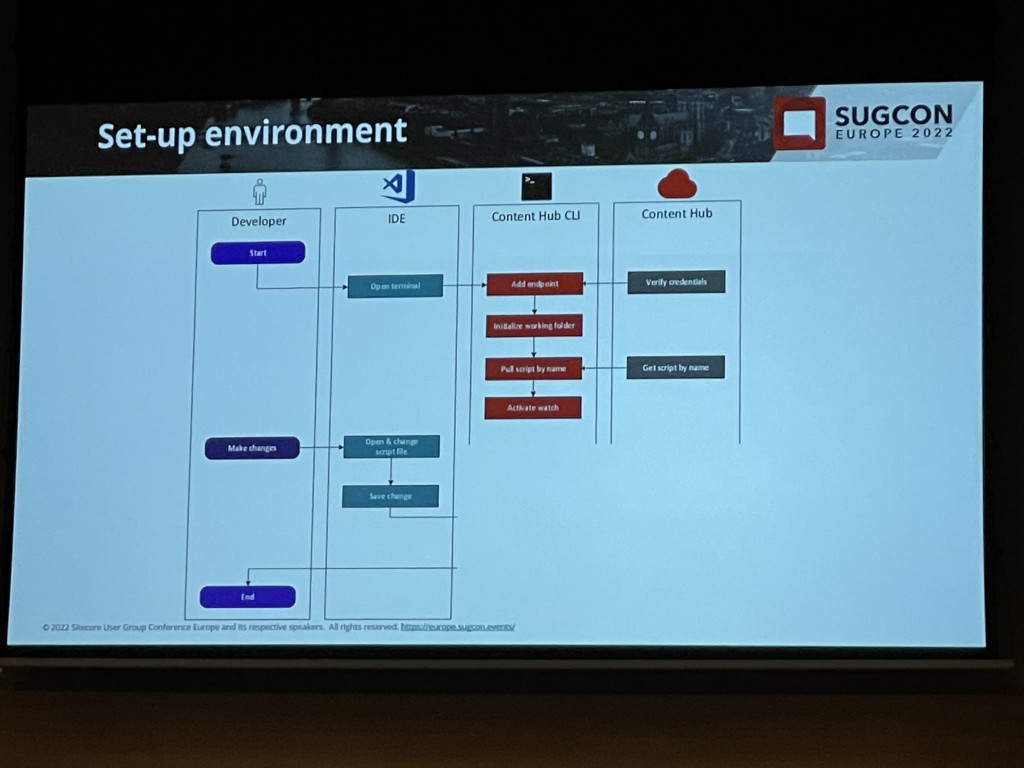
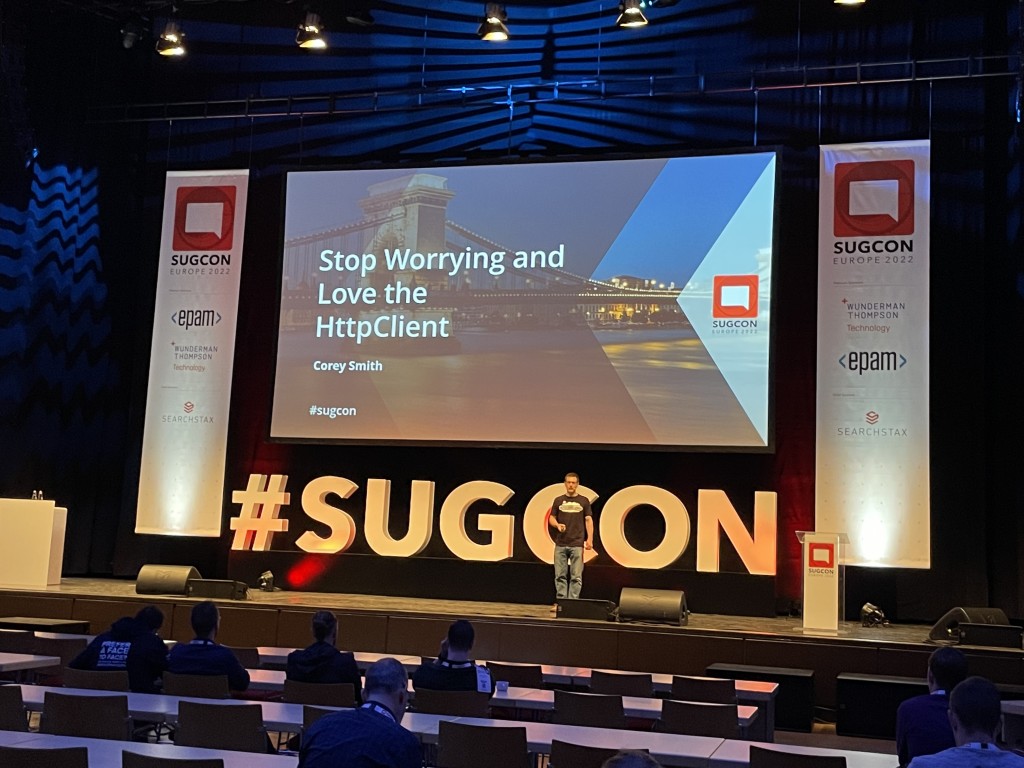
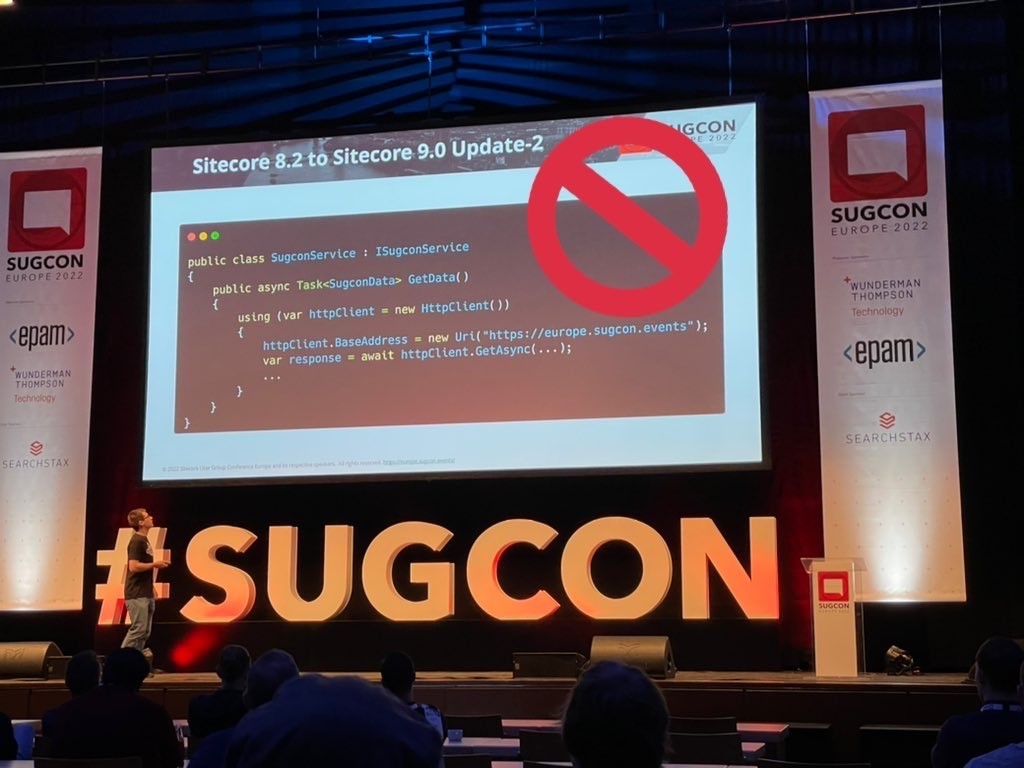
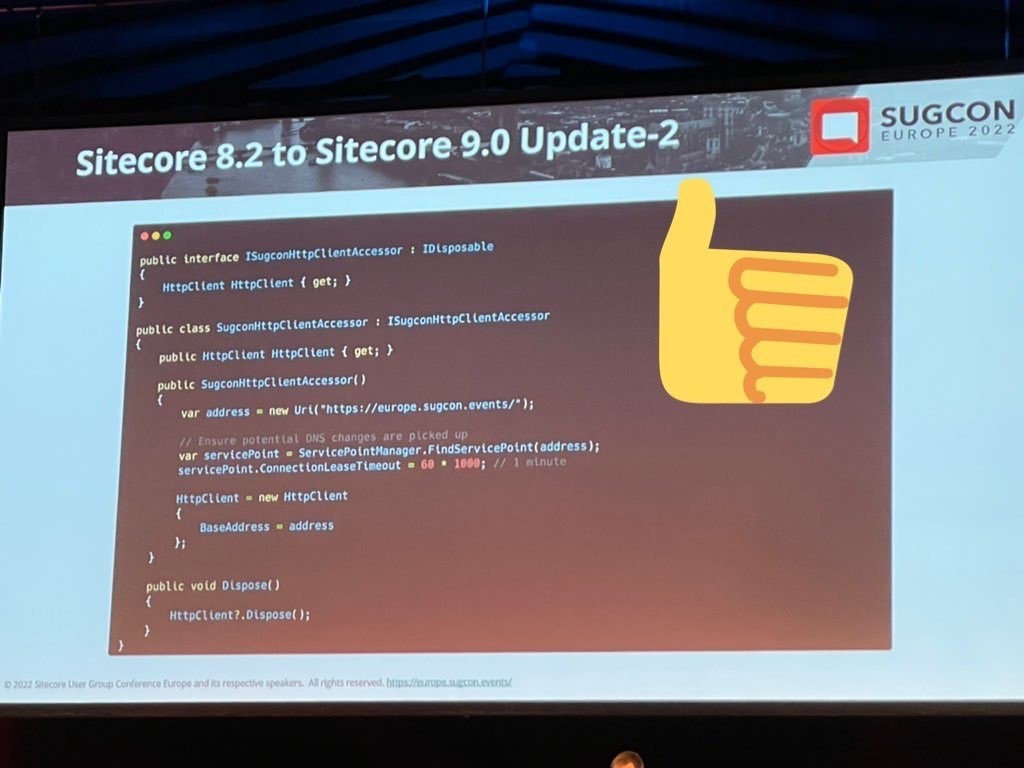
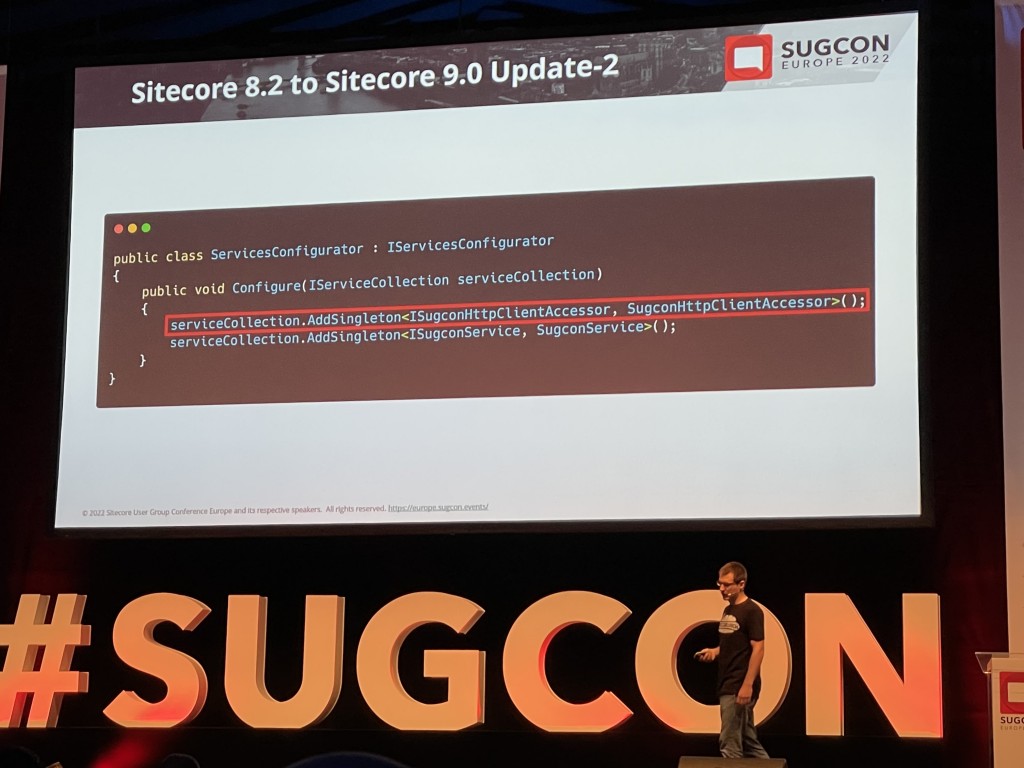
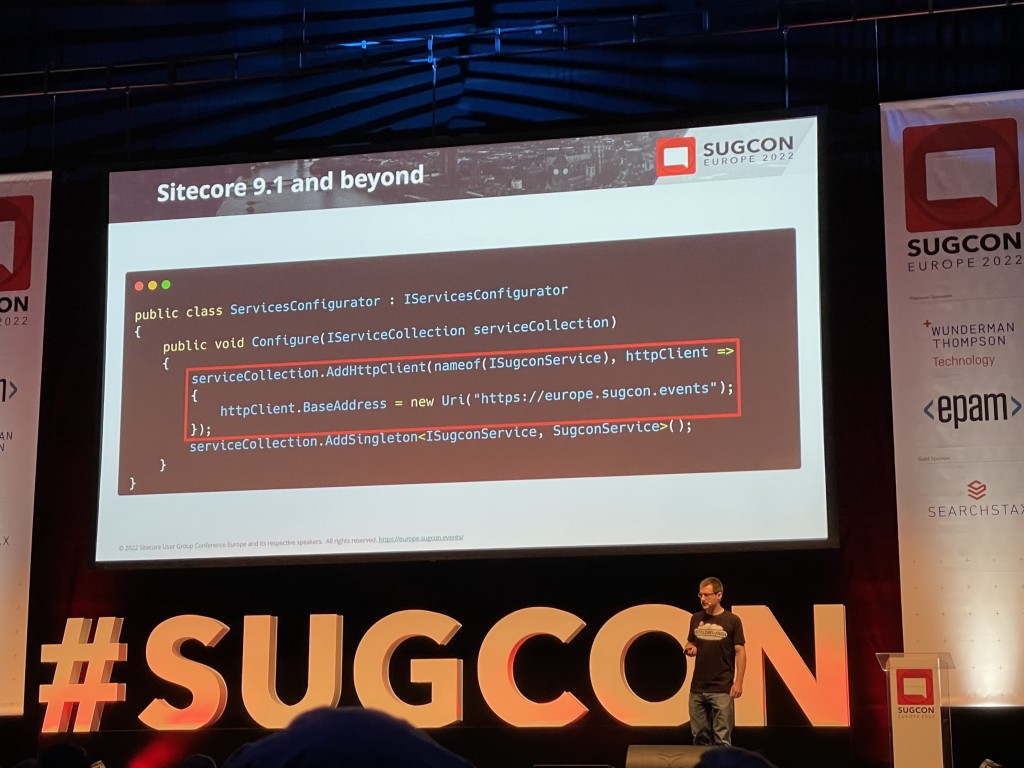
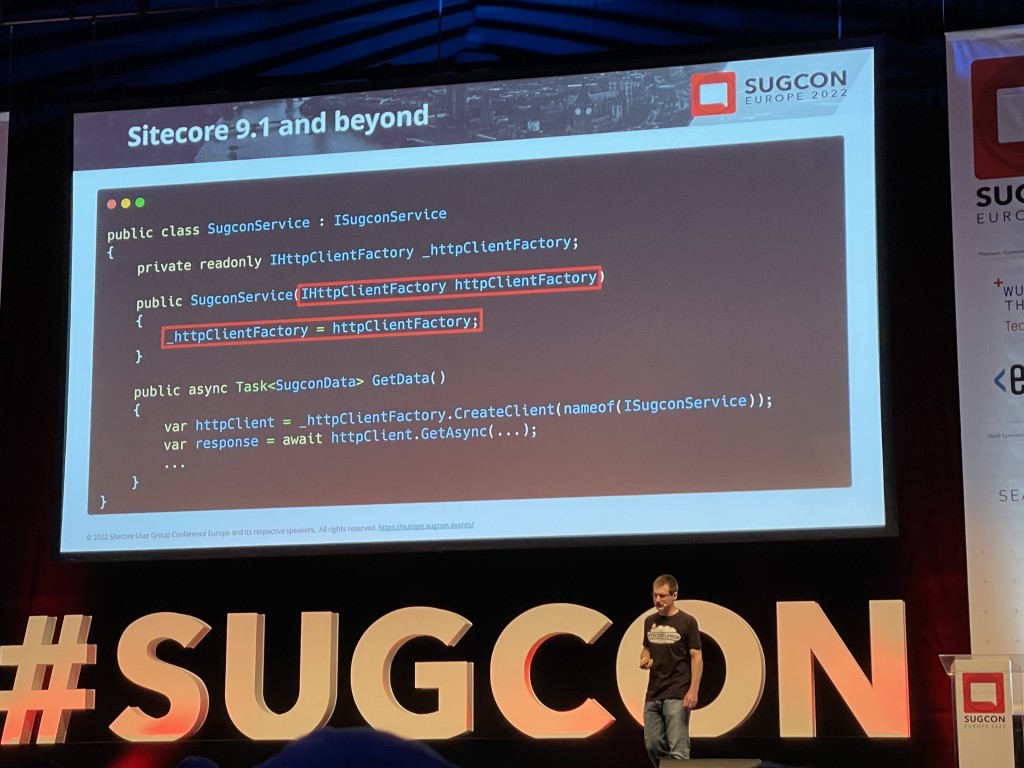
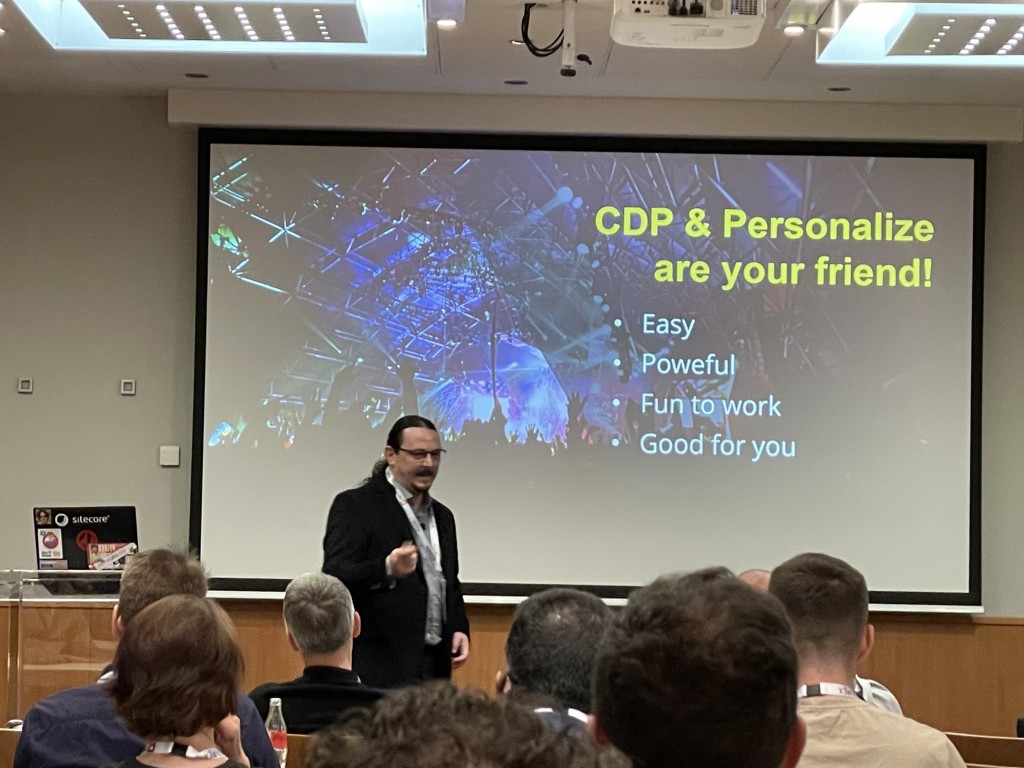
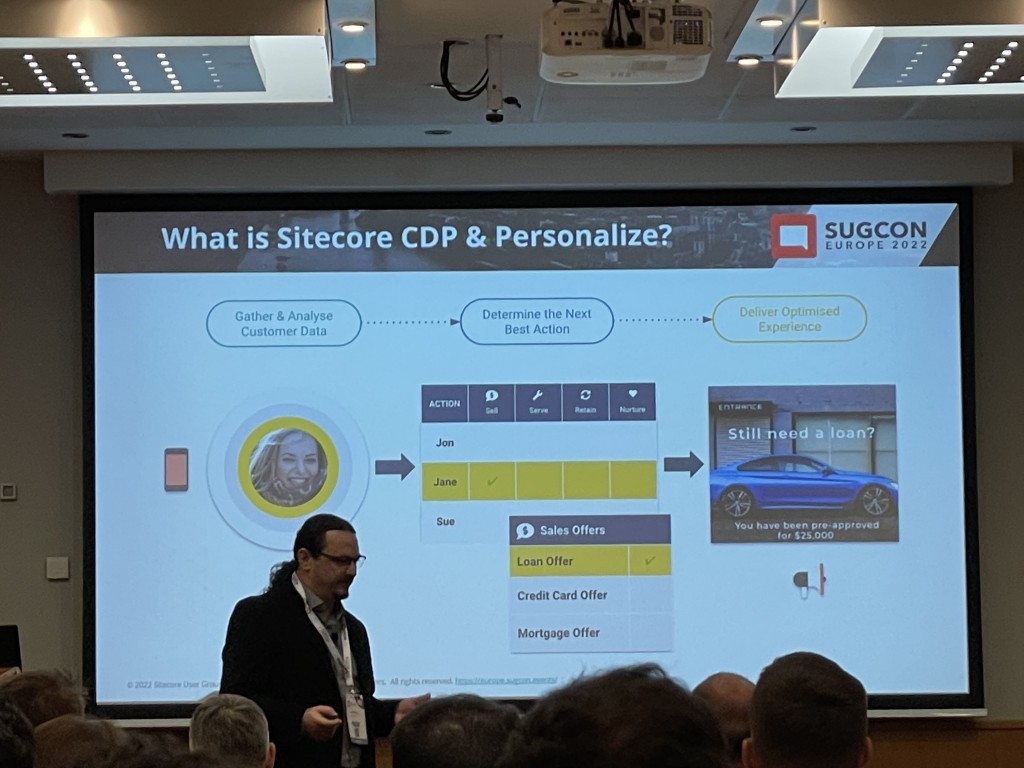
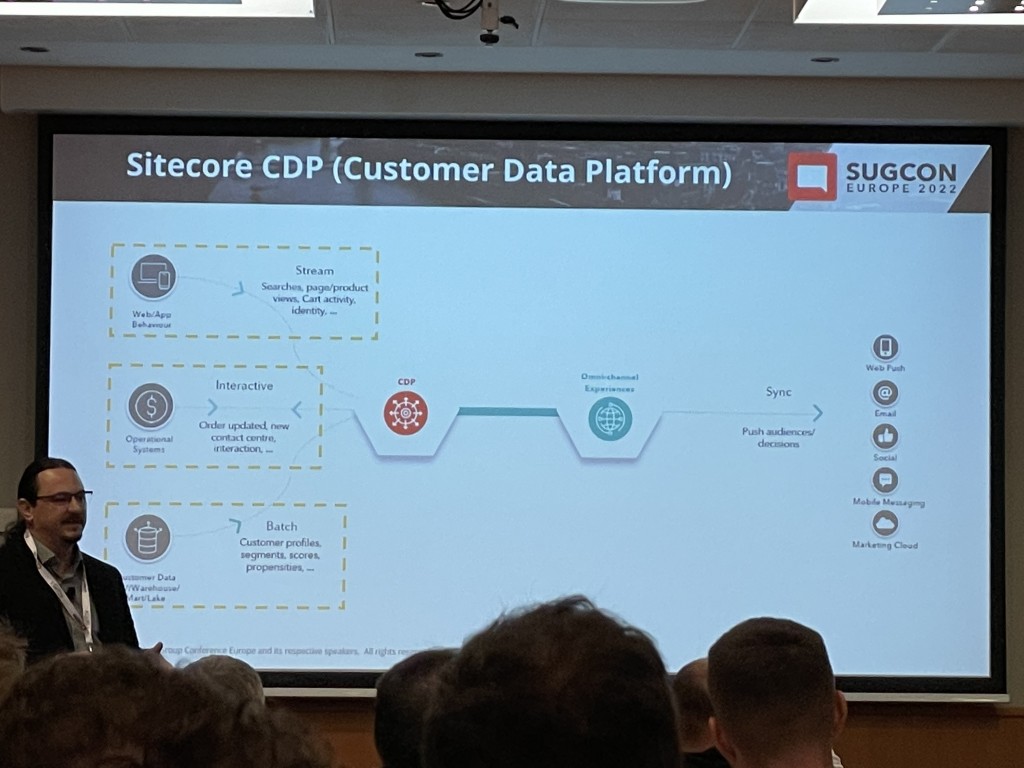
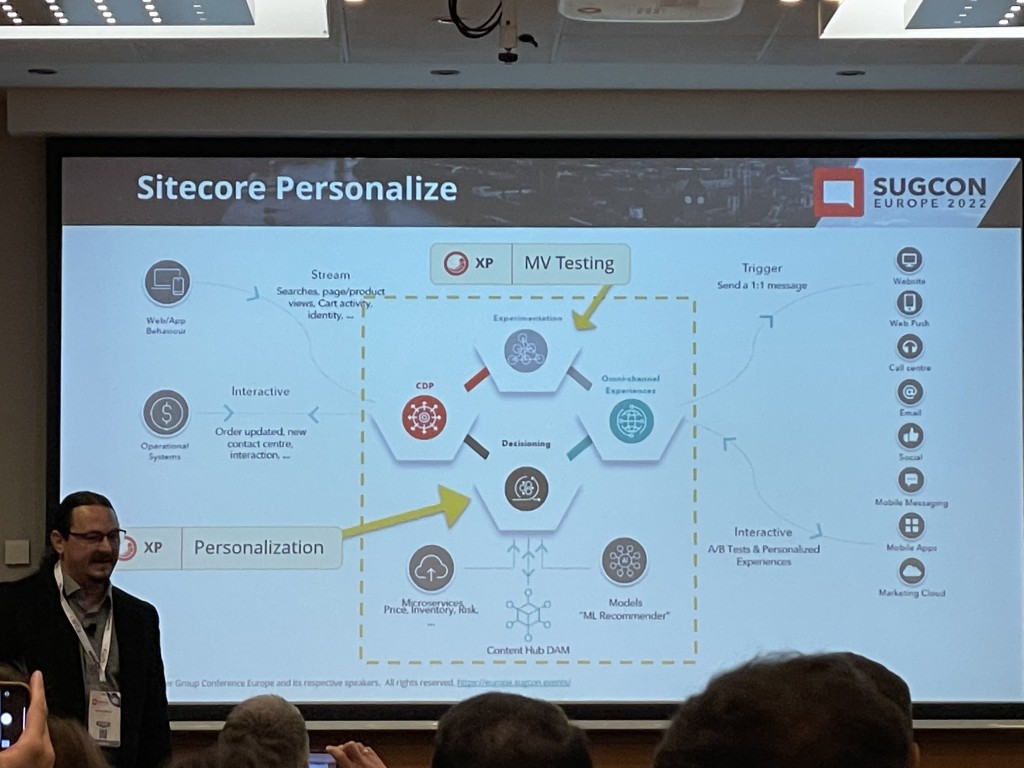
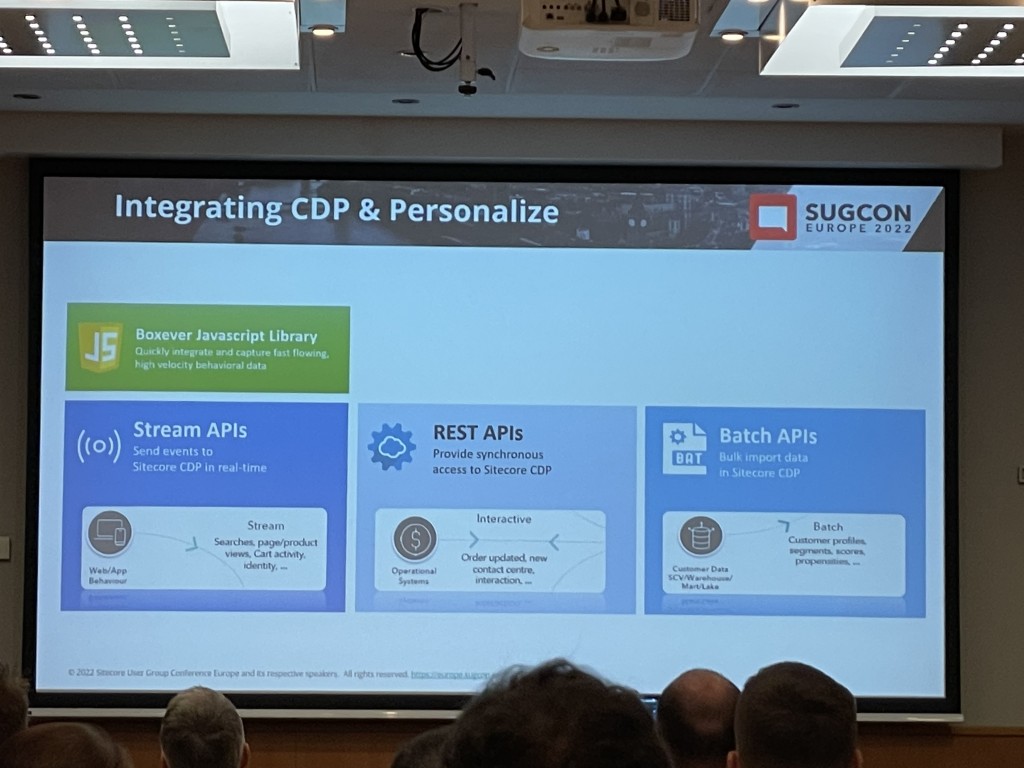
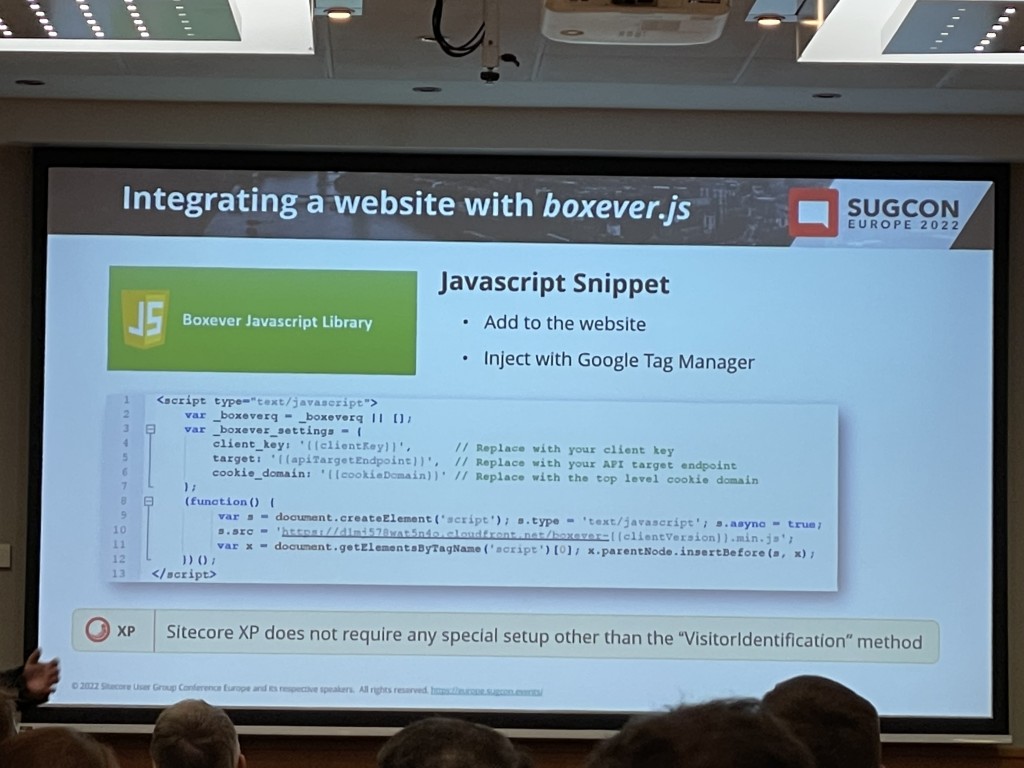
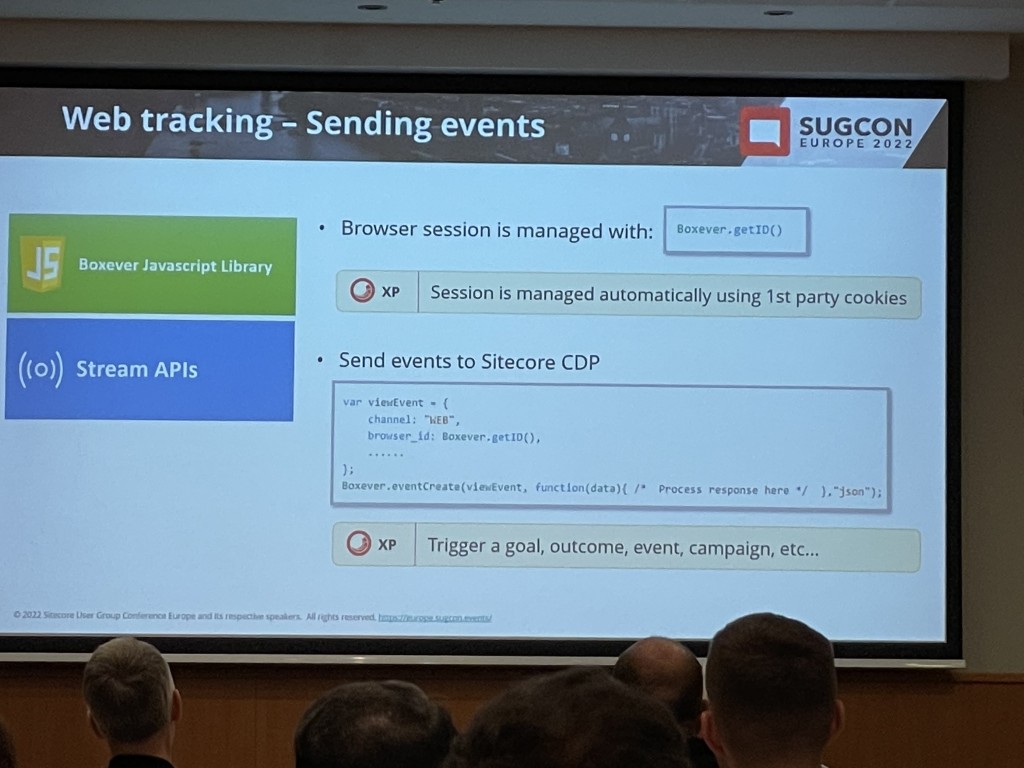
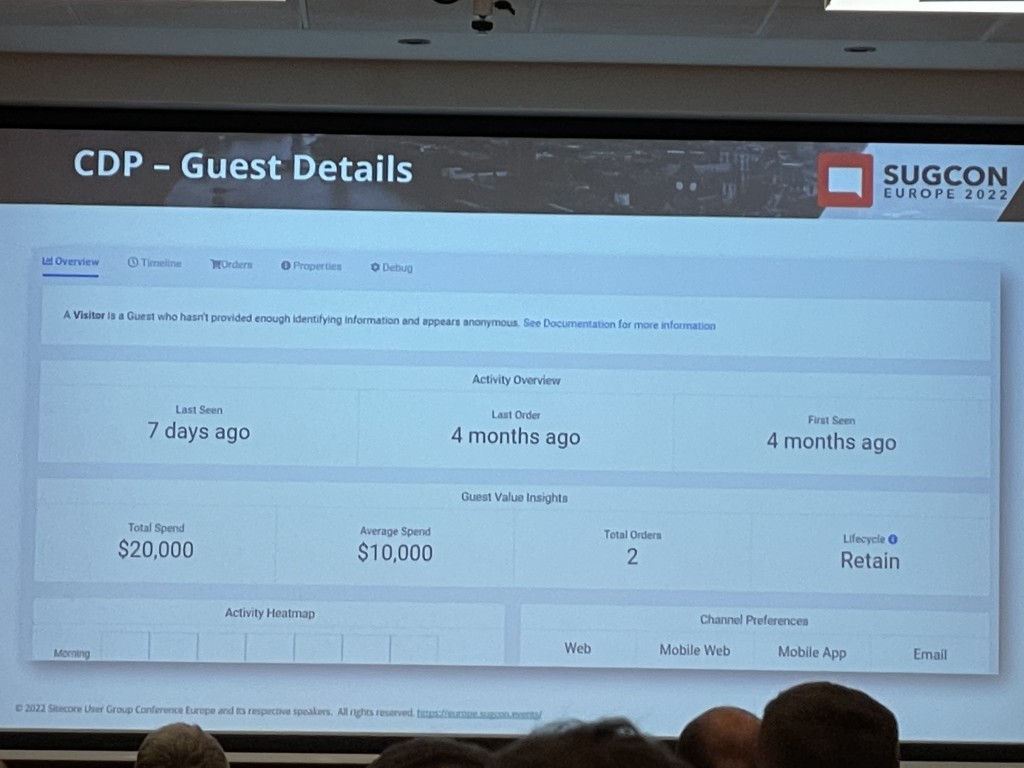
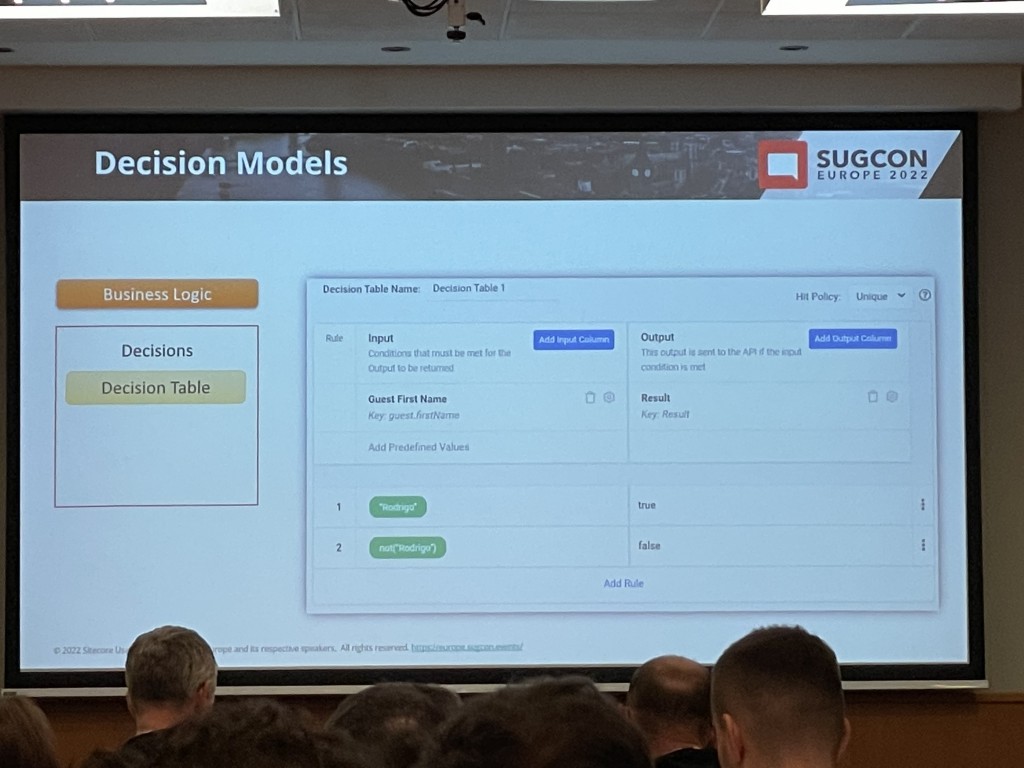
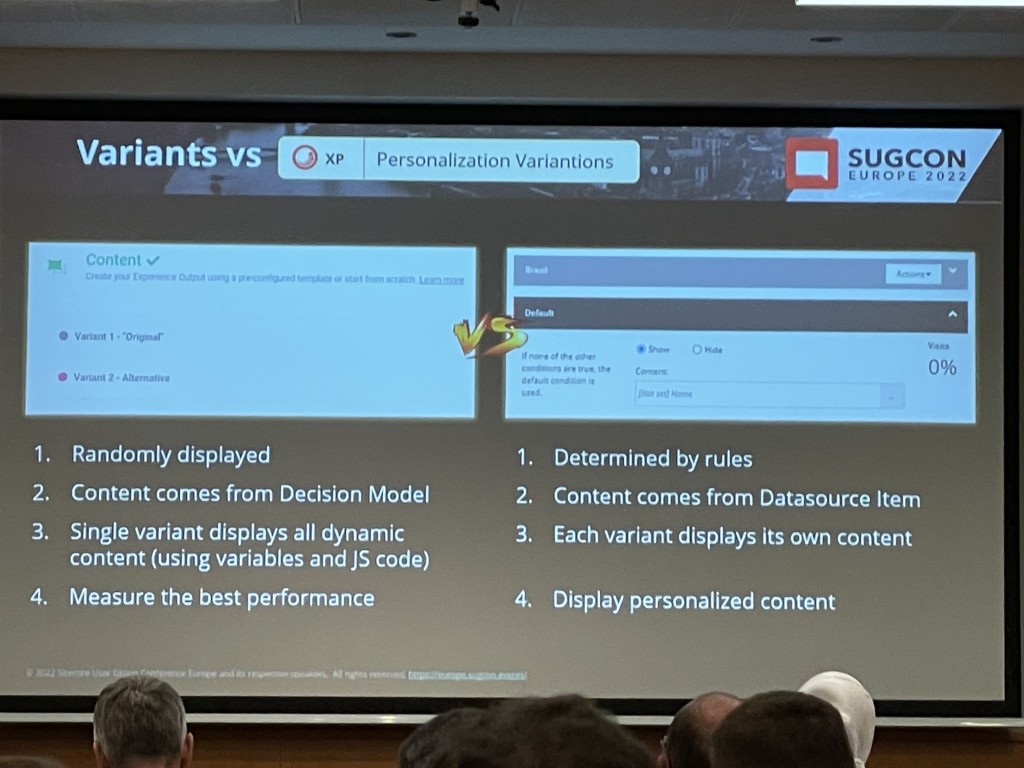
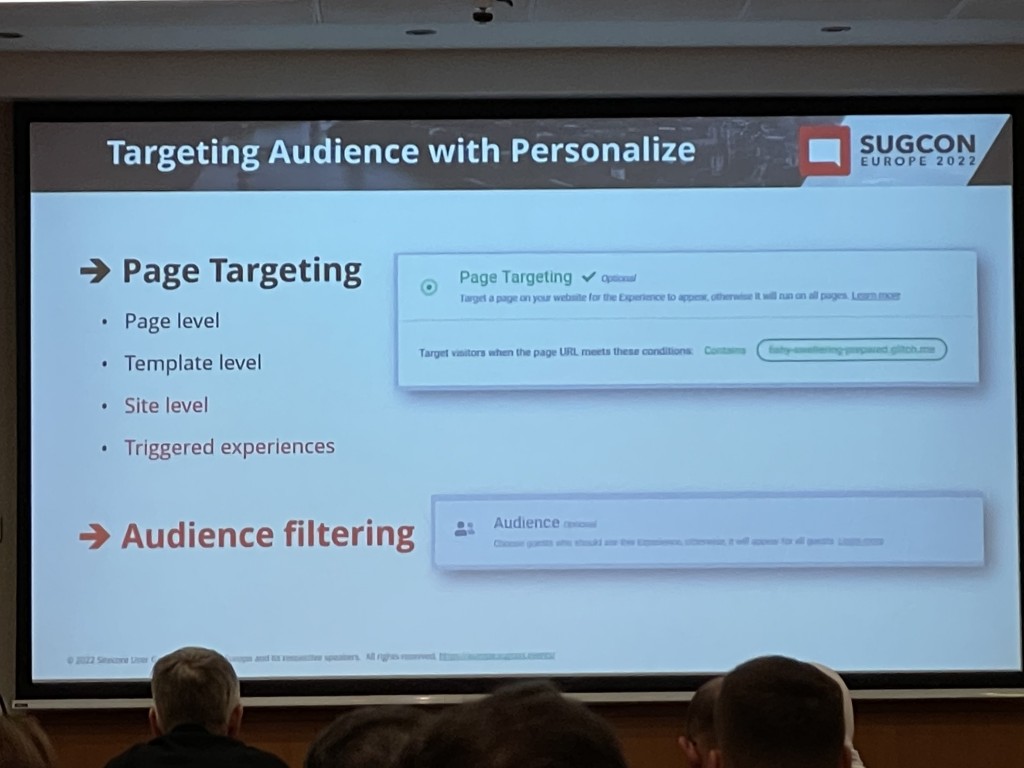
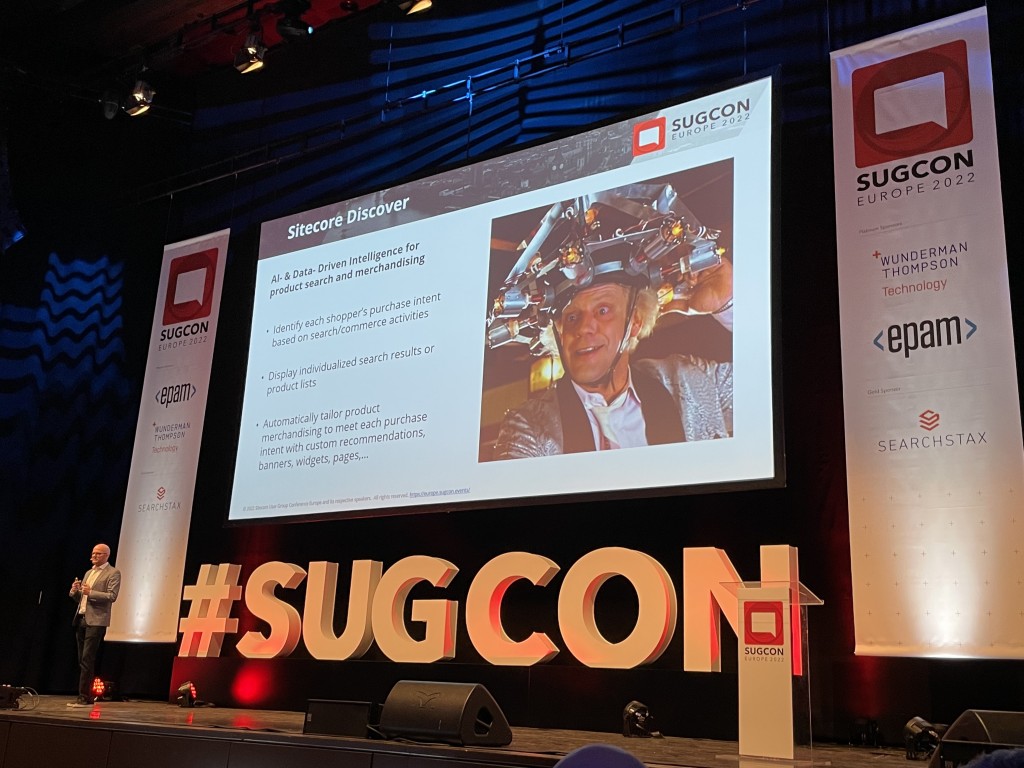
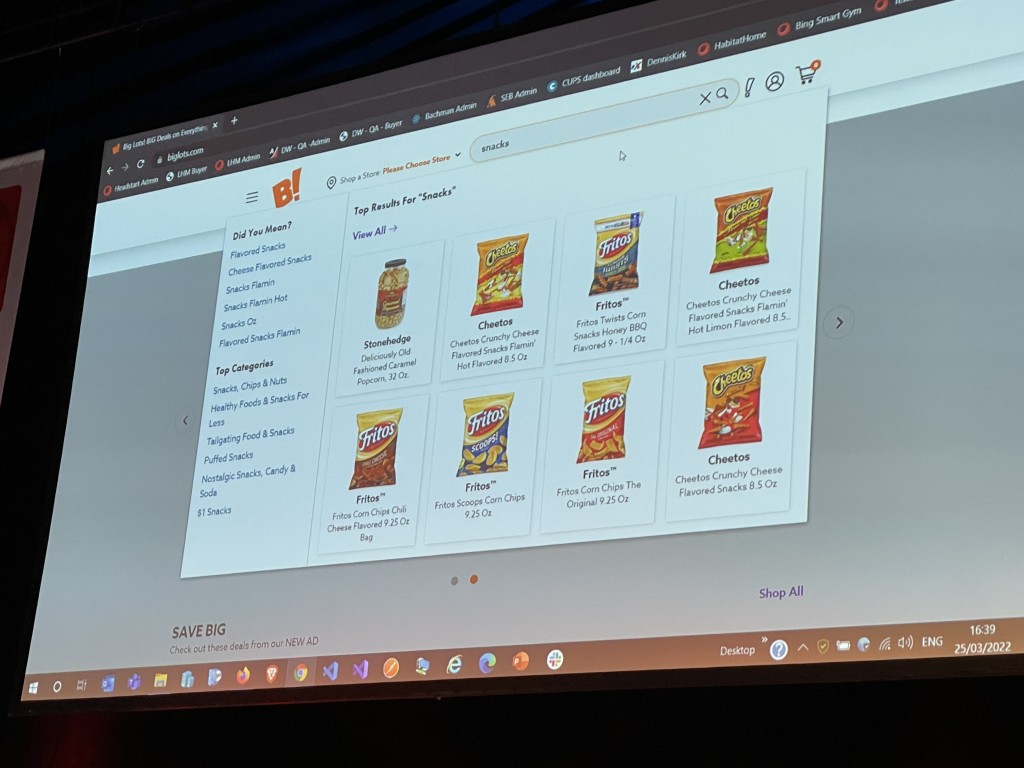
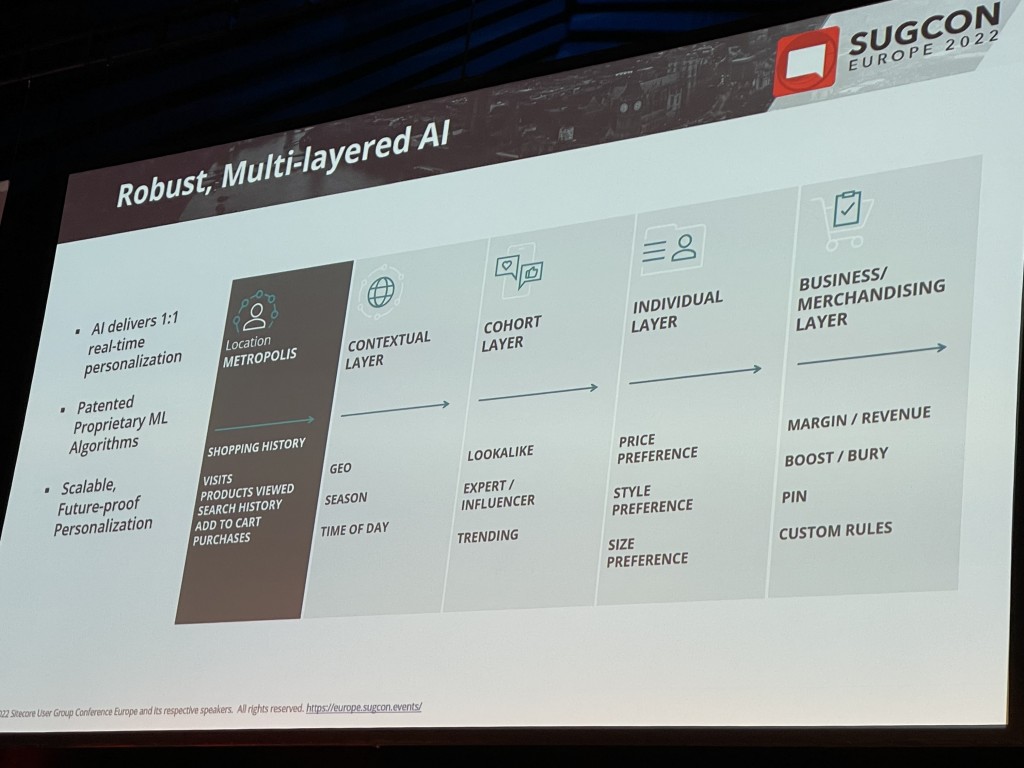
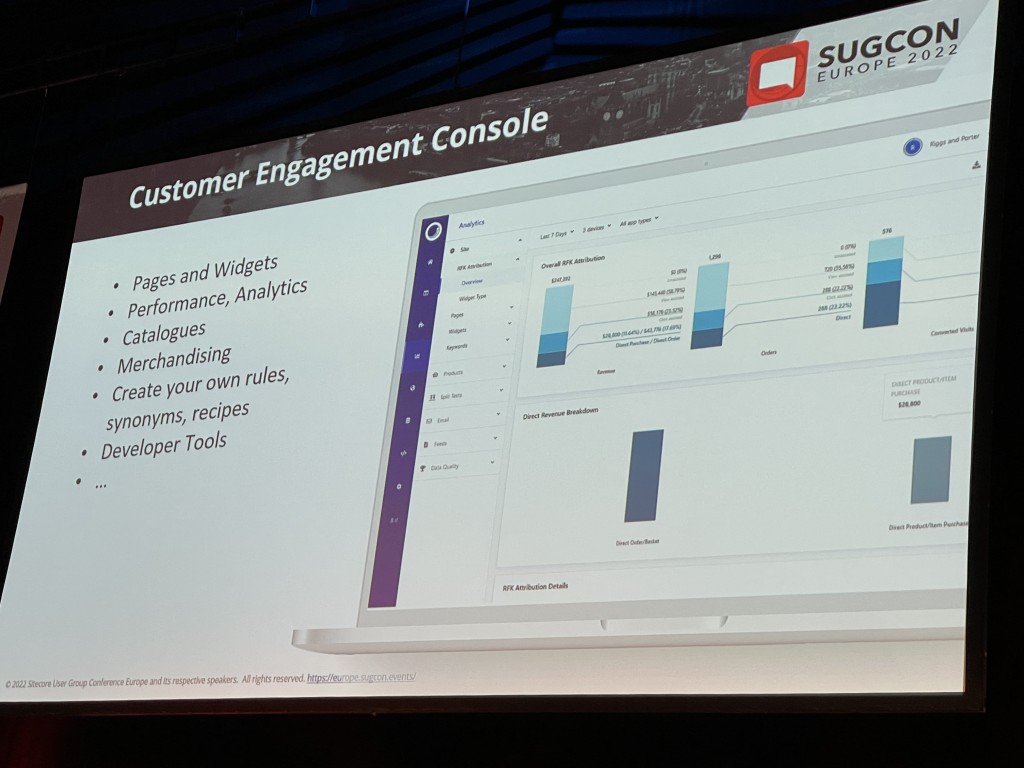
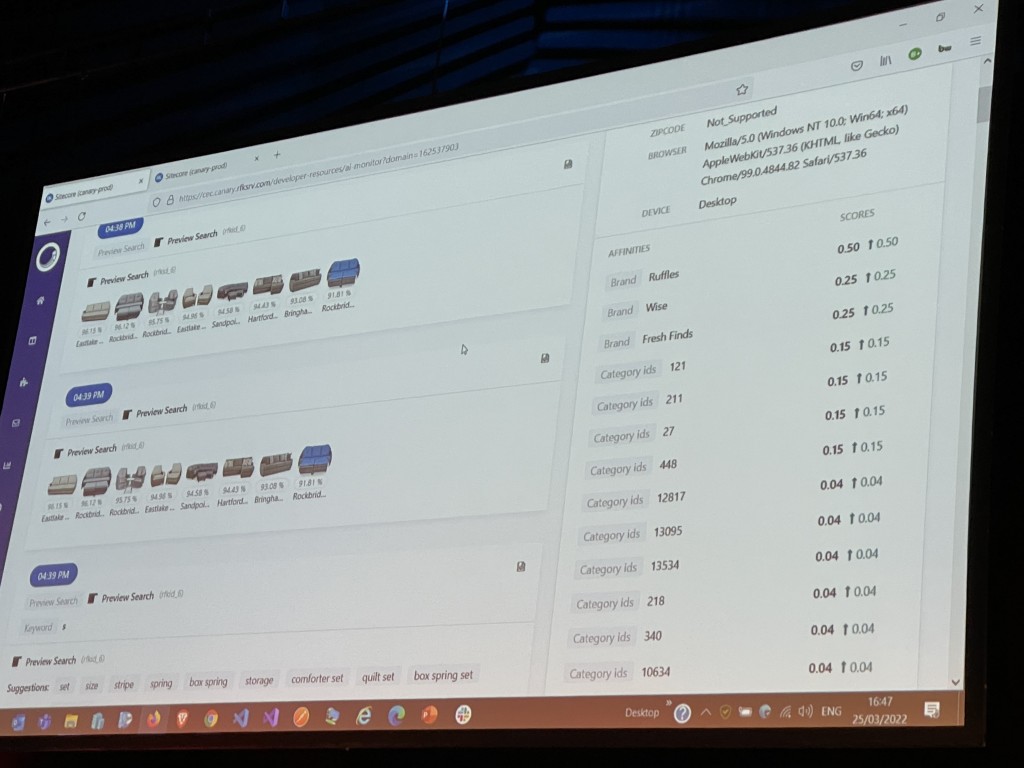
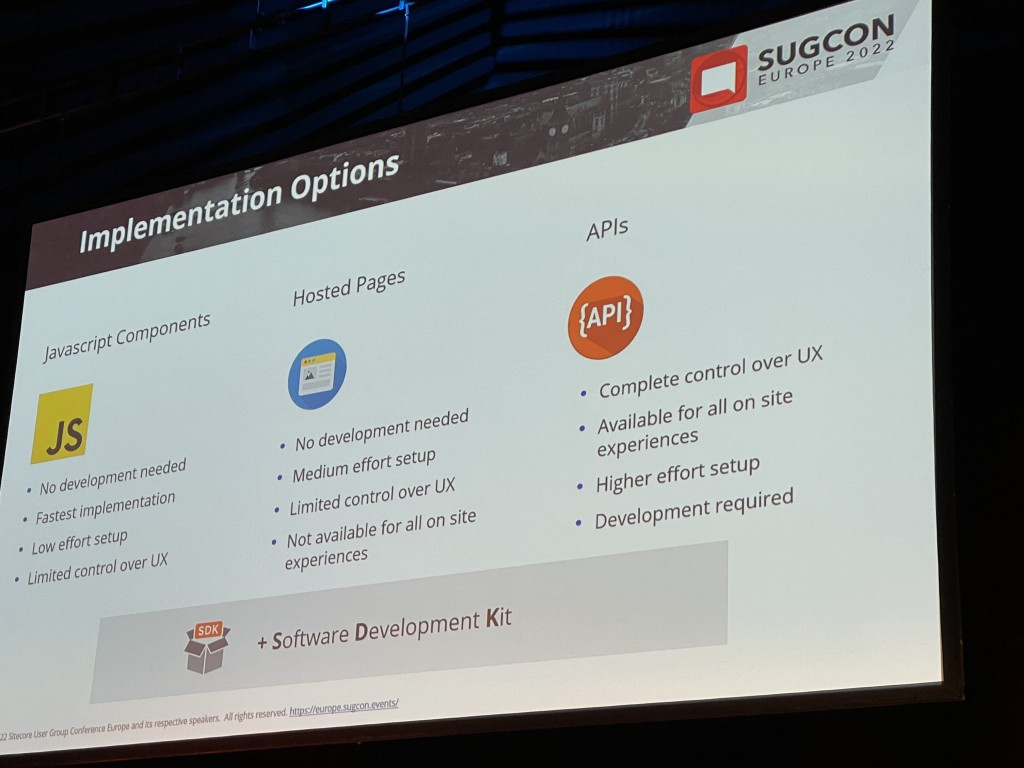
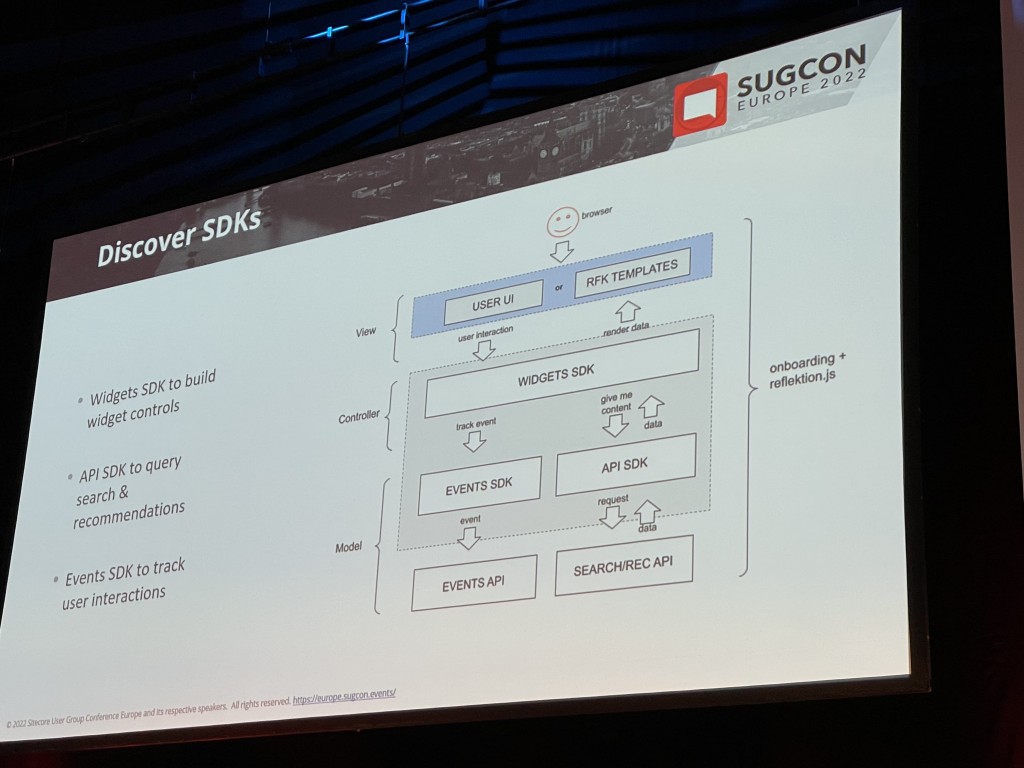
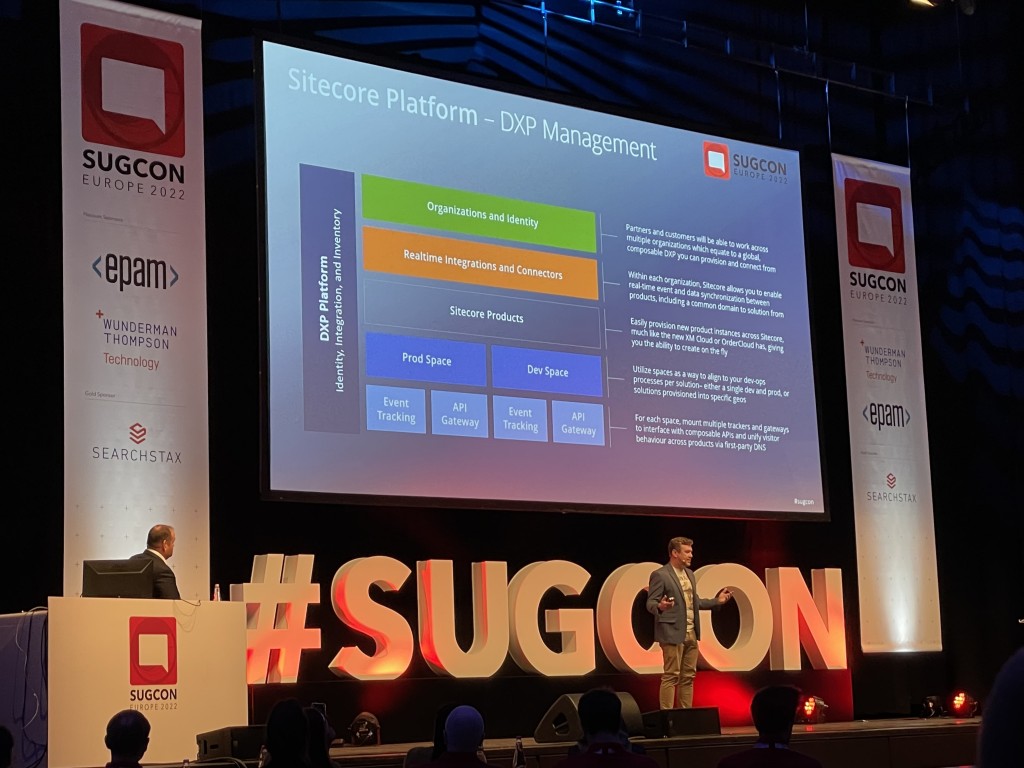
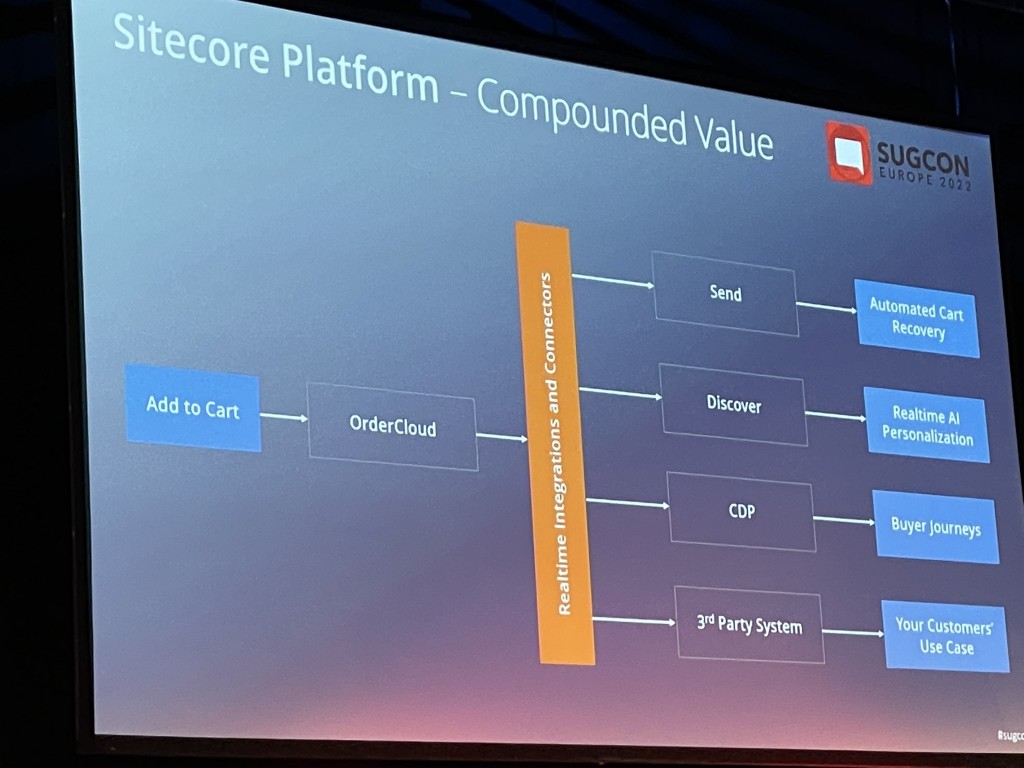
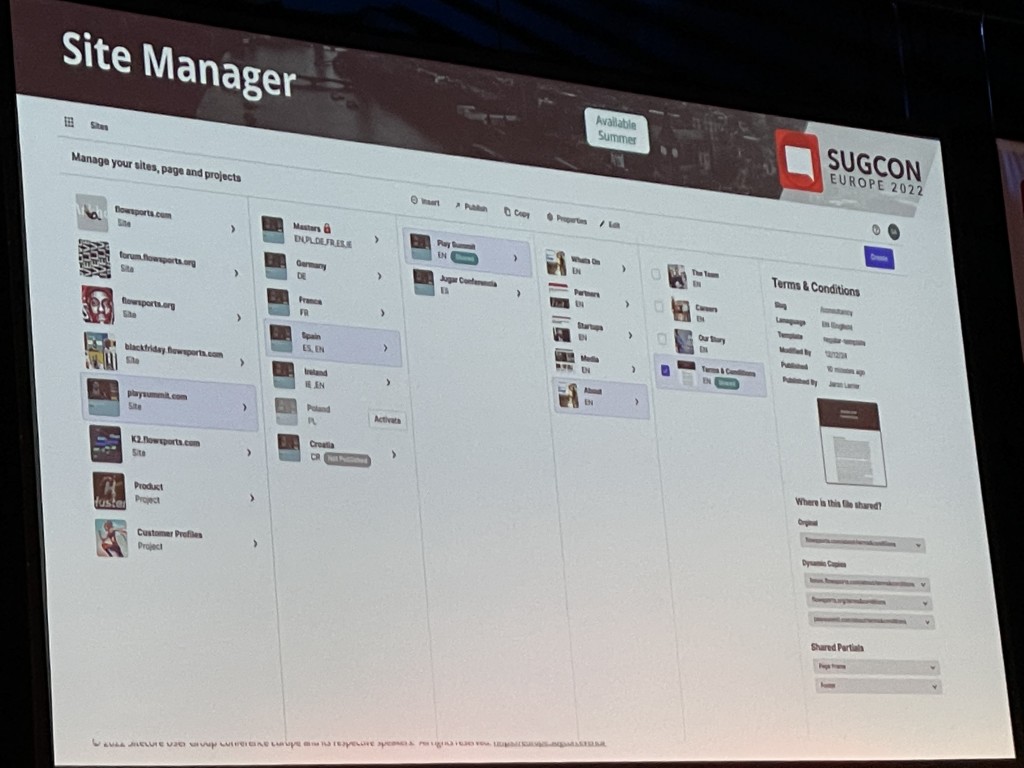
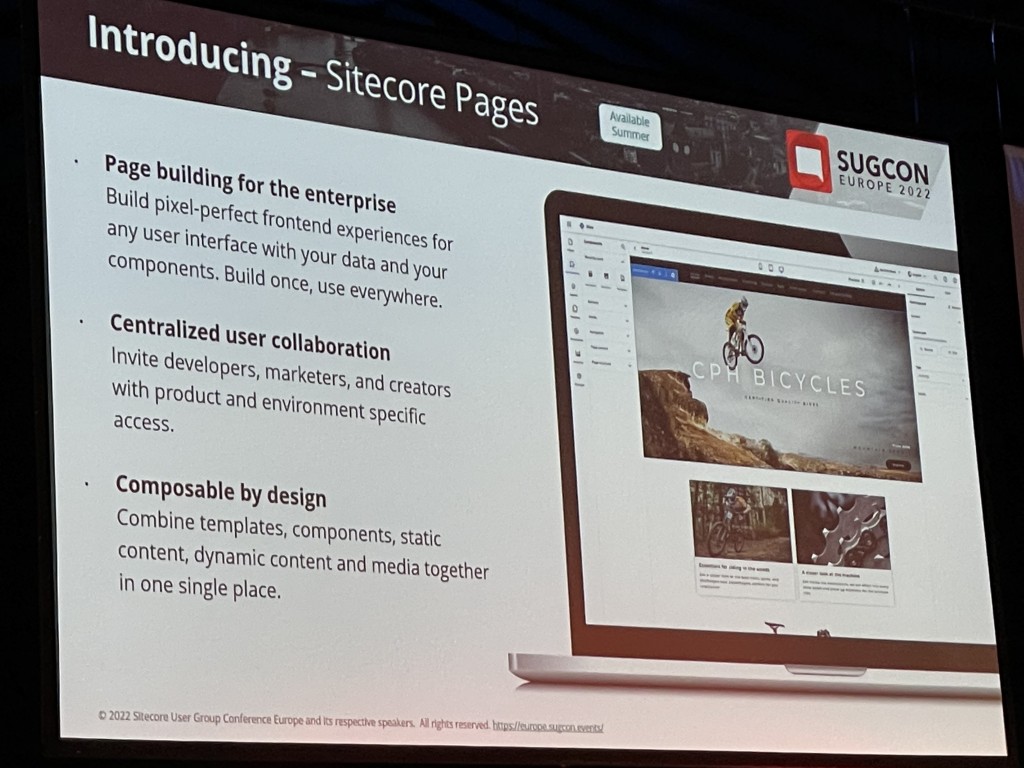
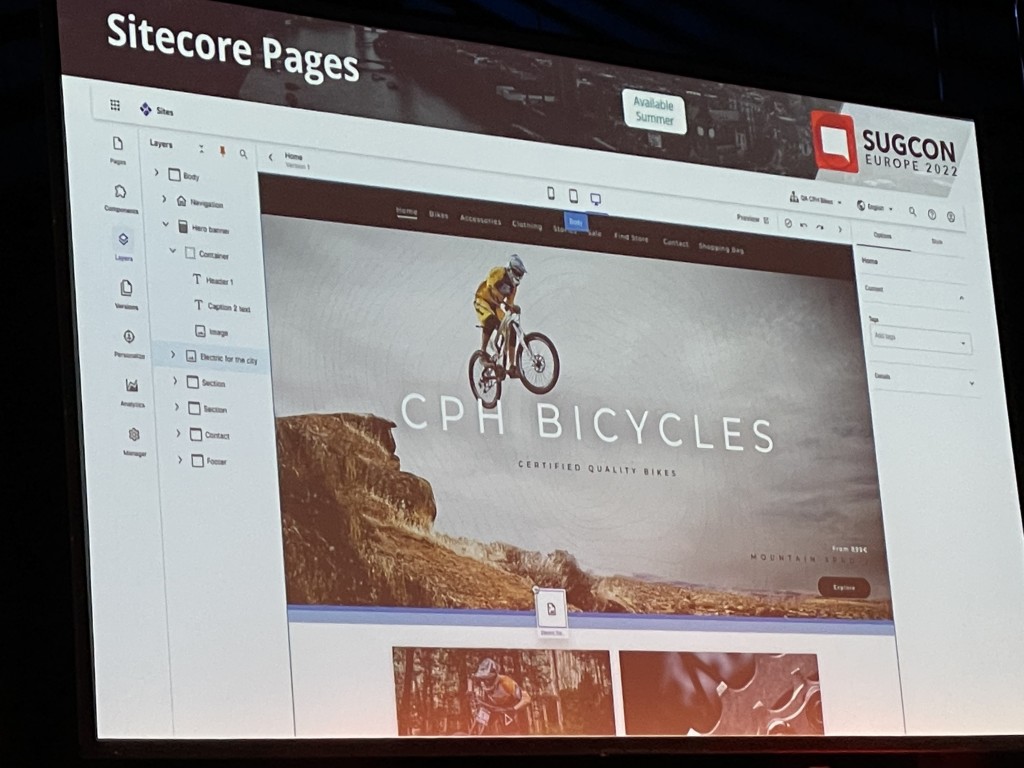
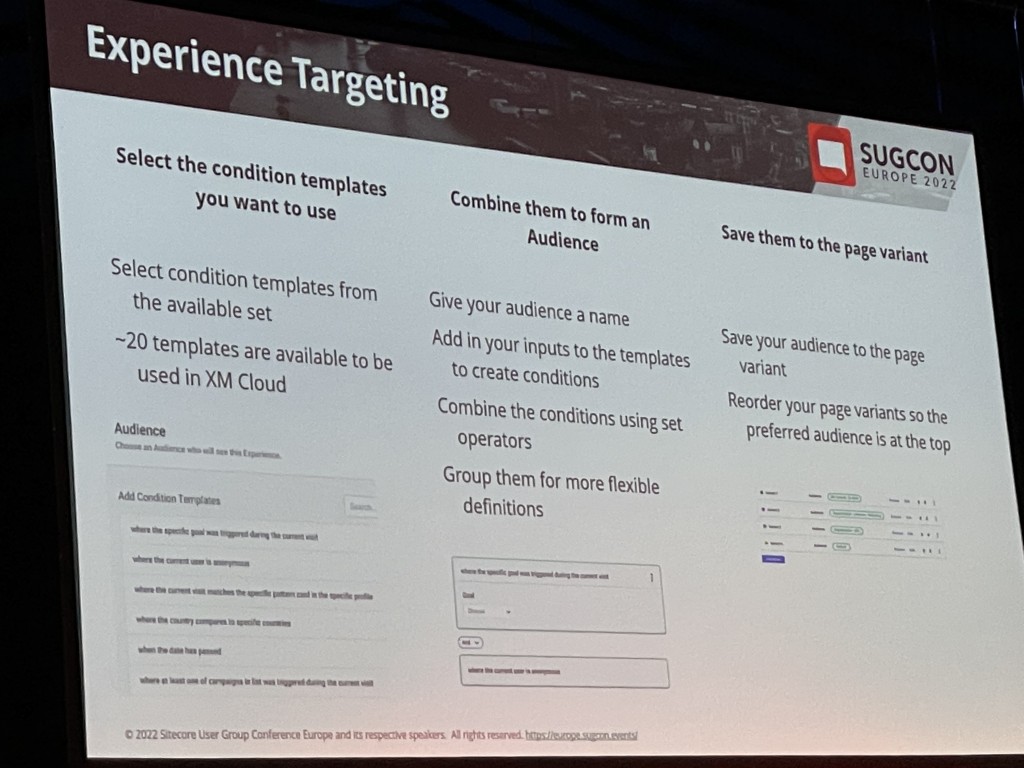
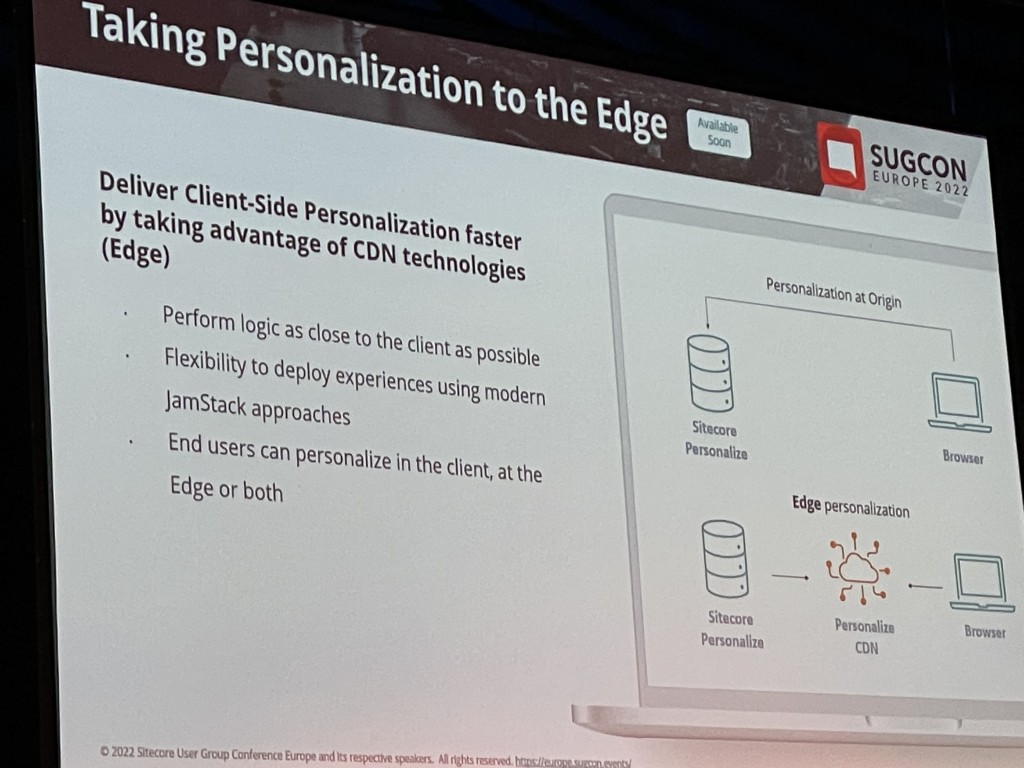
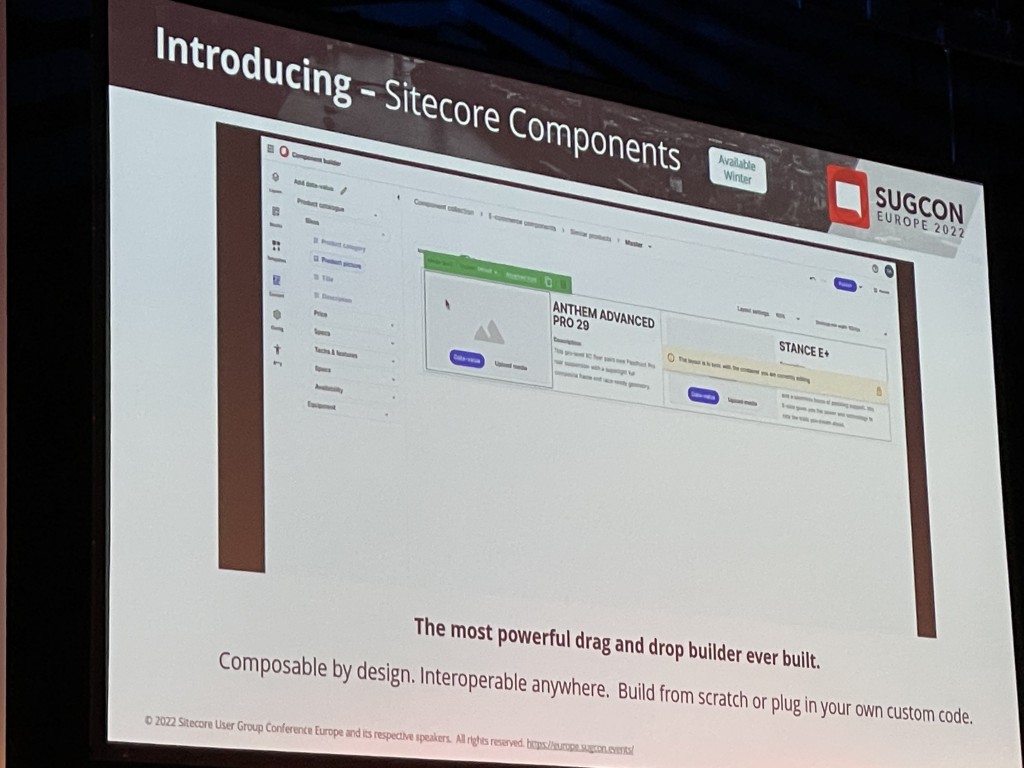
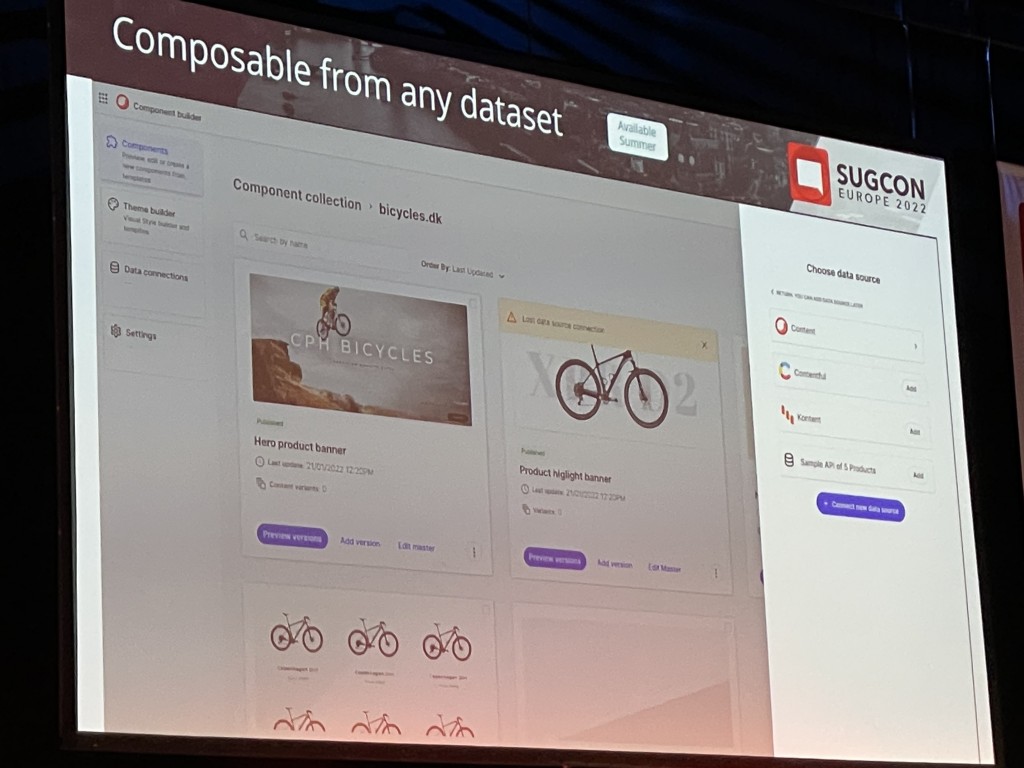
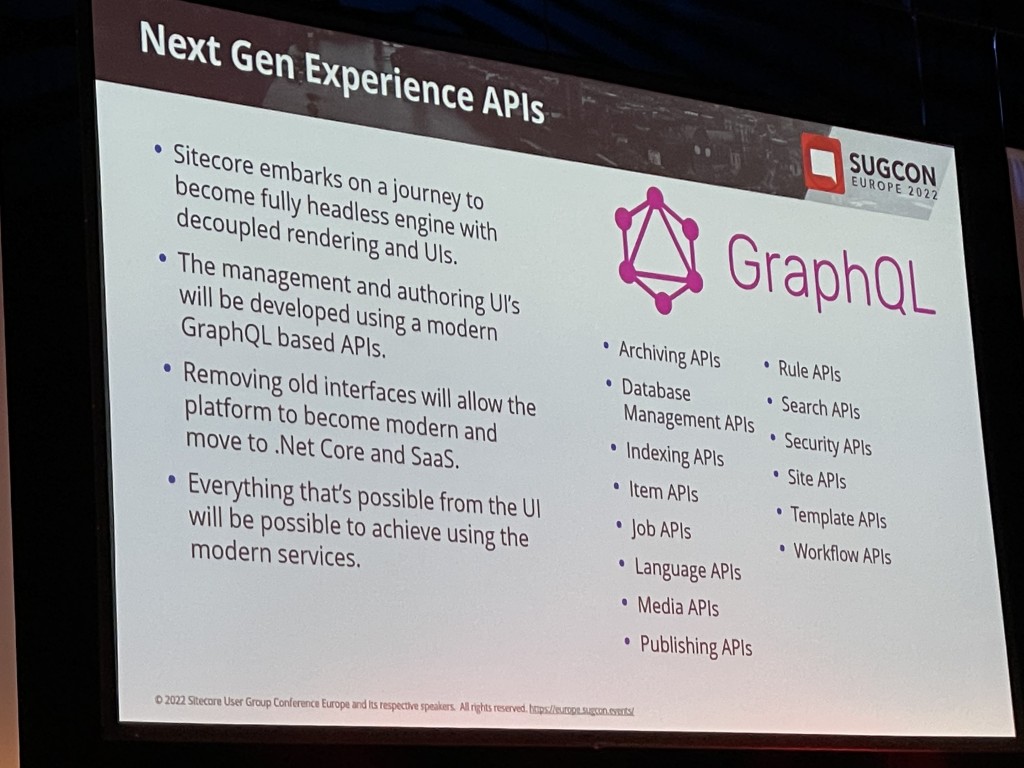
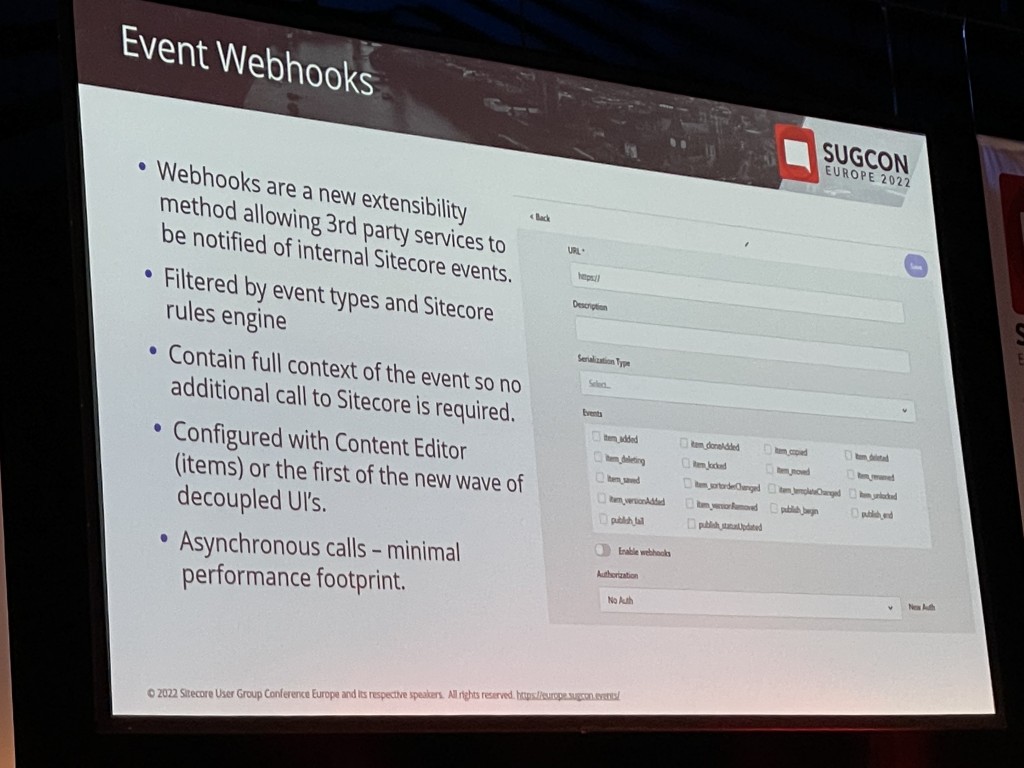
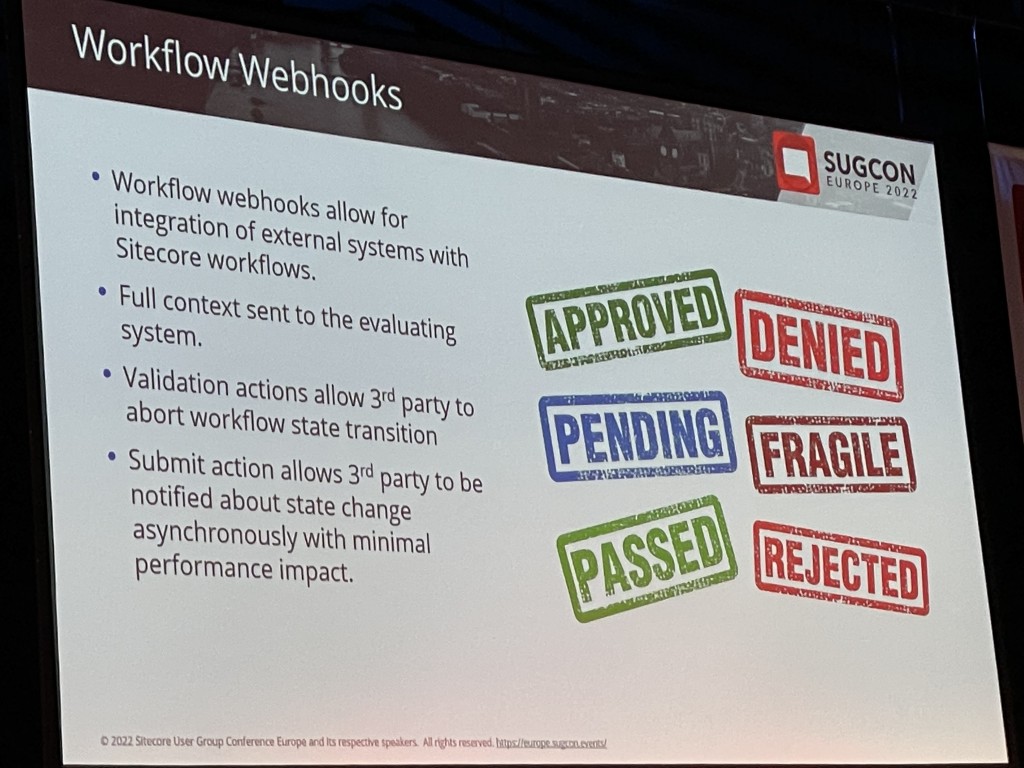
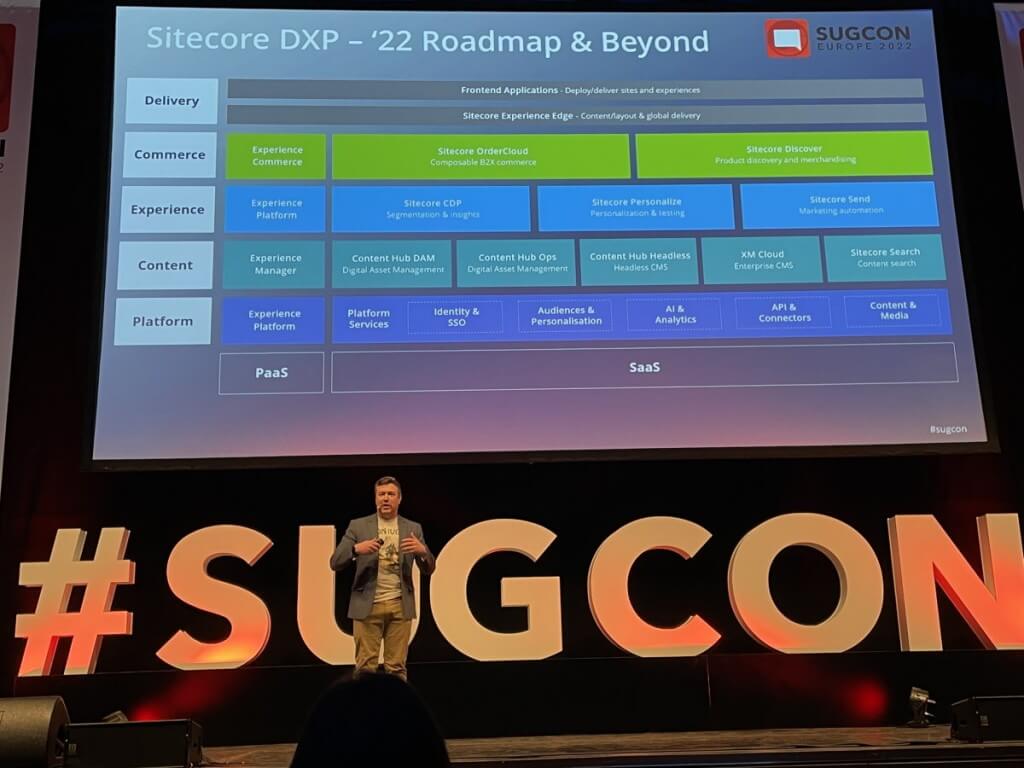
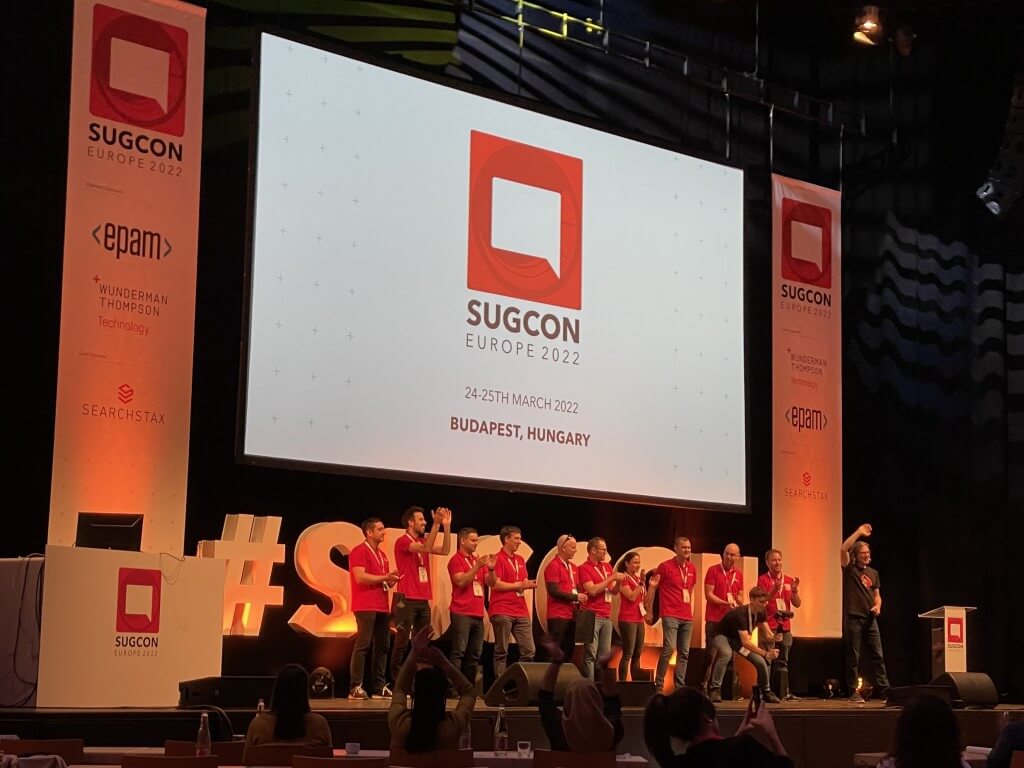


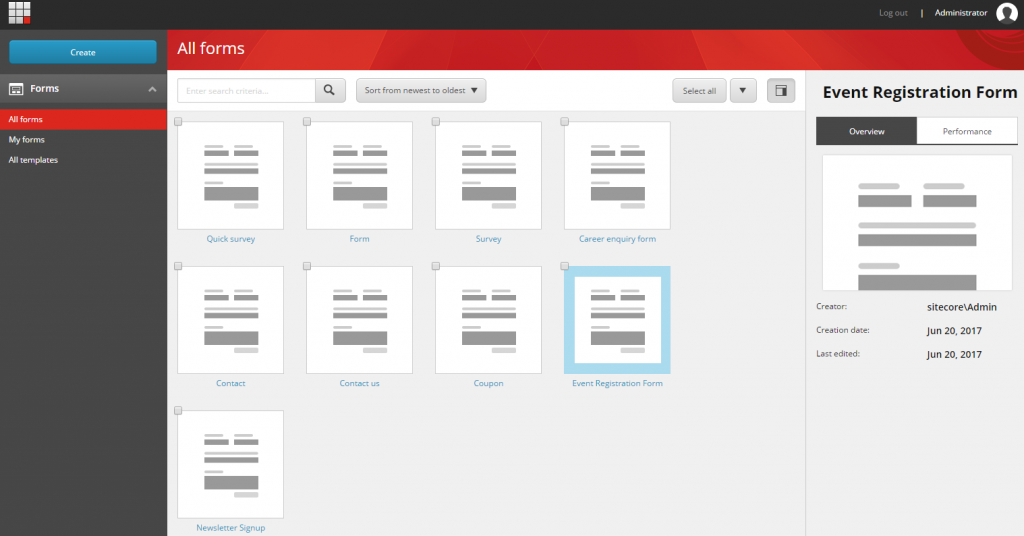
 (Charlotte-Sienna) arrived 2 months ago which has made it a bit challenging to find time to write some. This seems to have happened to a bunch of Sitecore developers I know and it’s took me a while to get back to it.
(Charlotte-Sienna) arrived 2 months ago which has made it a bit challenging to find time to write some. This seems to have happened to a bunch of Sitecore developers I know and it’s took me a while to get back to it.